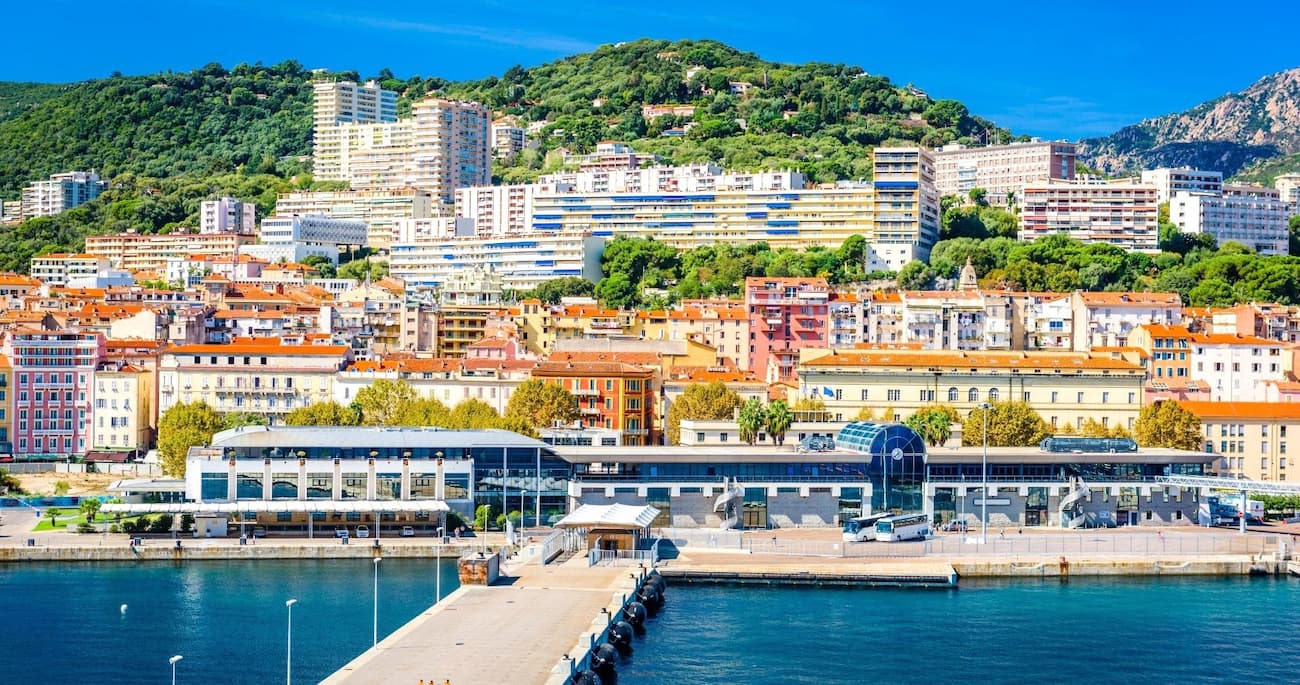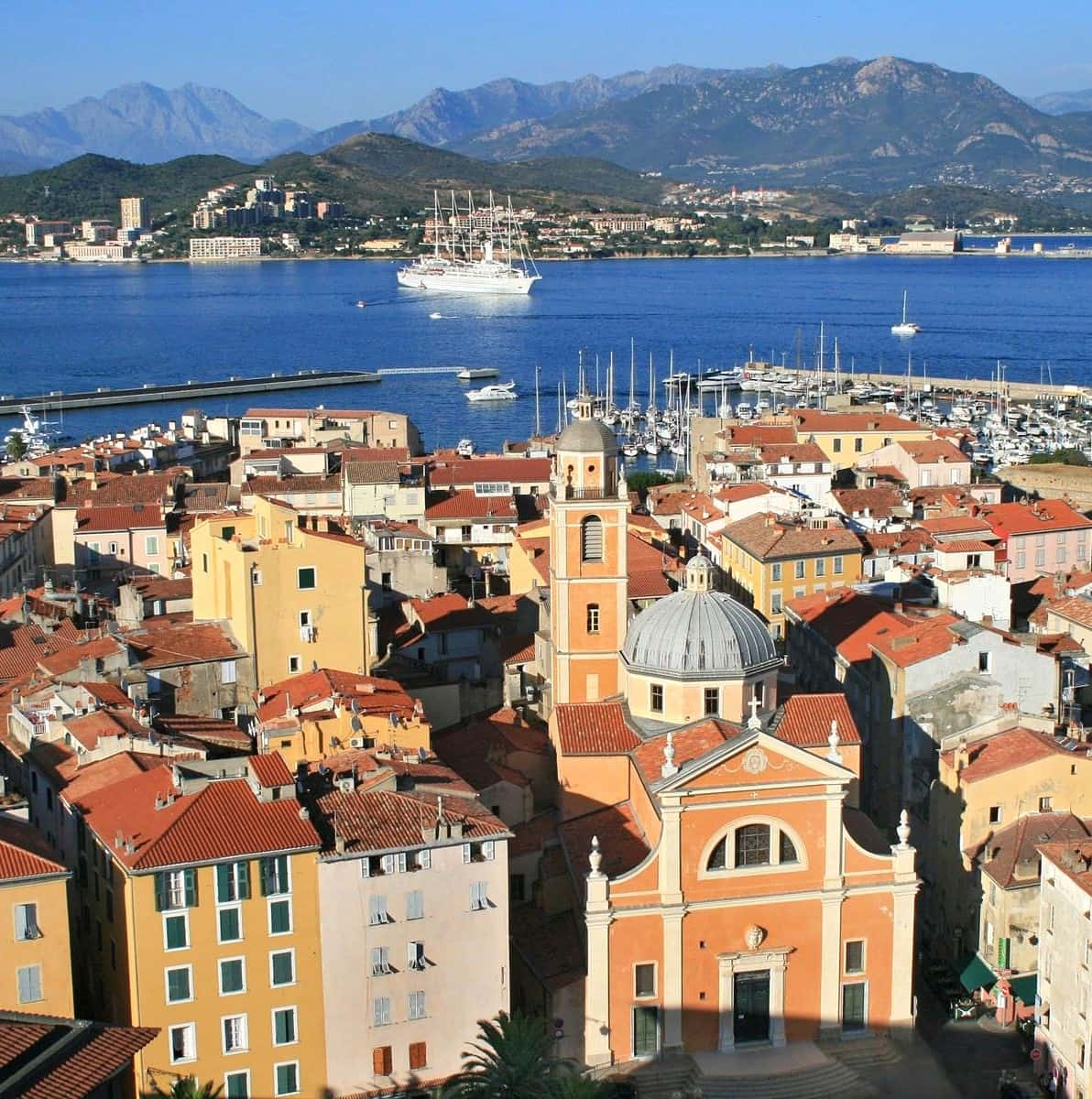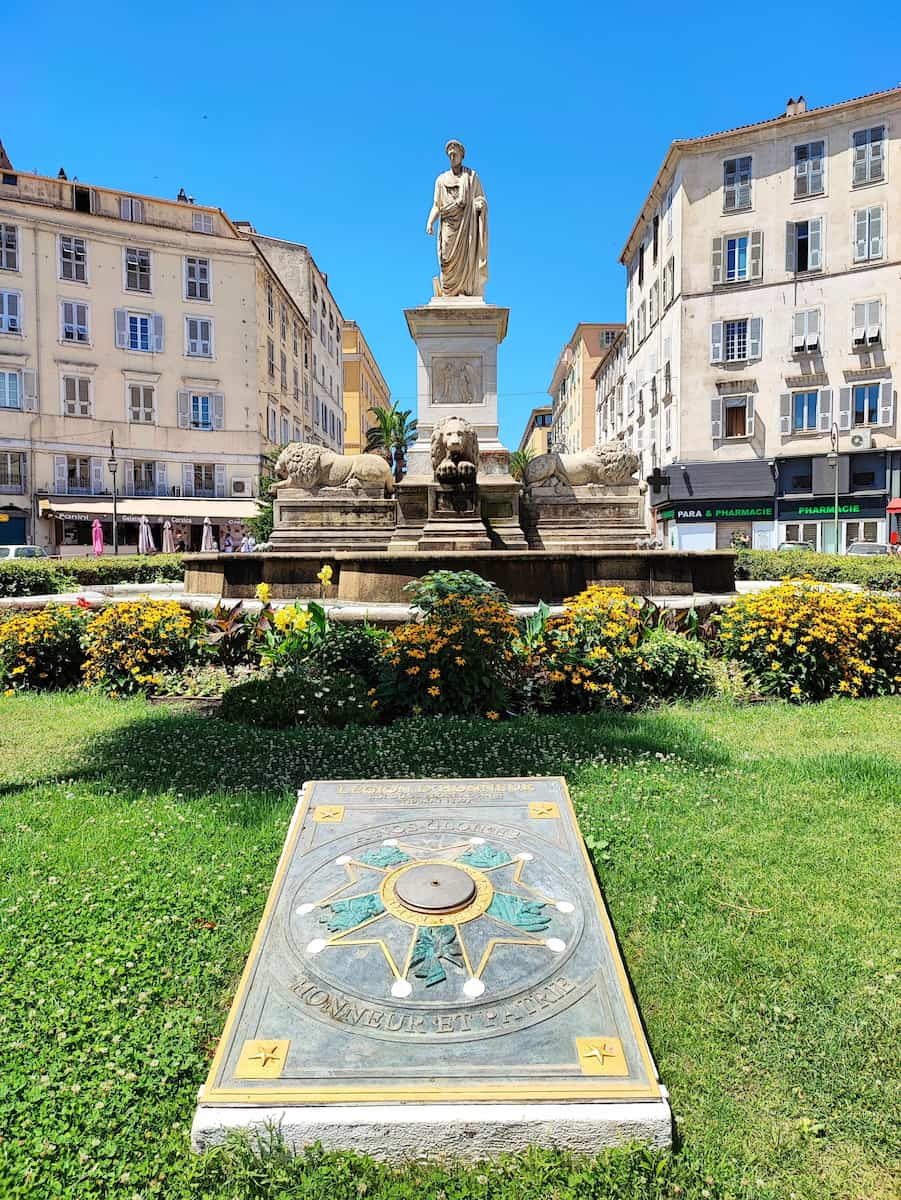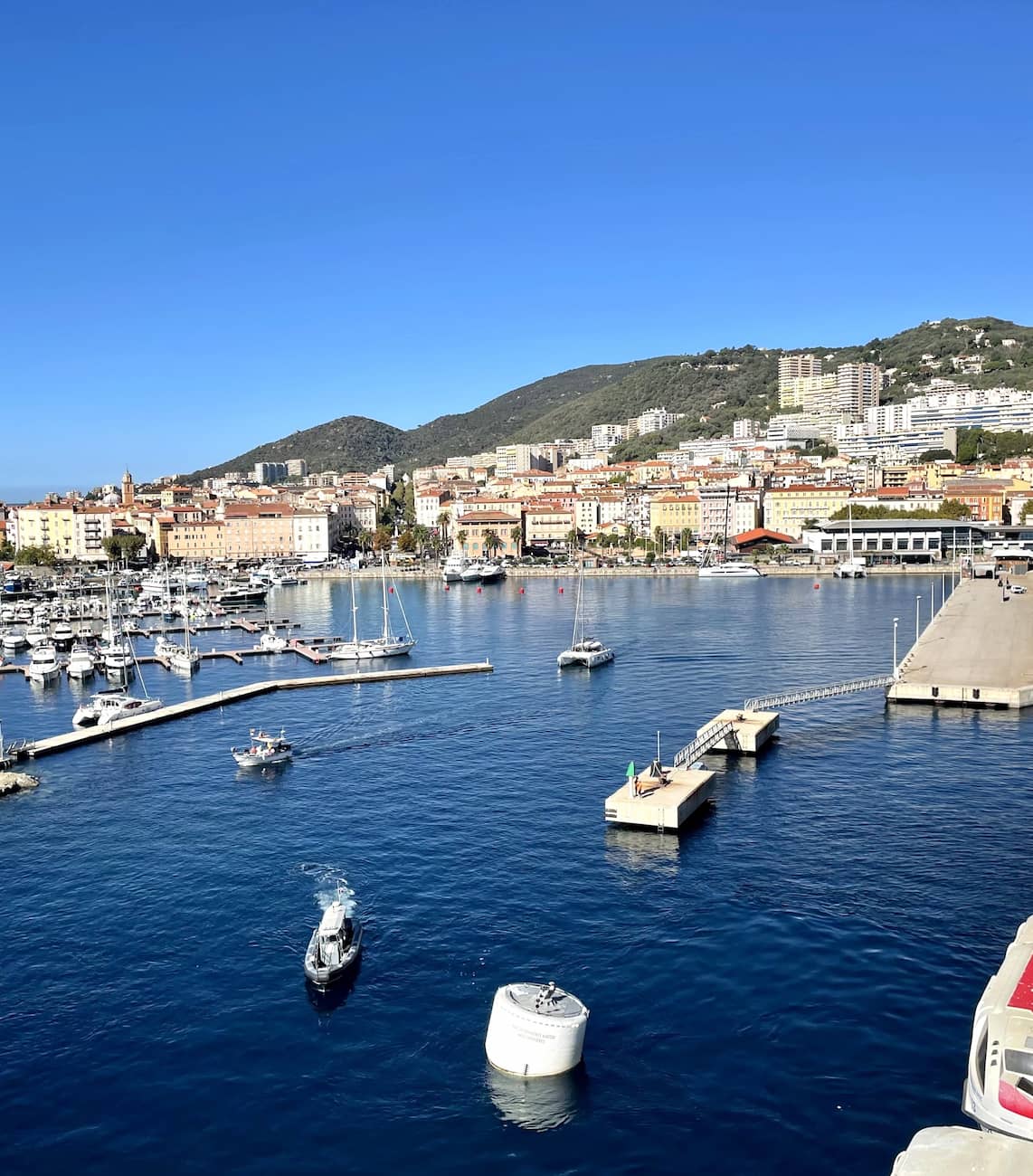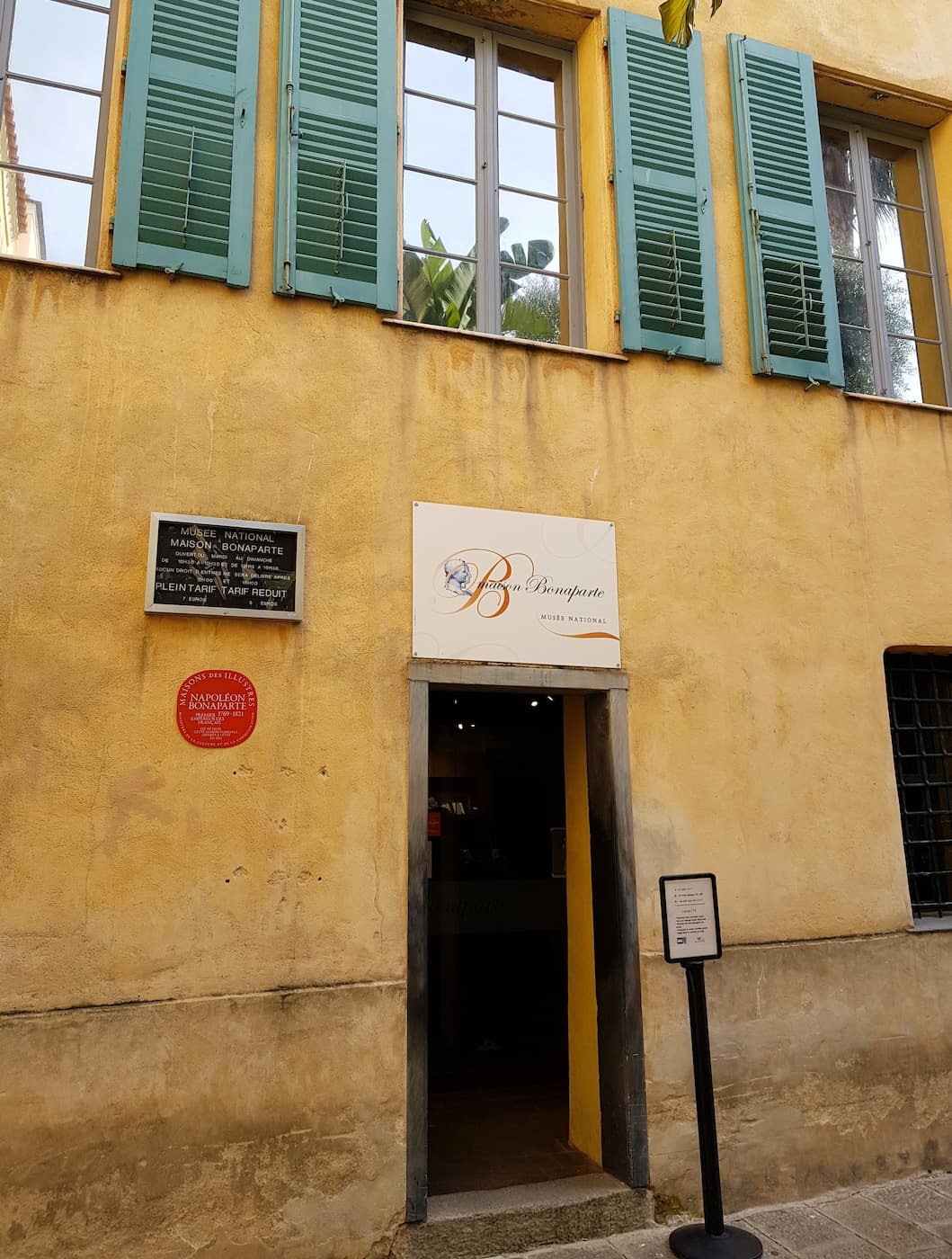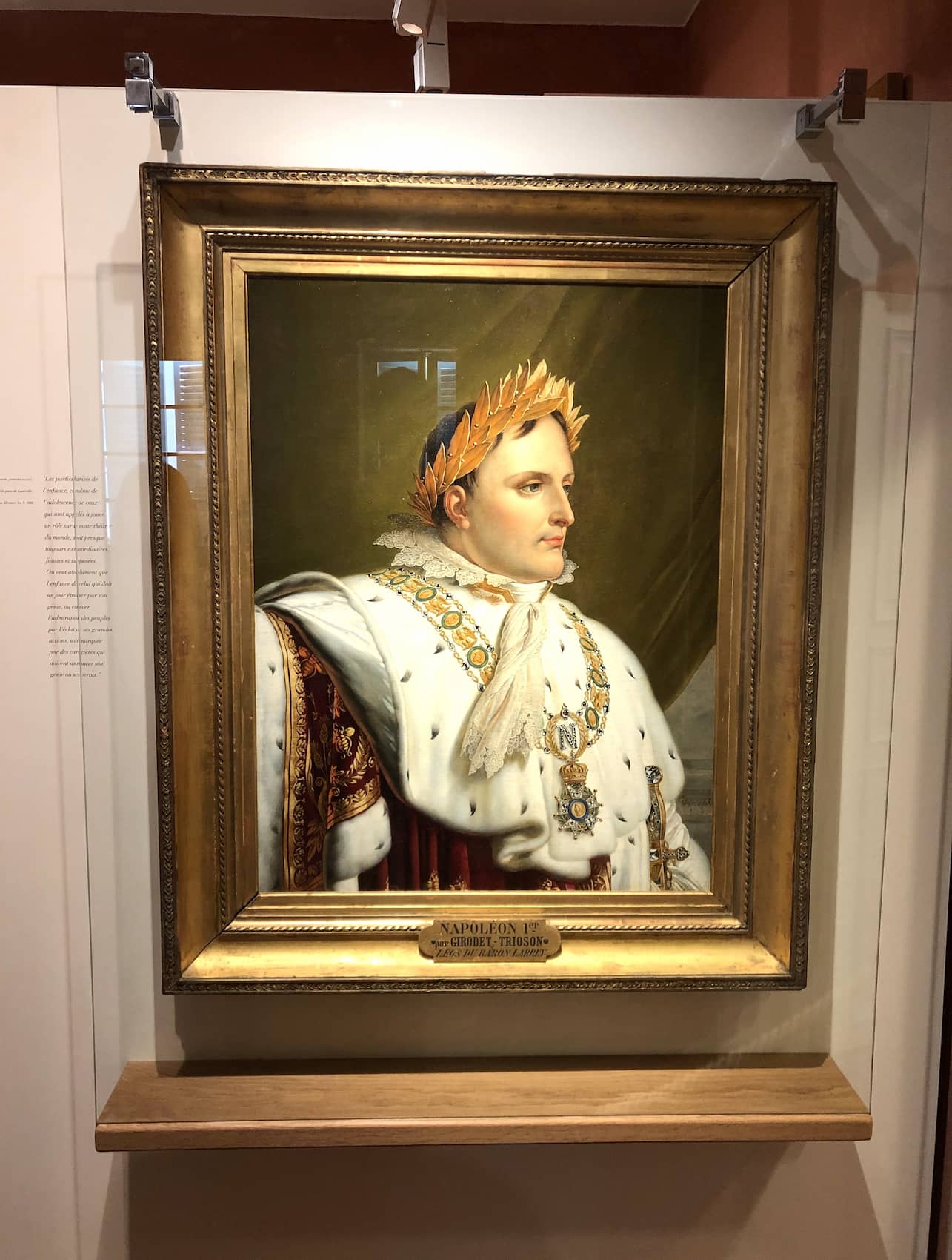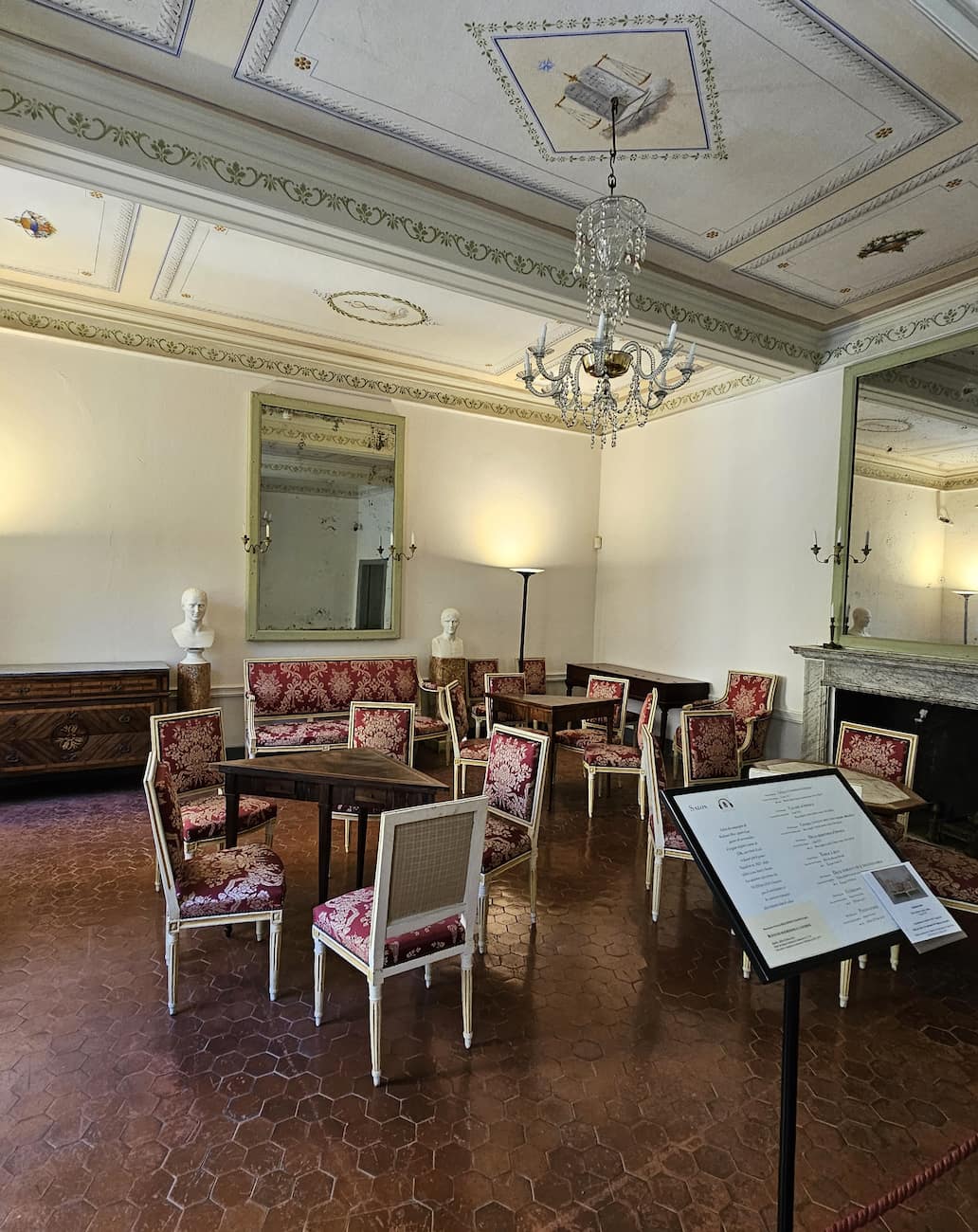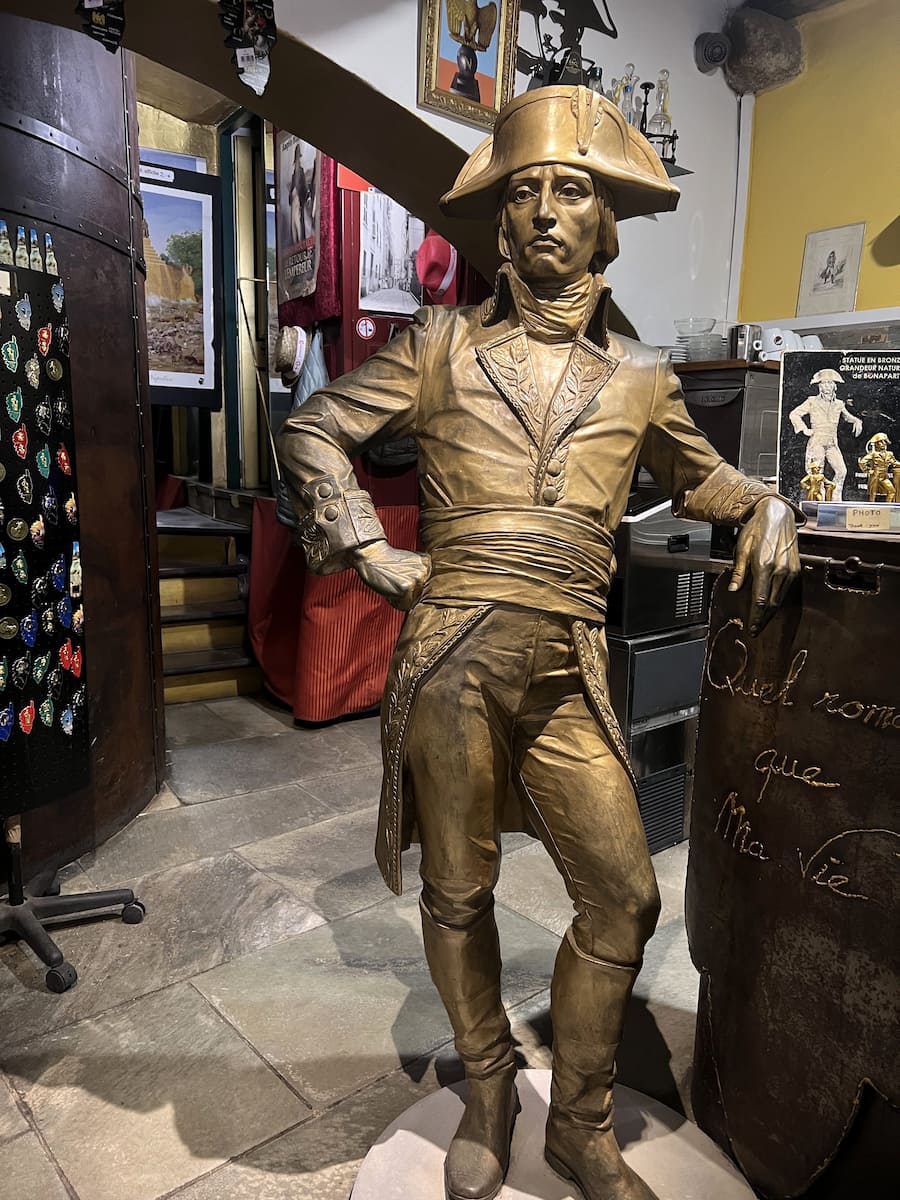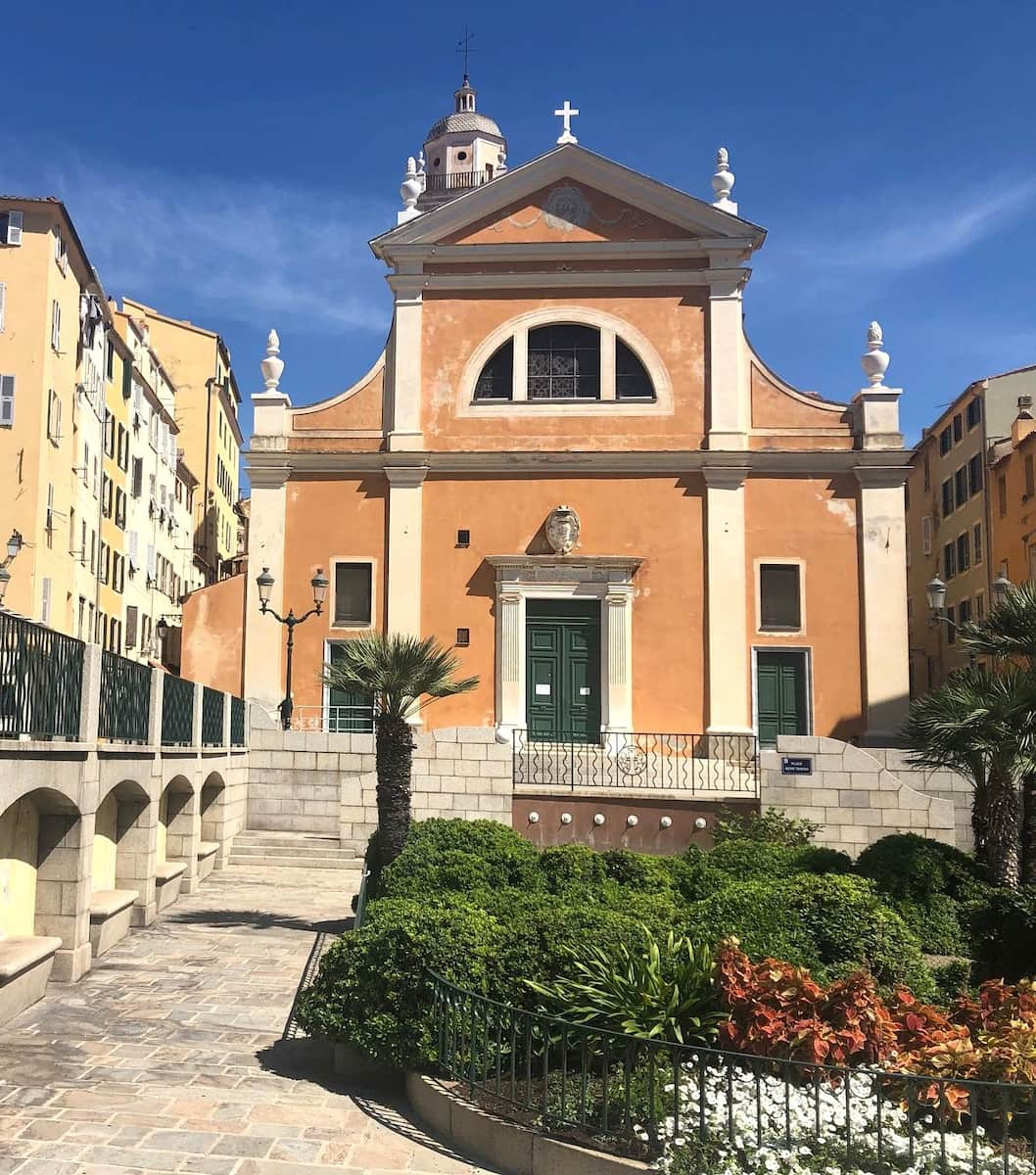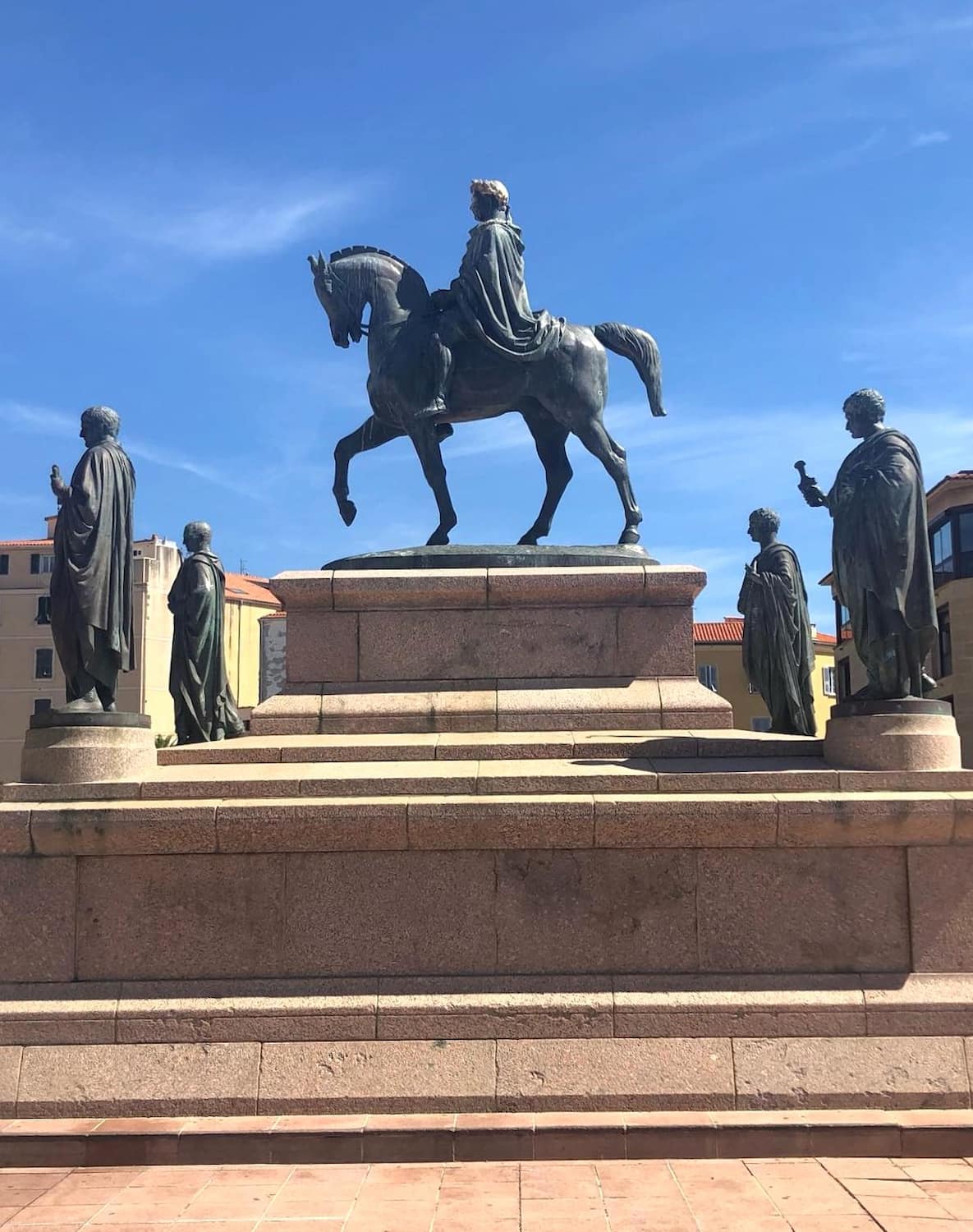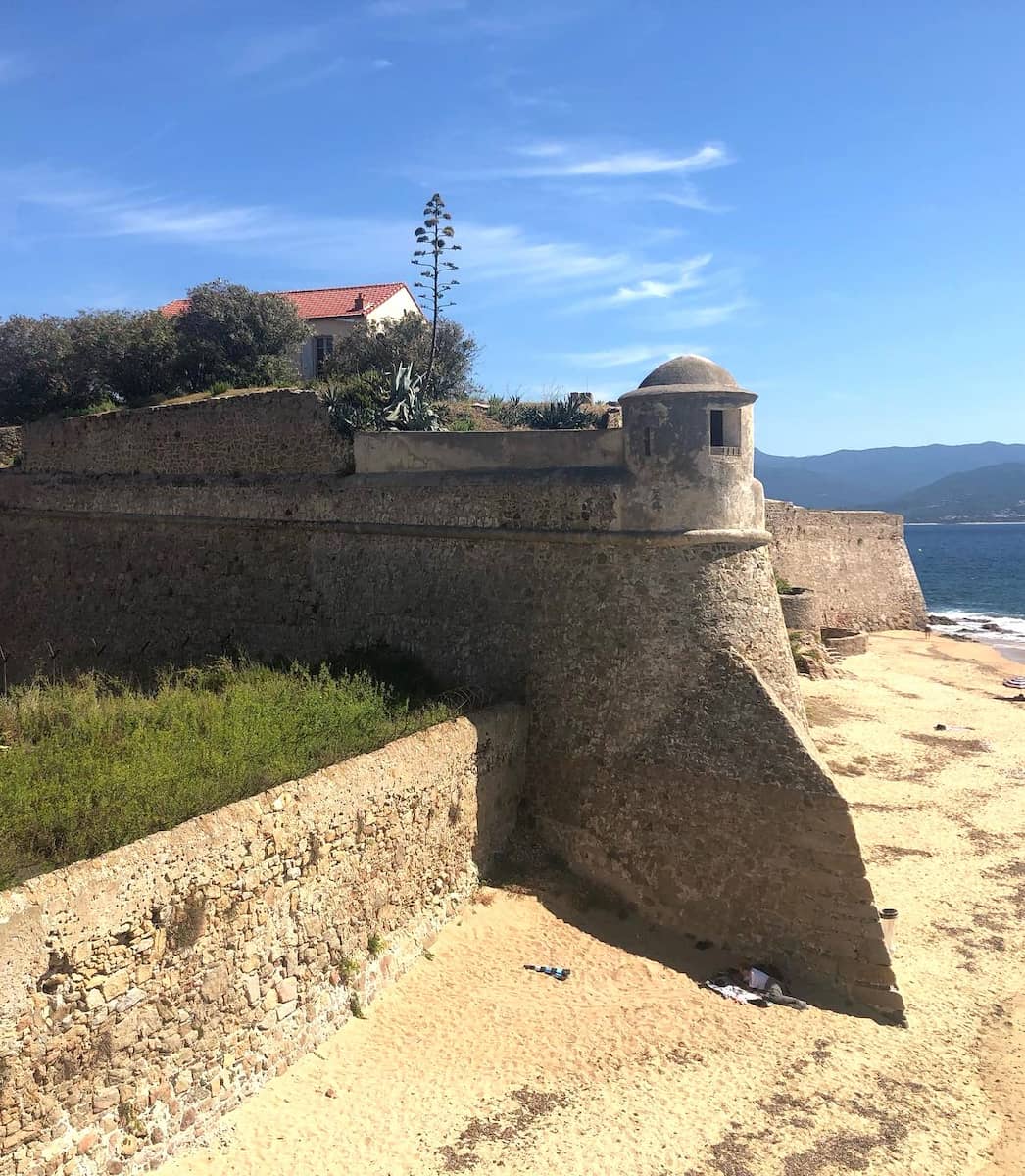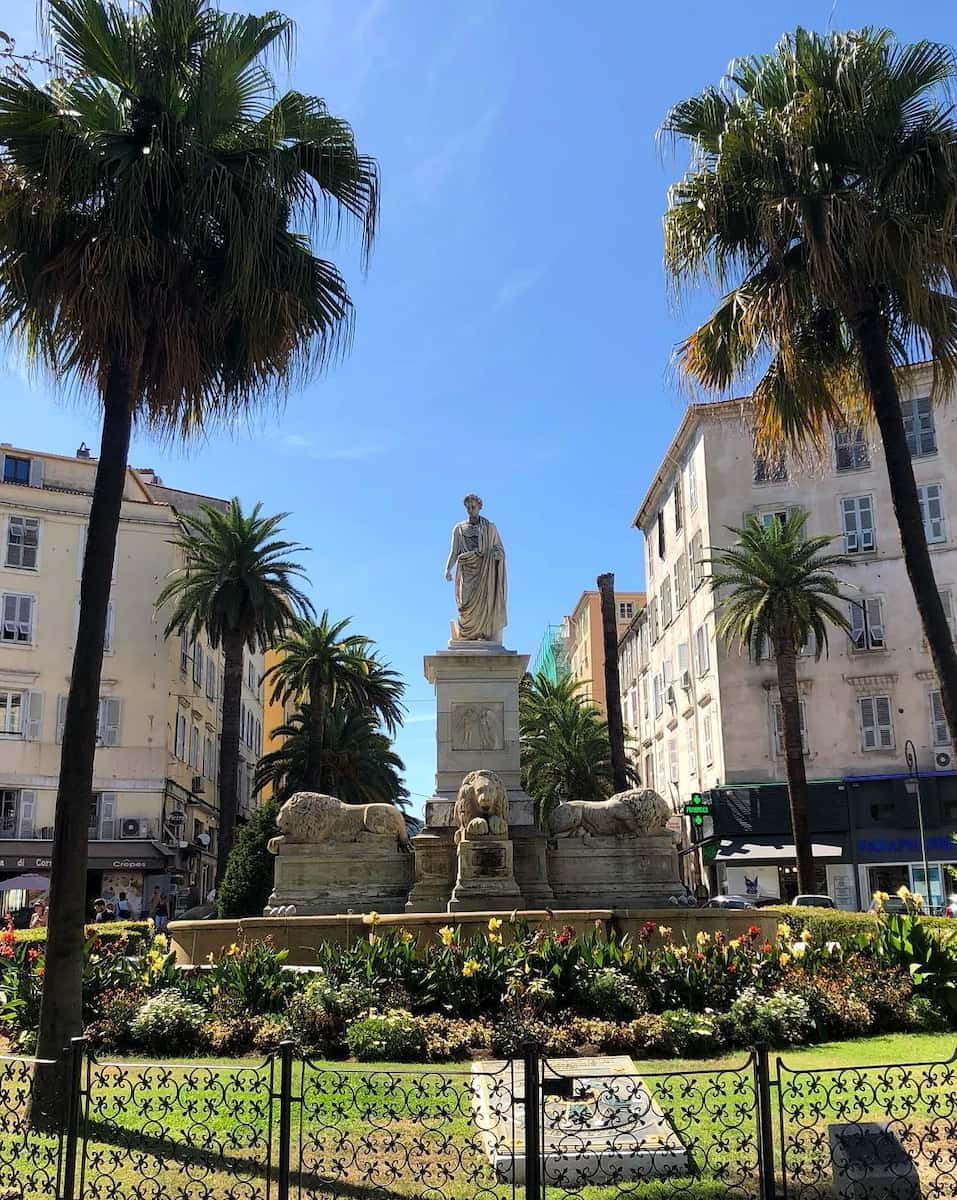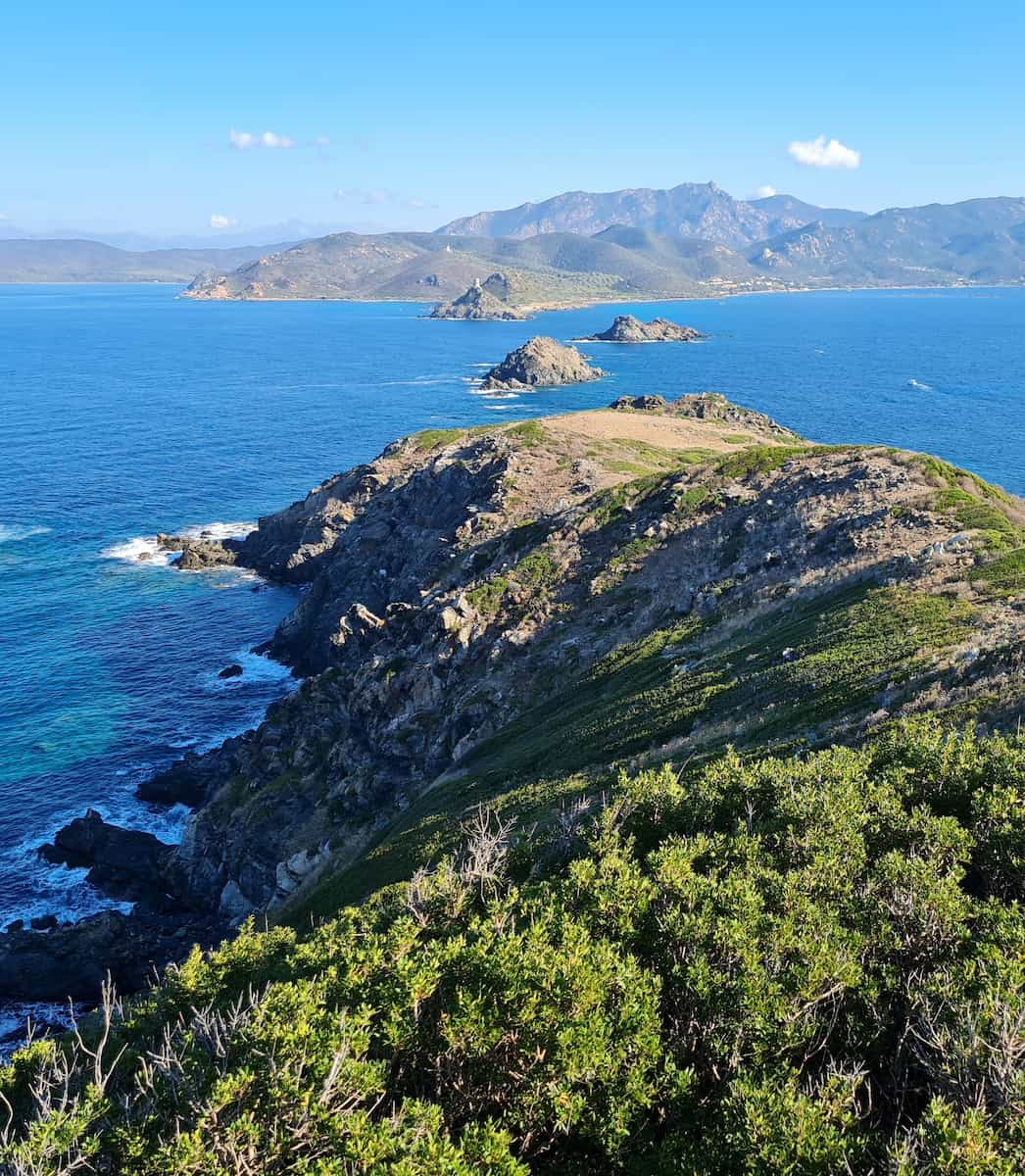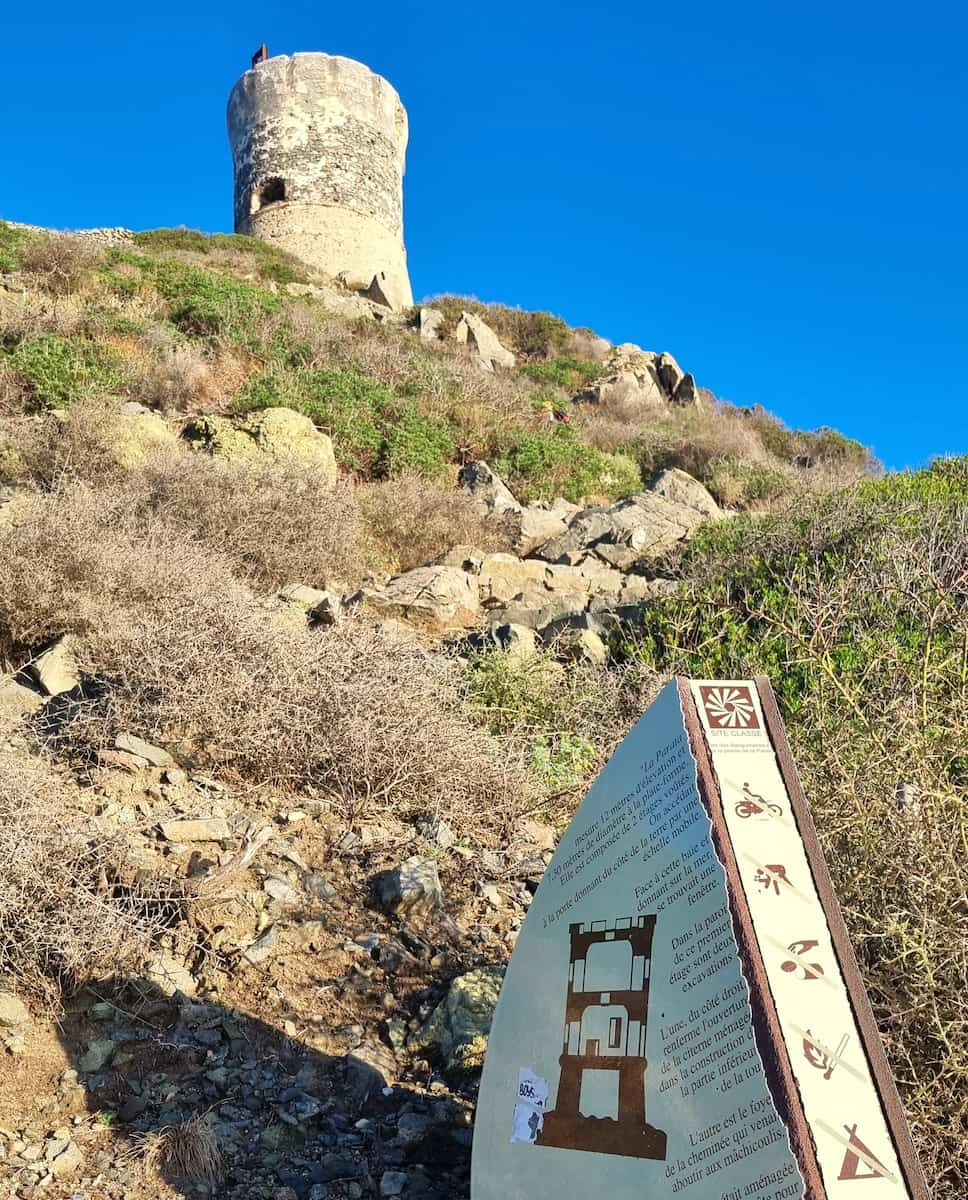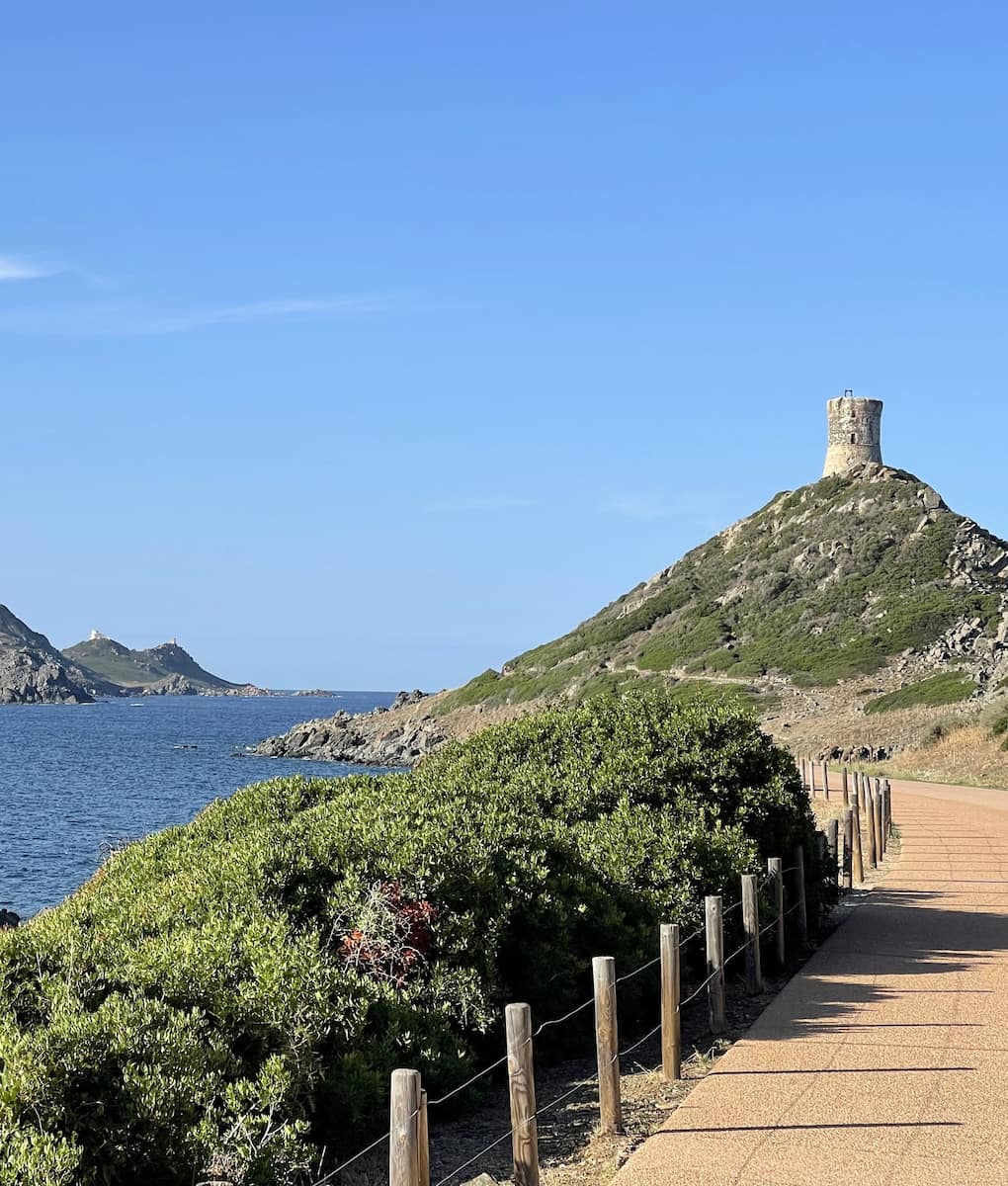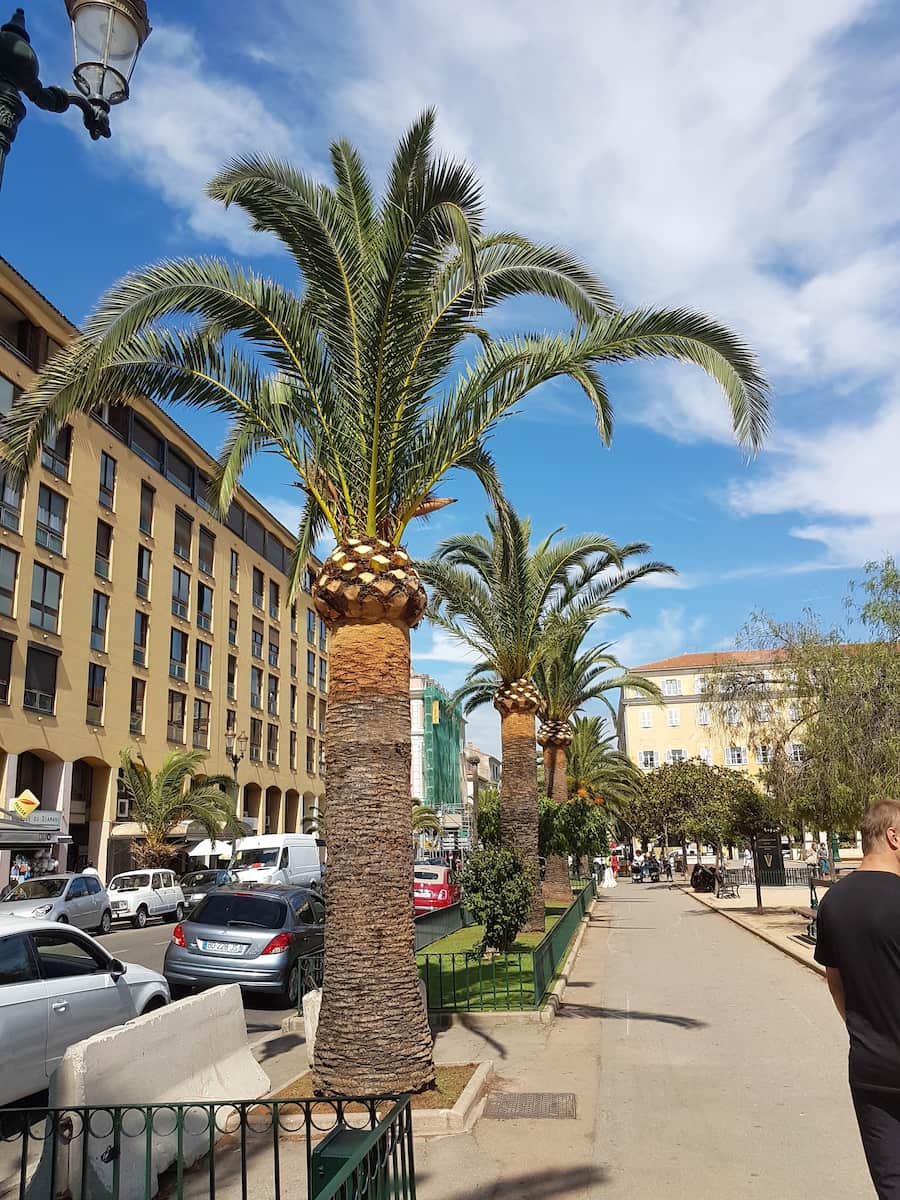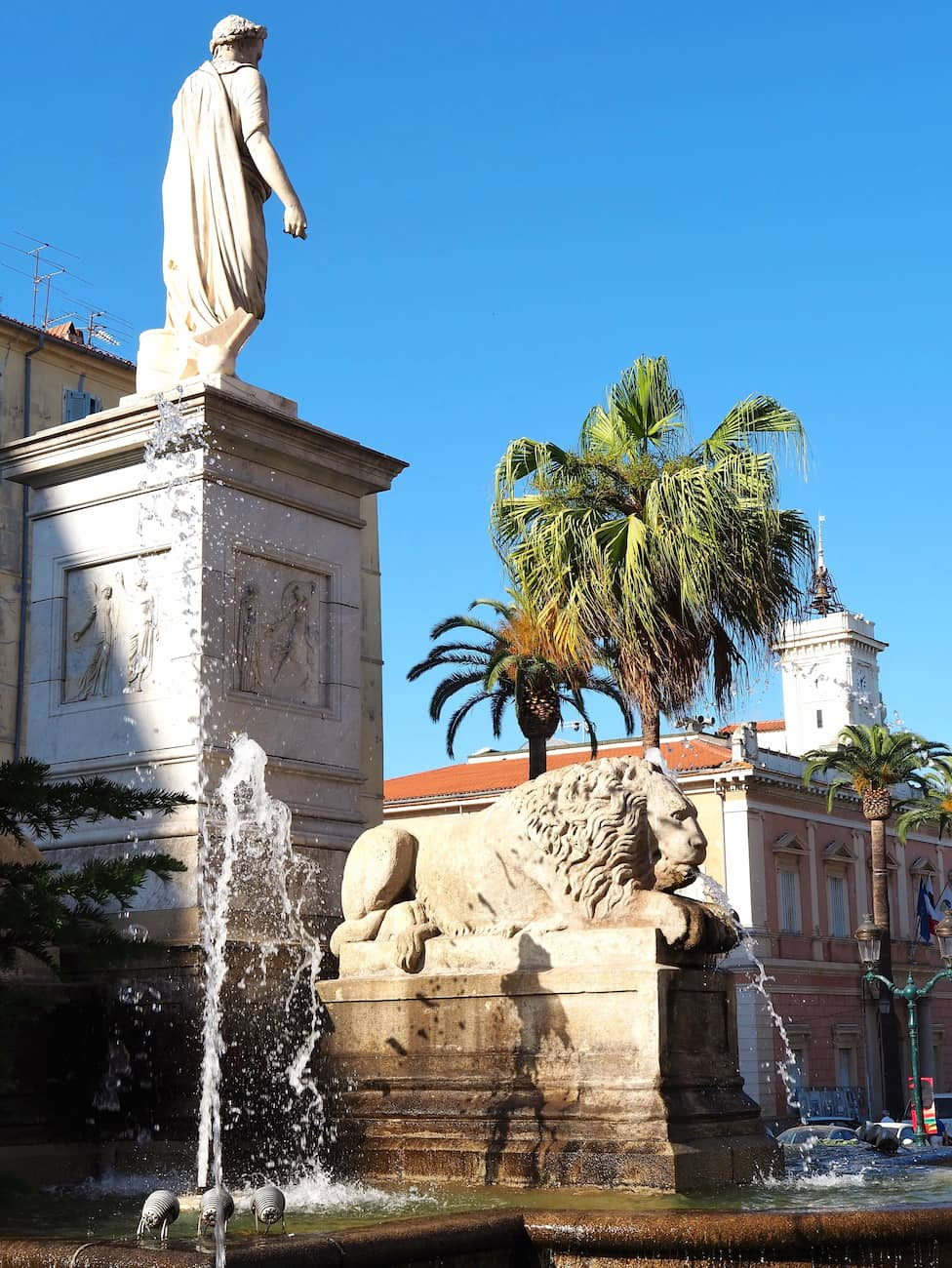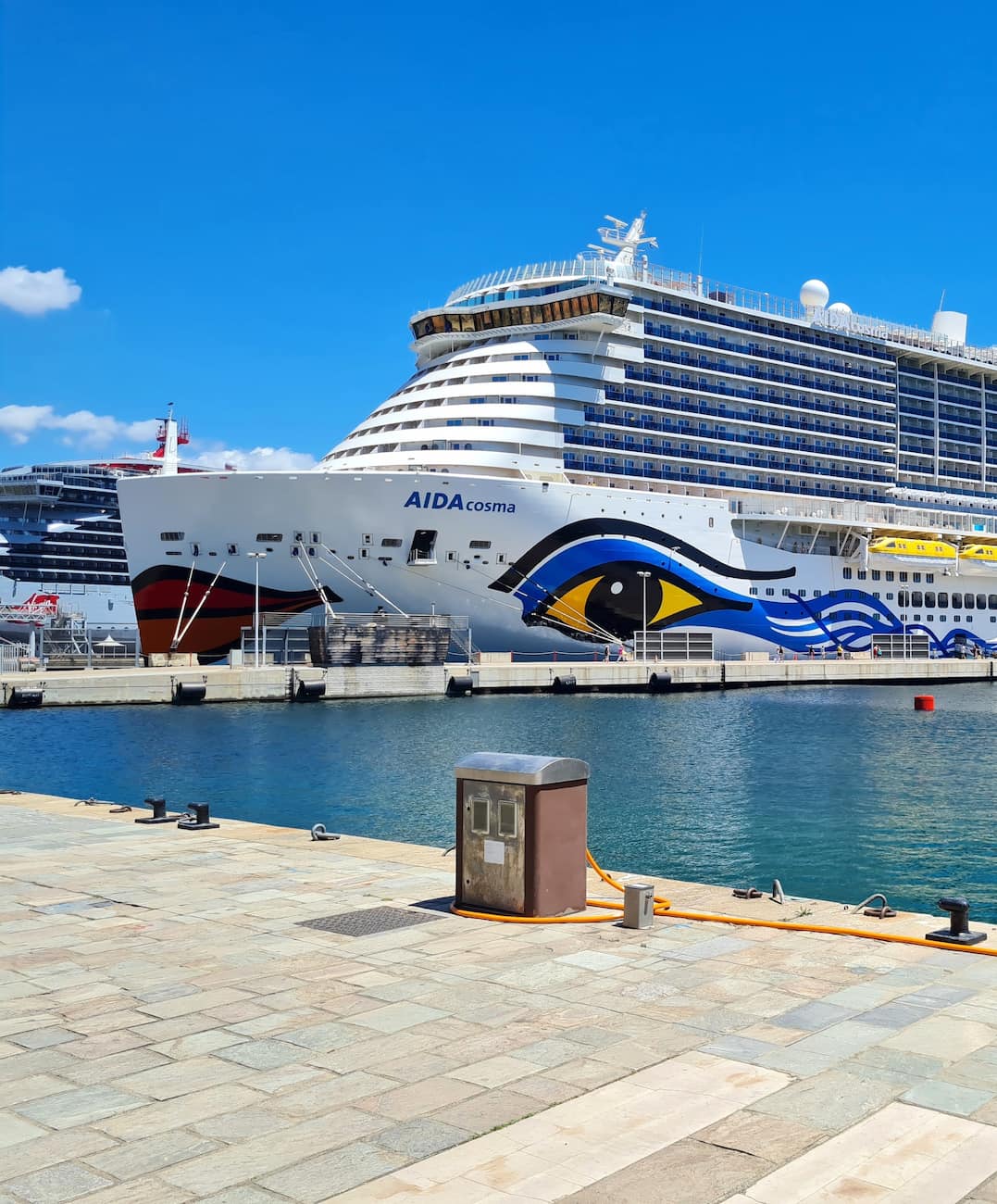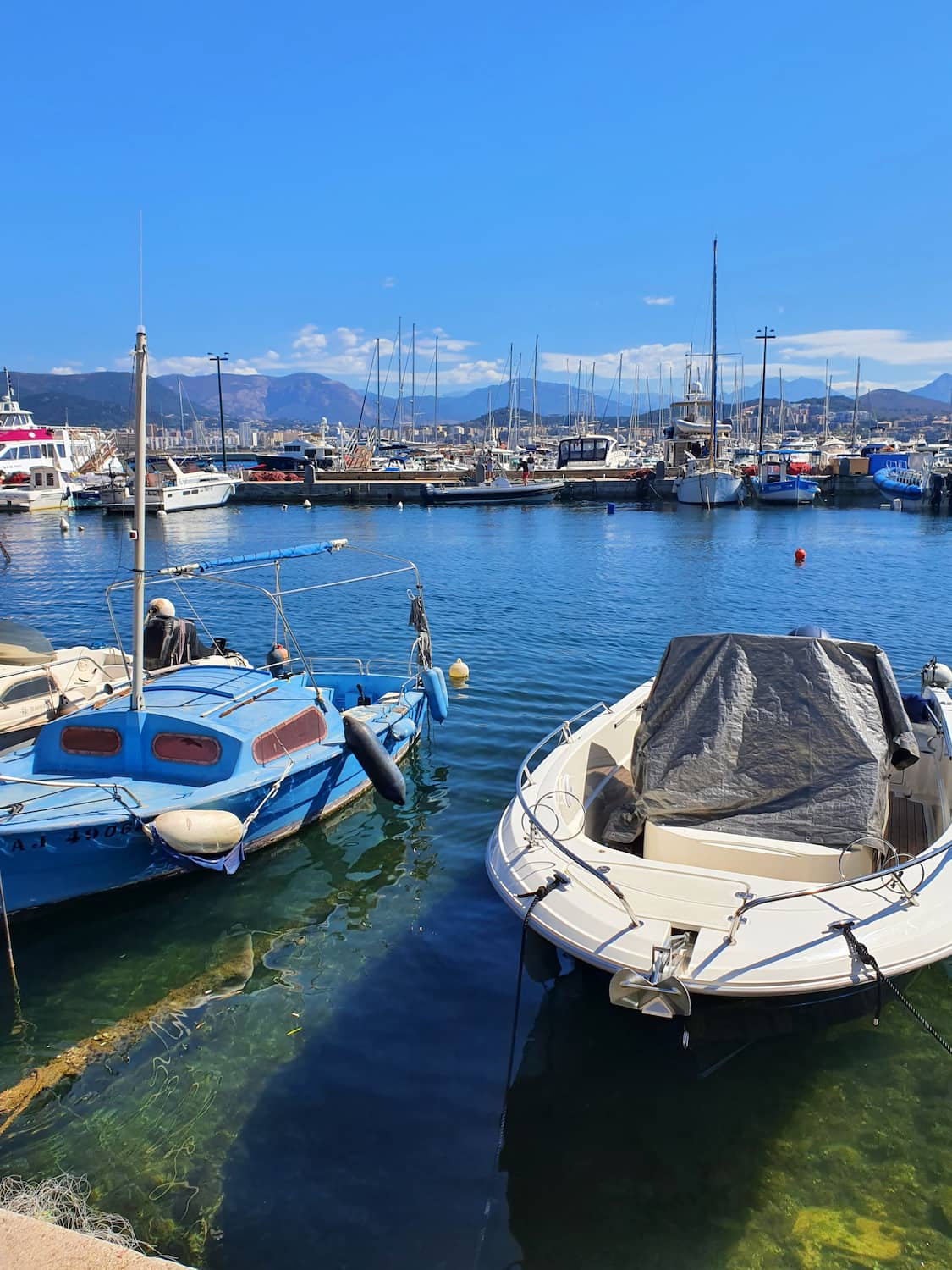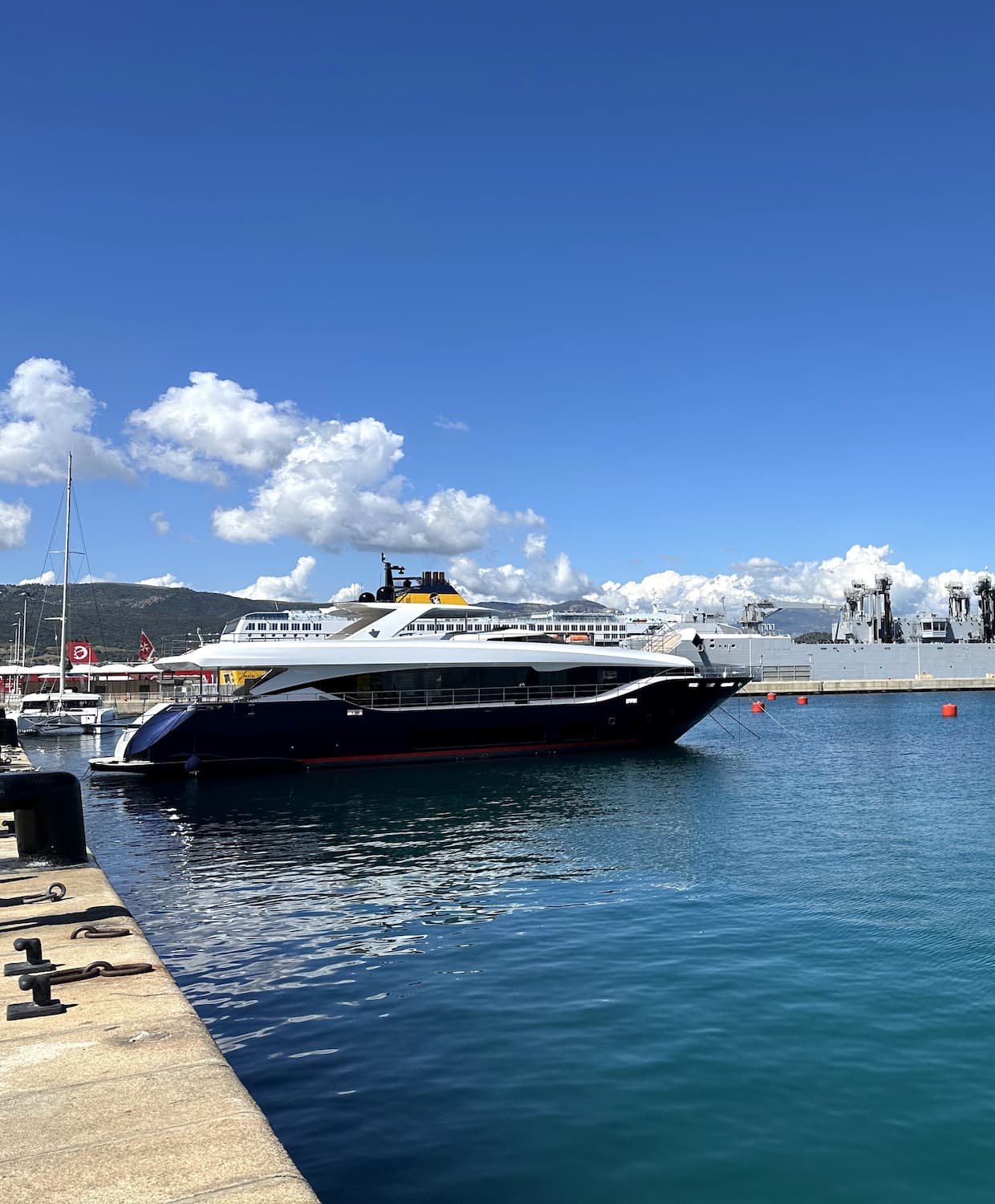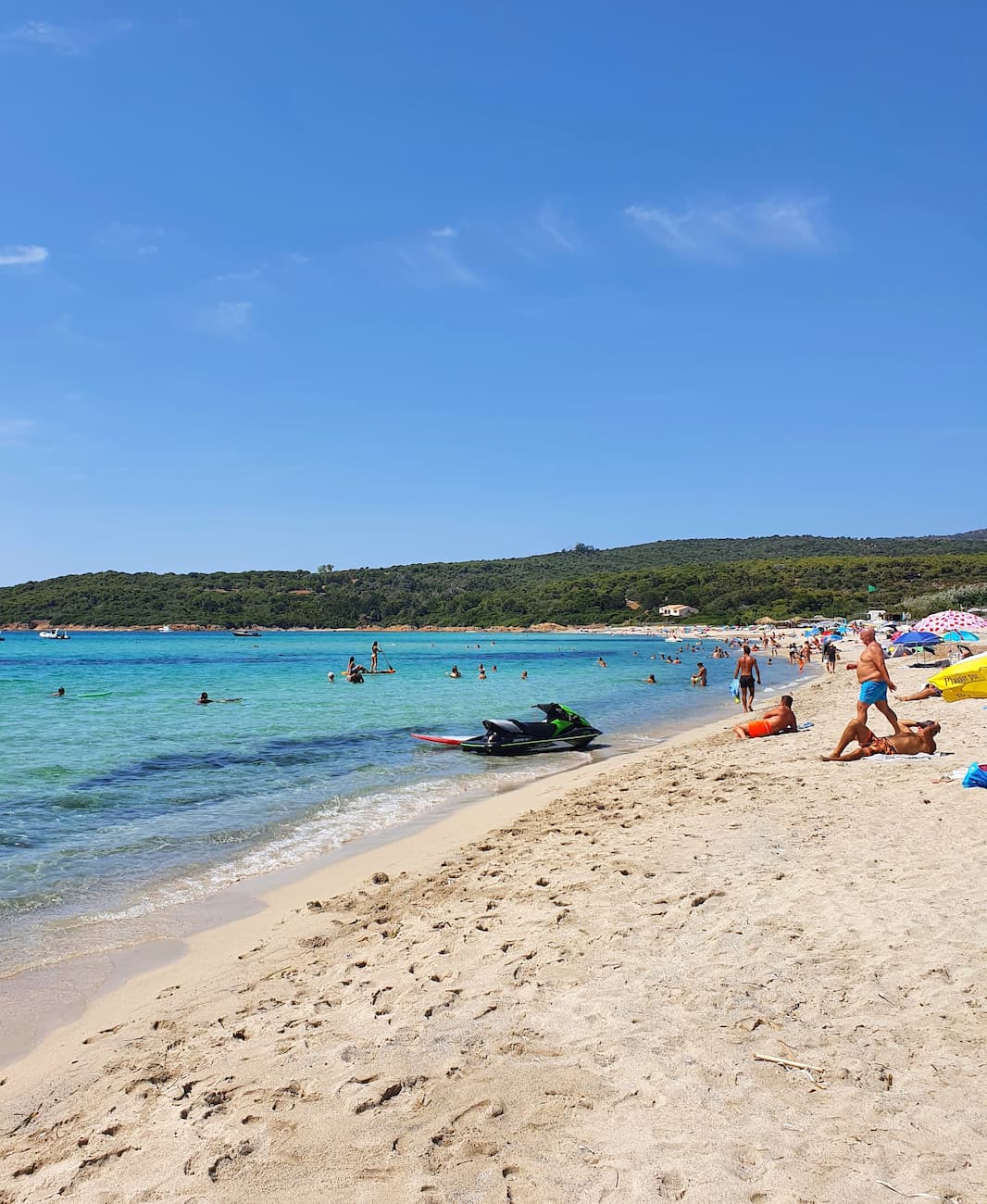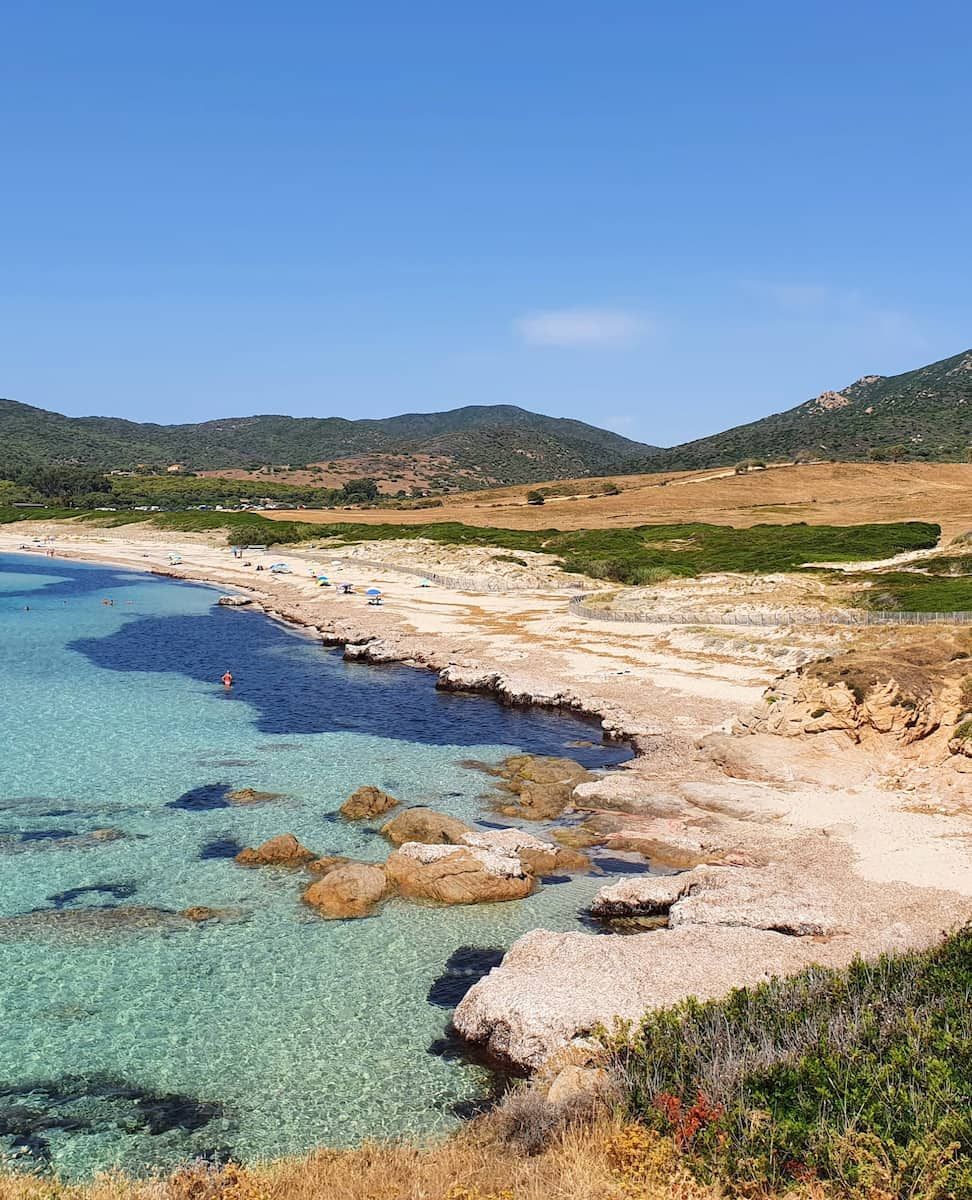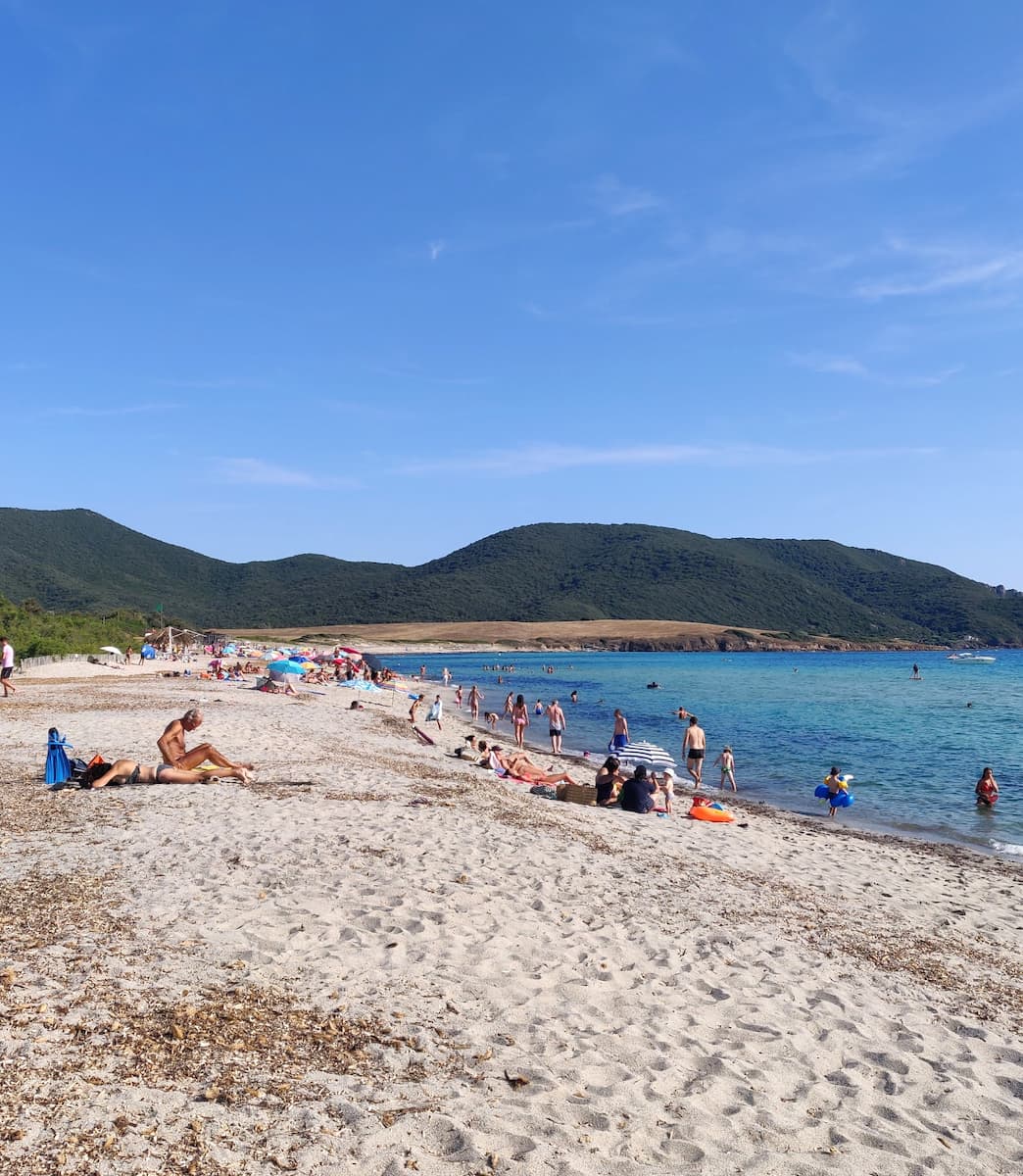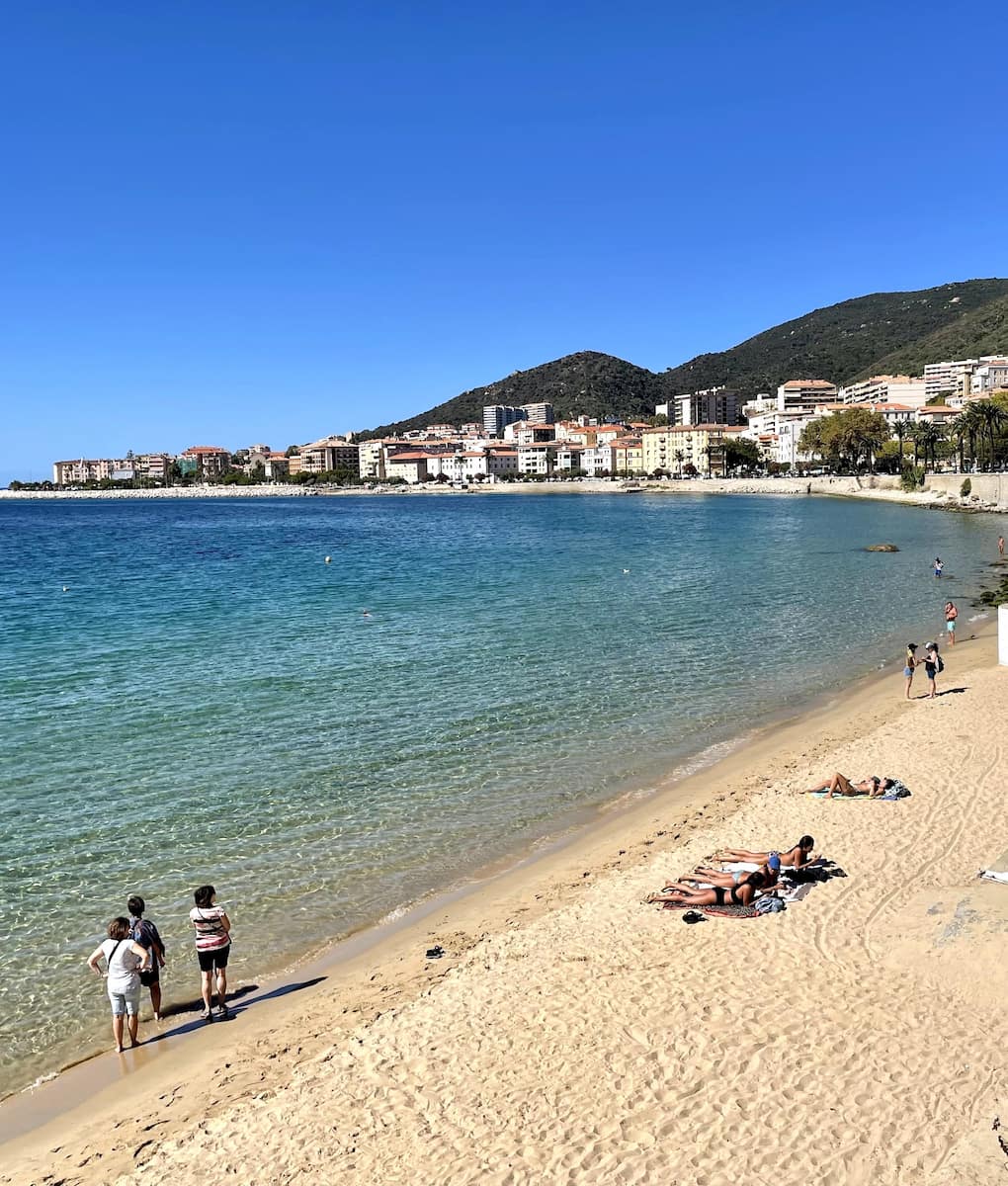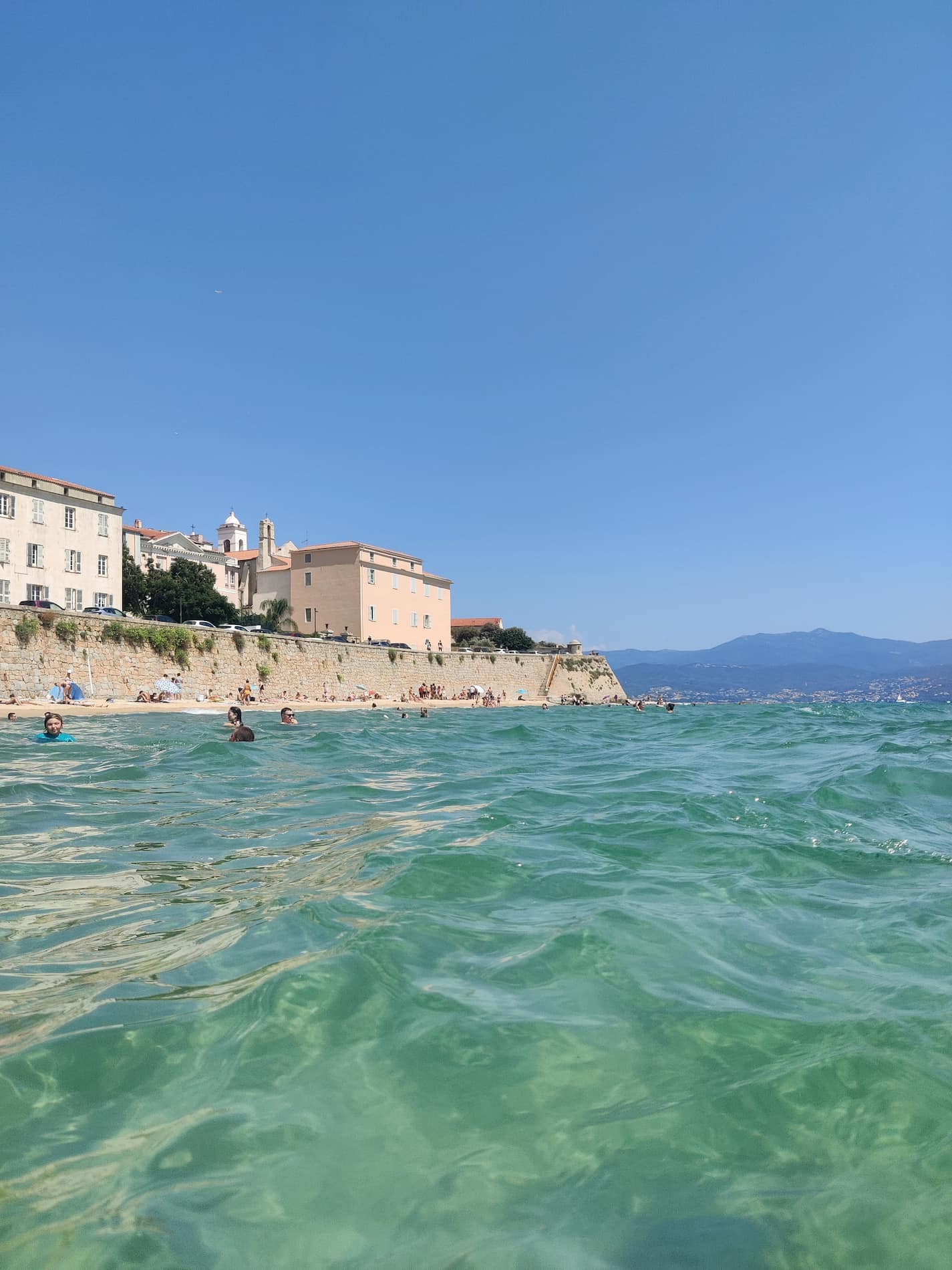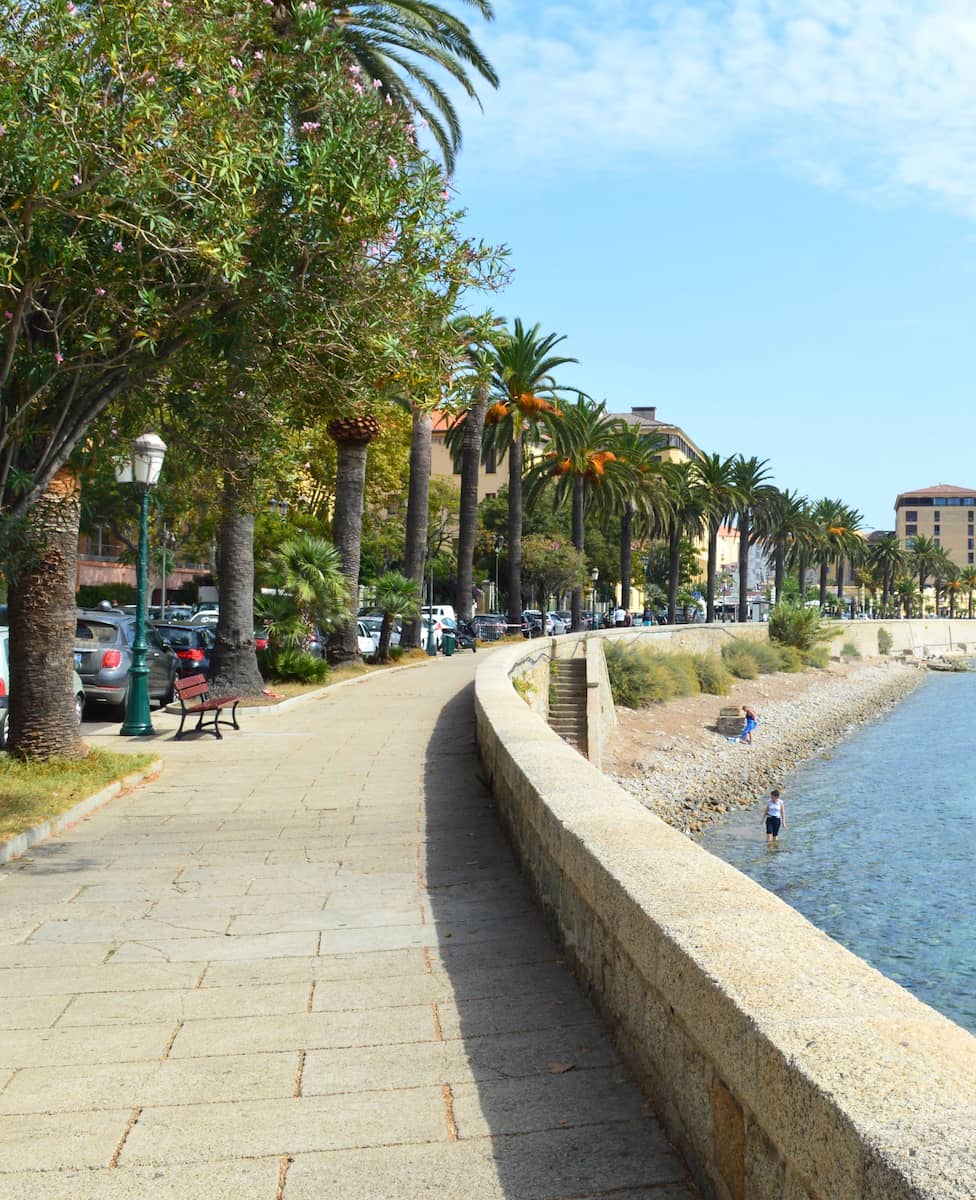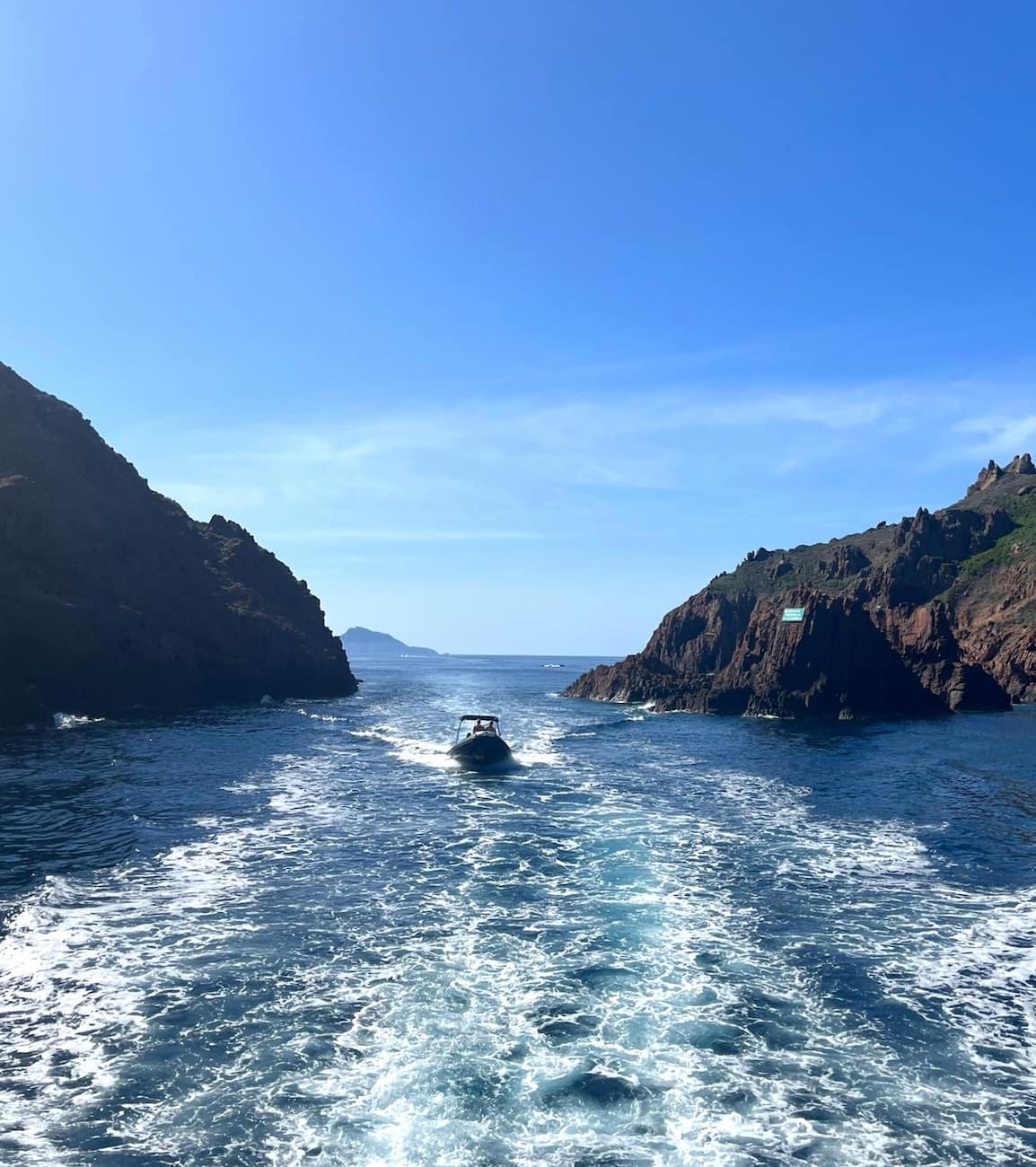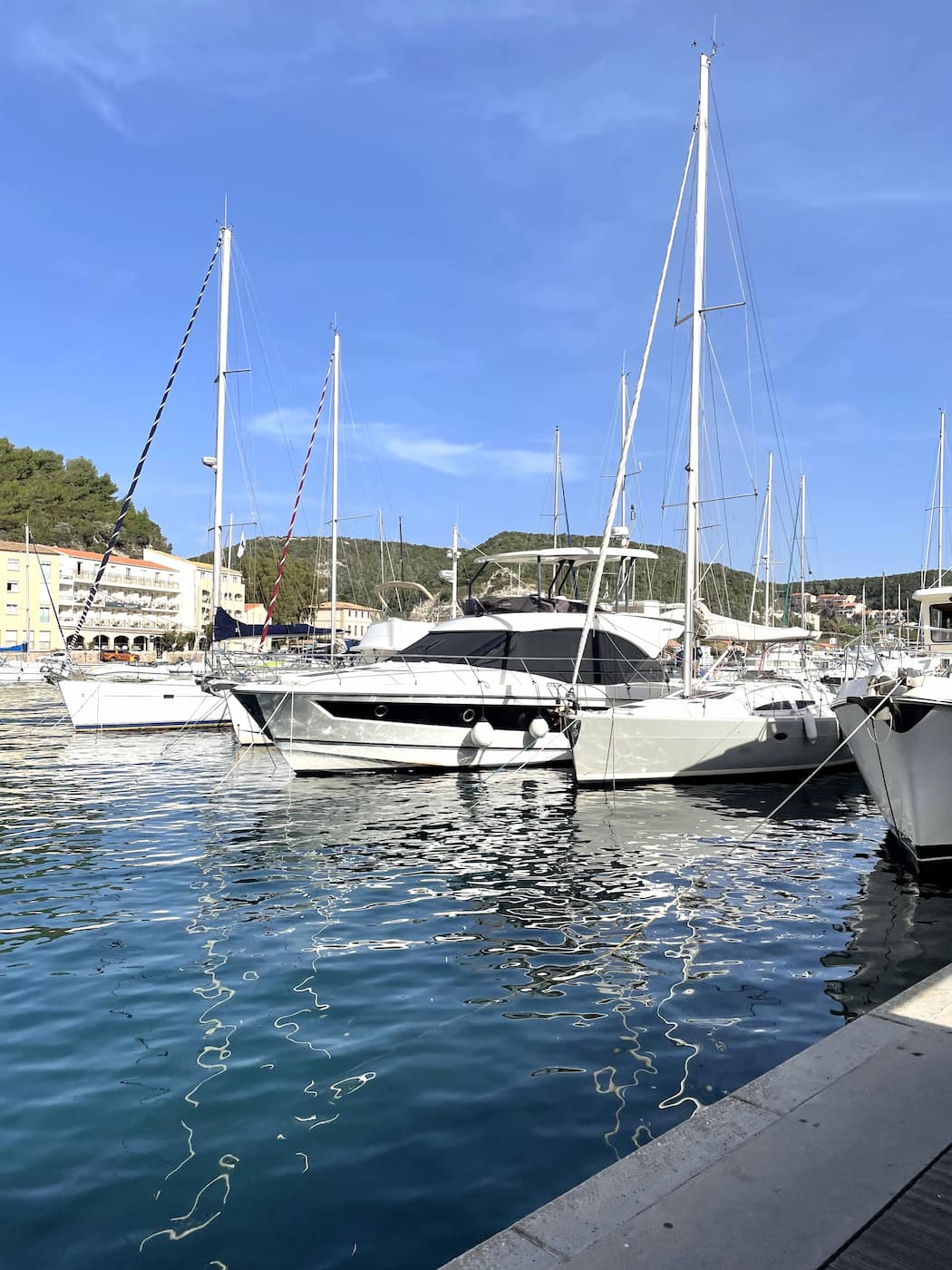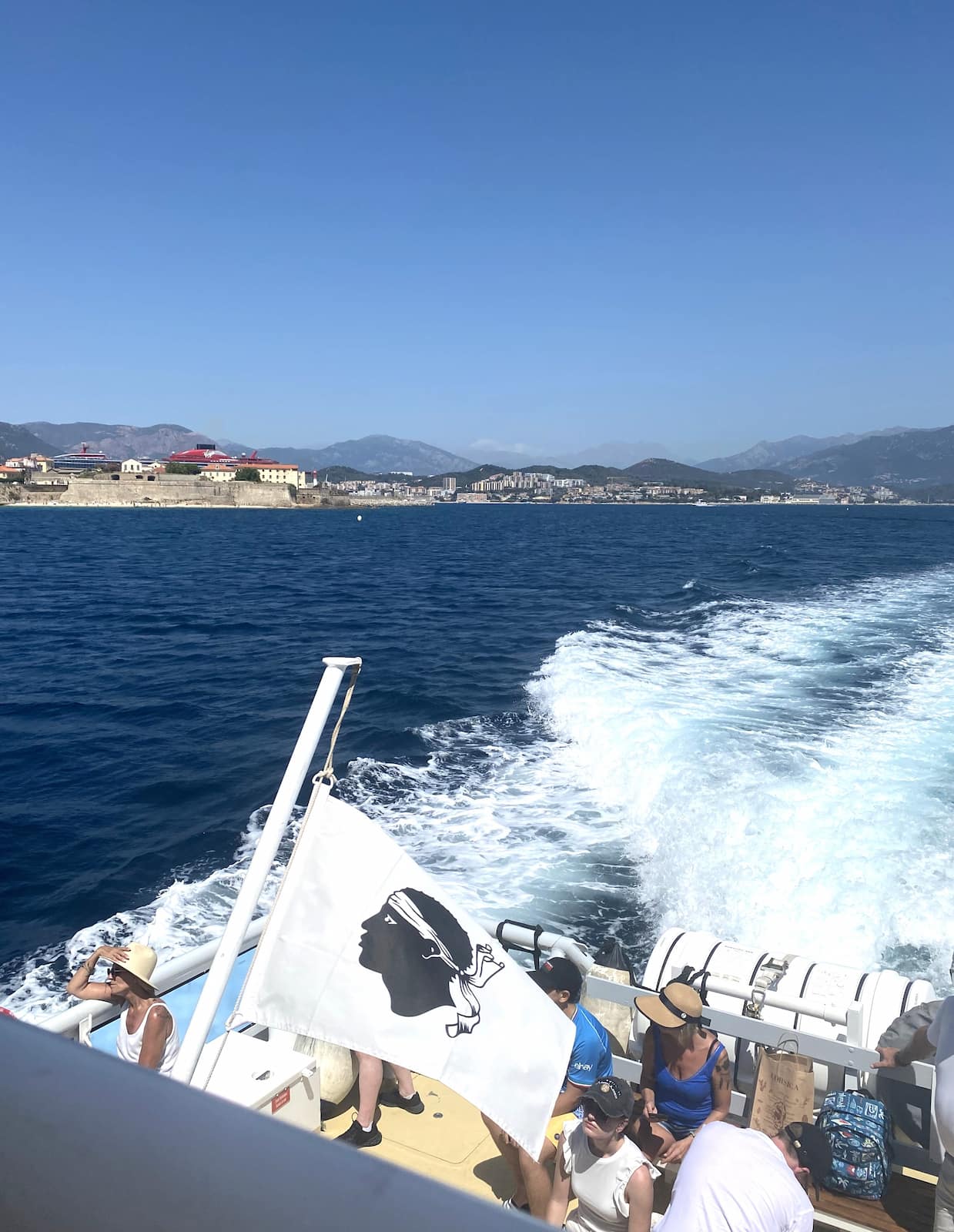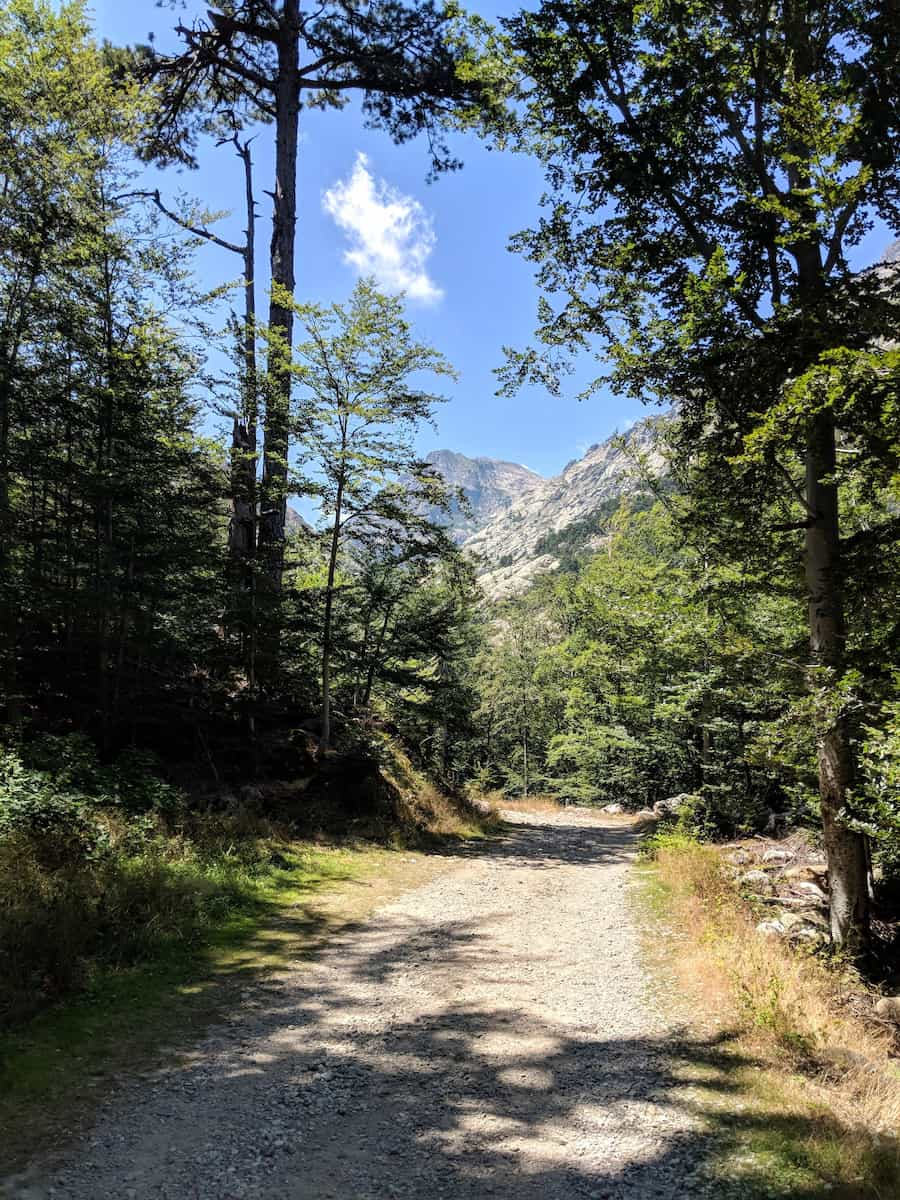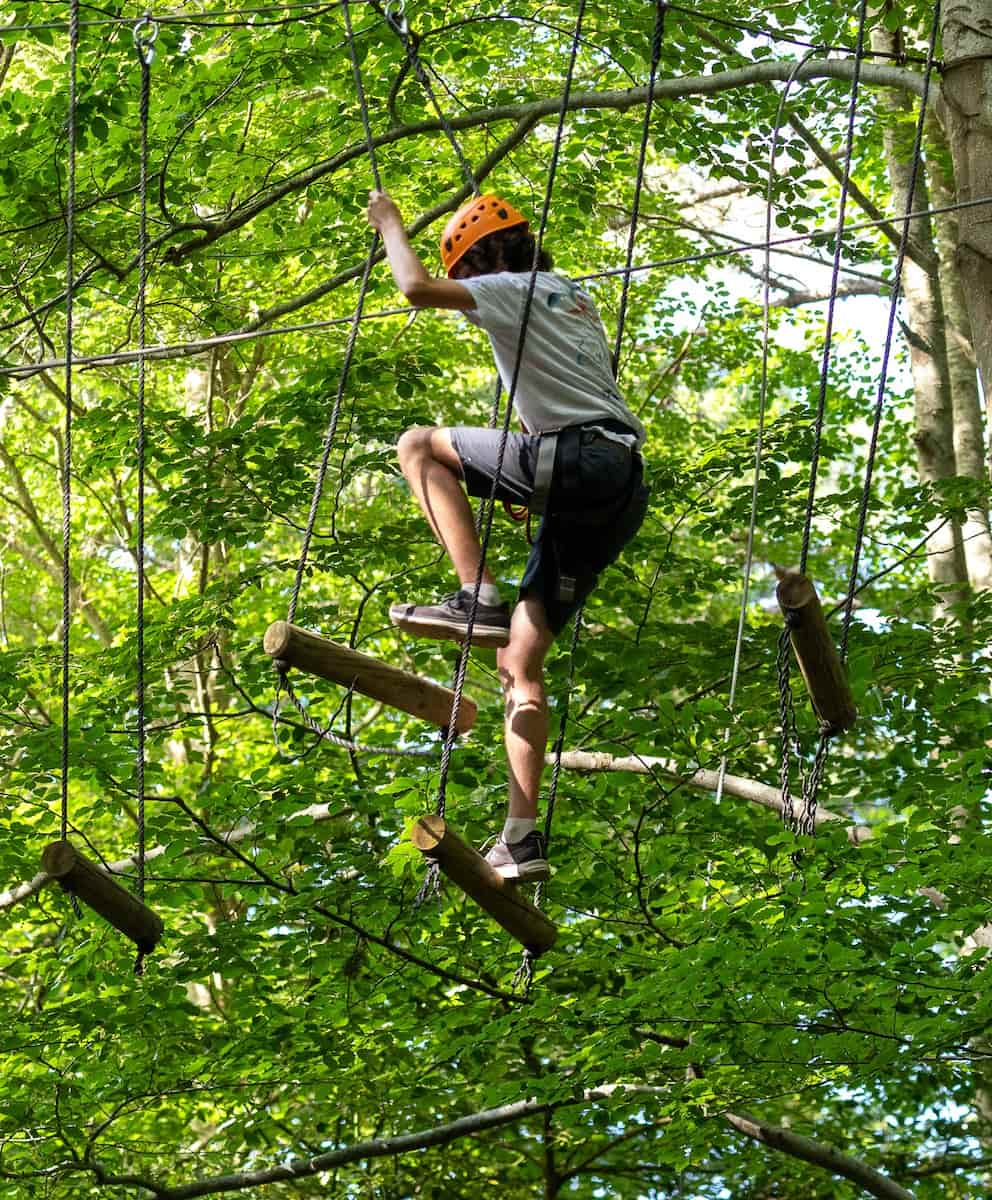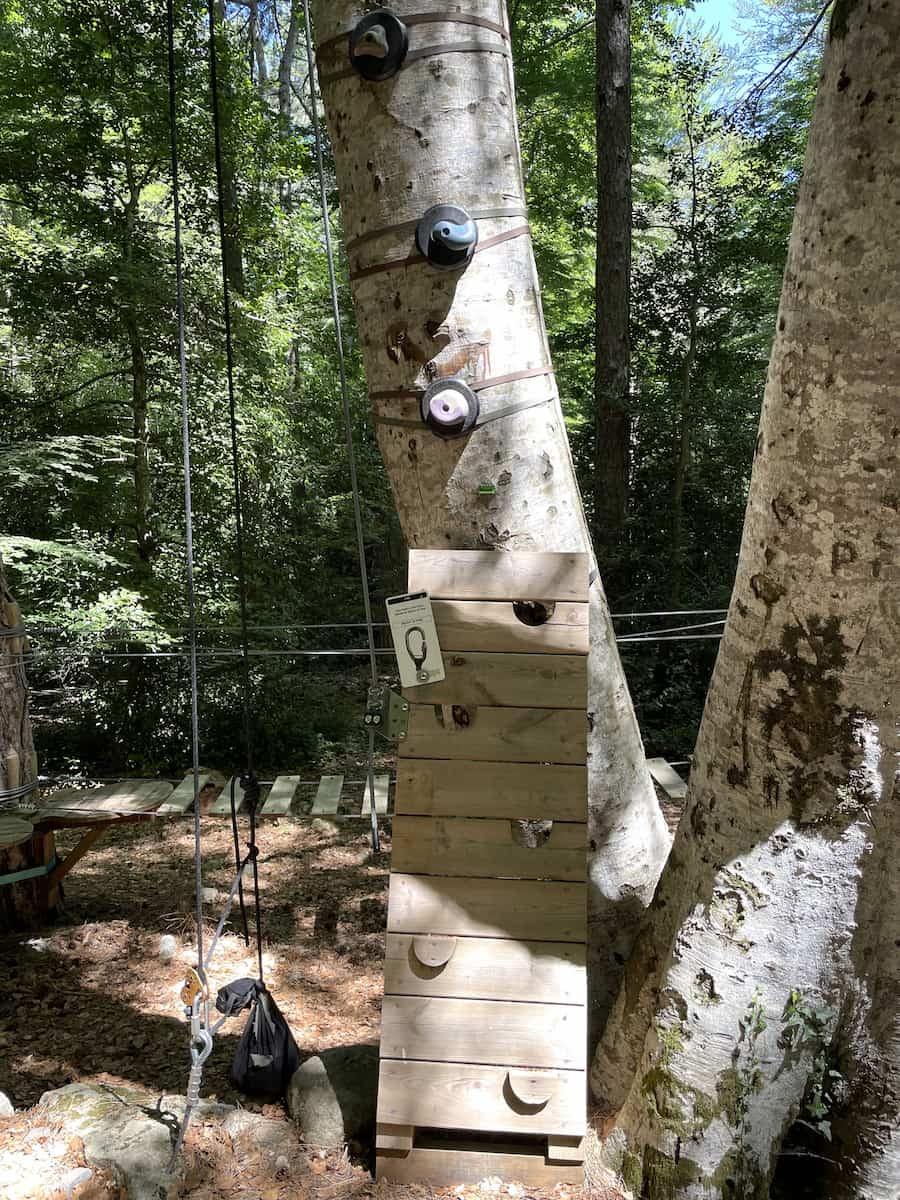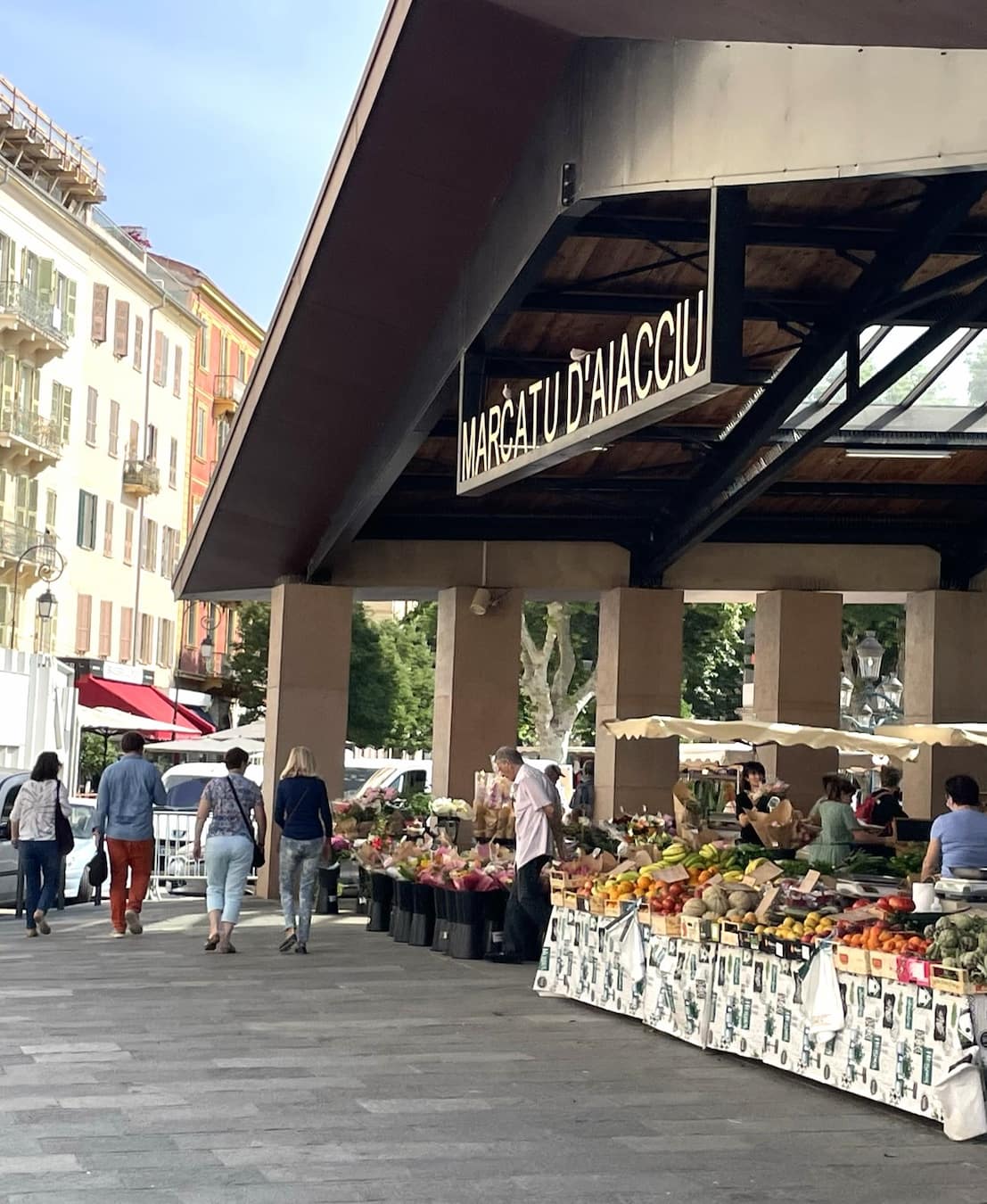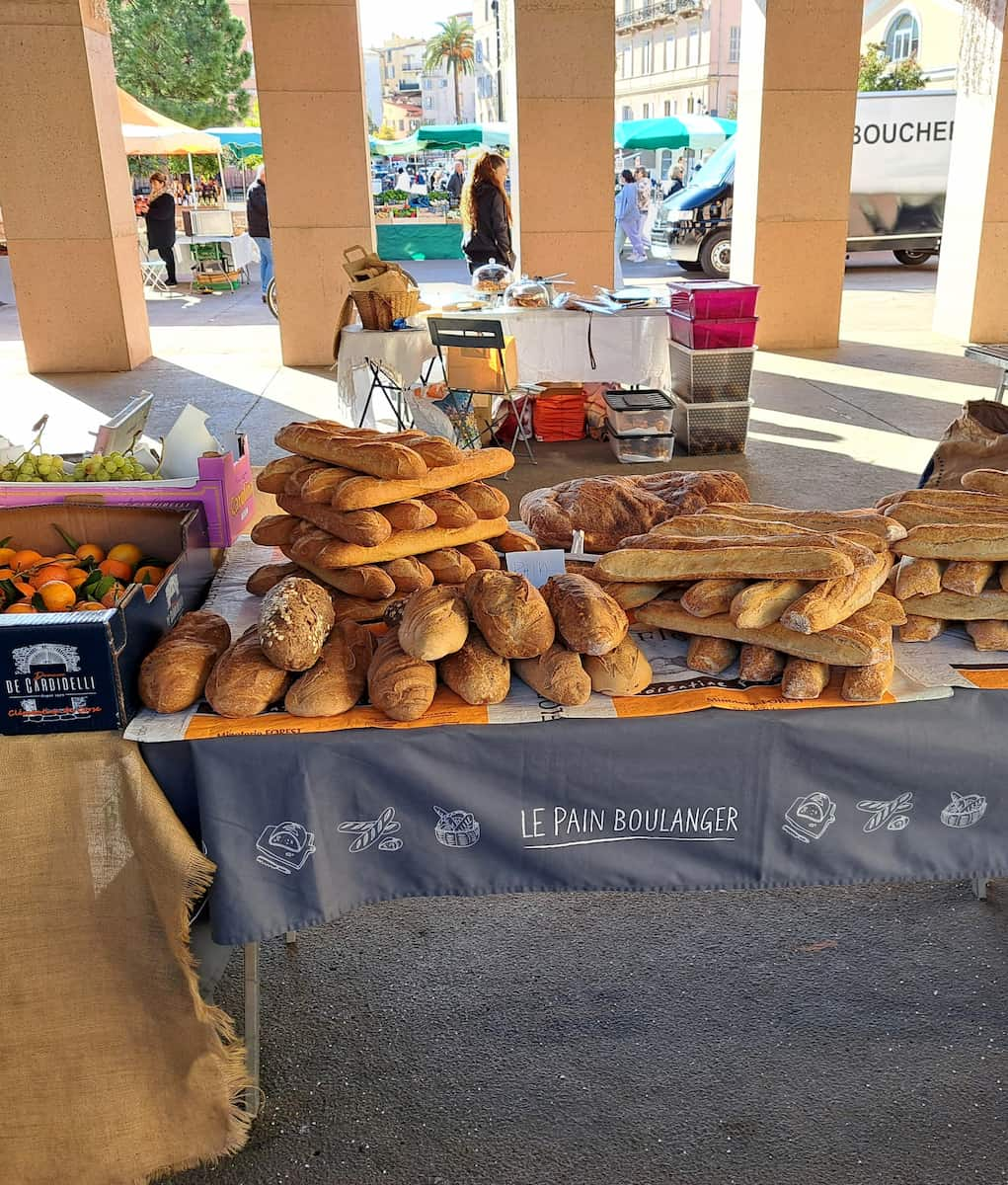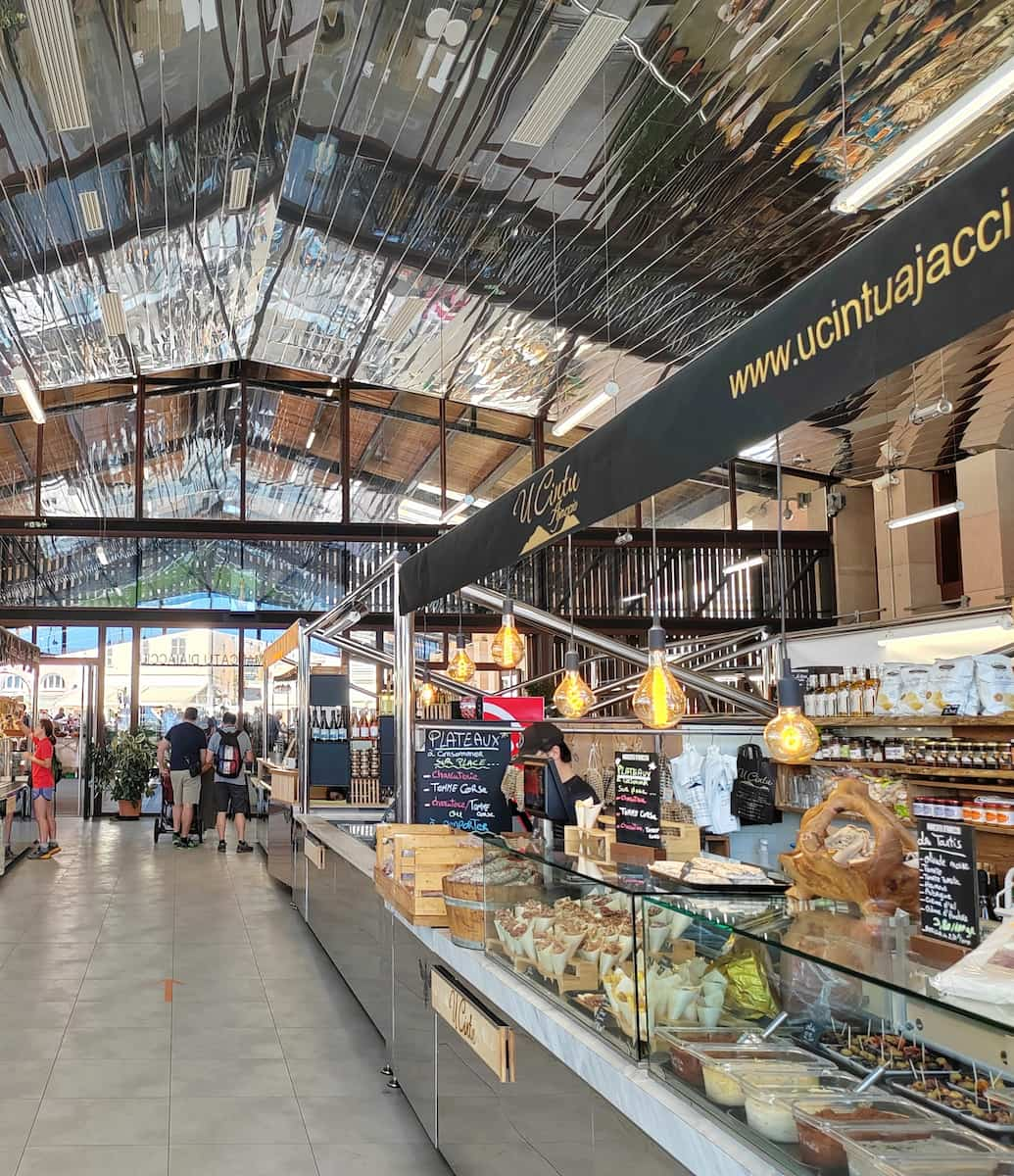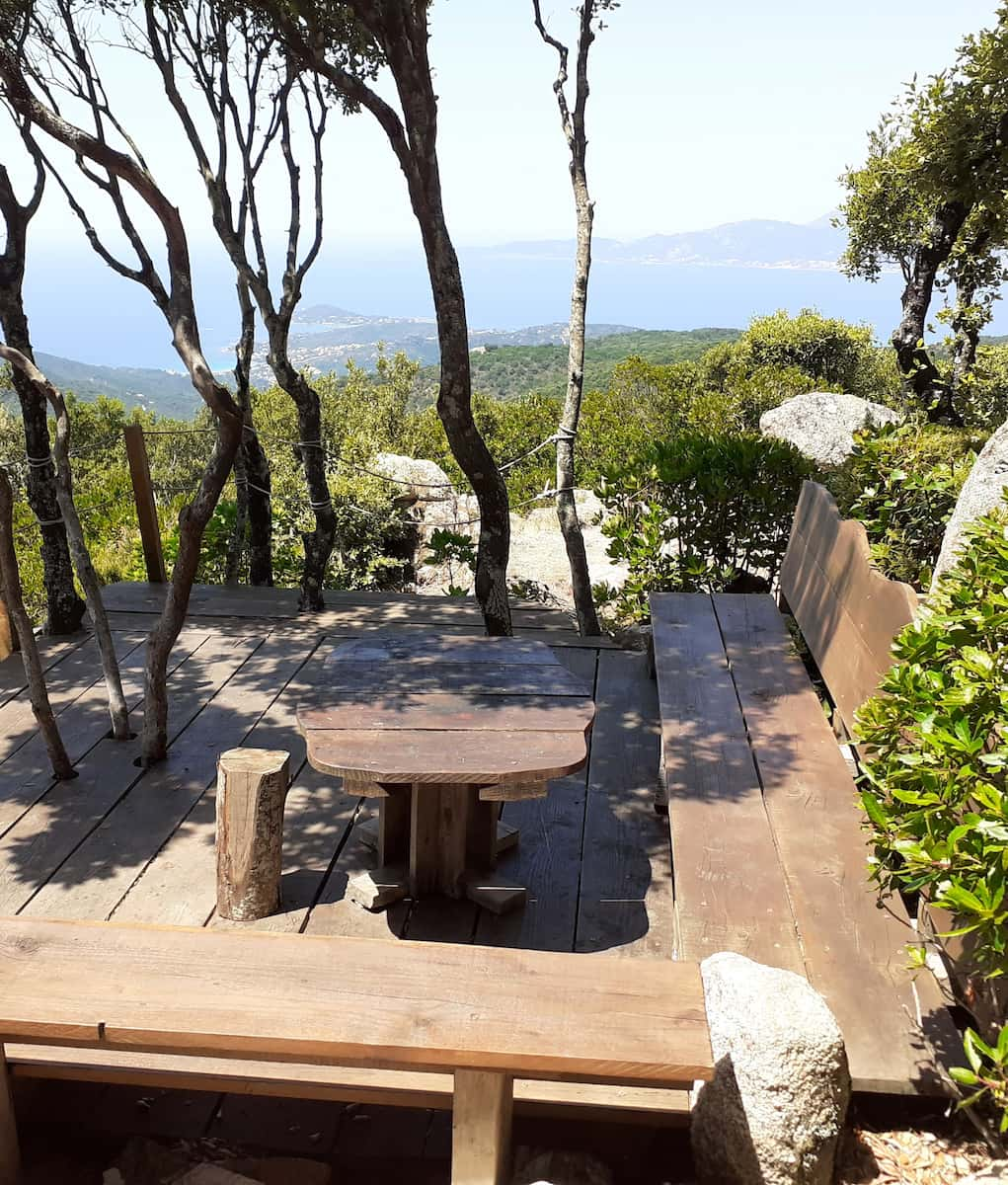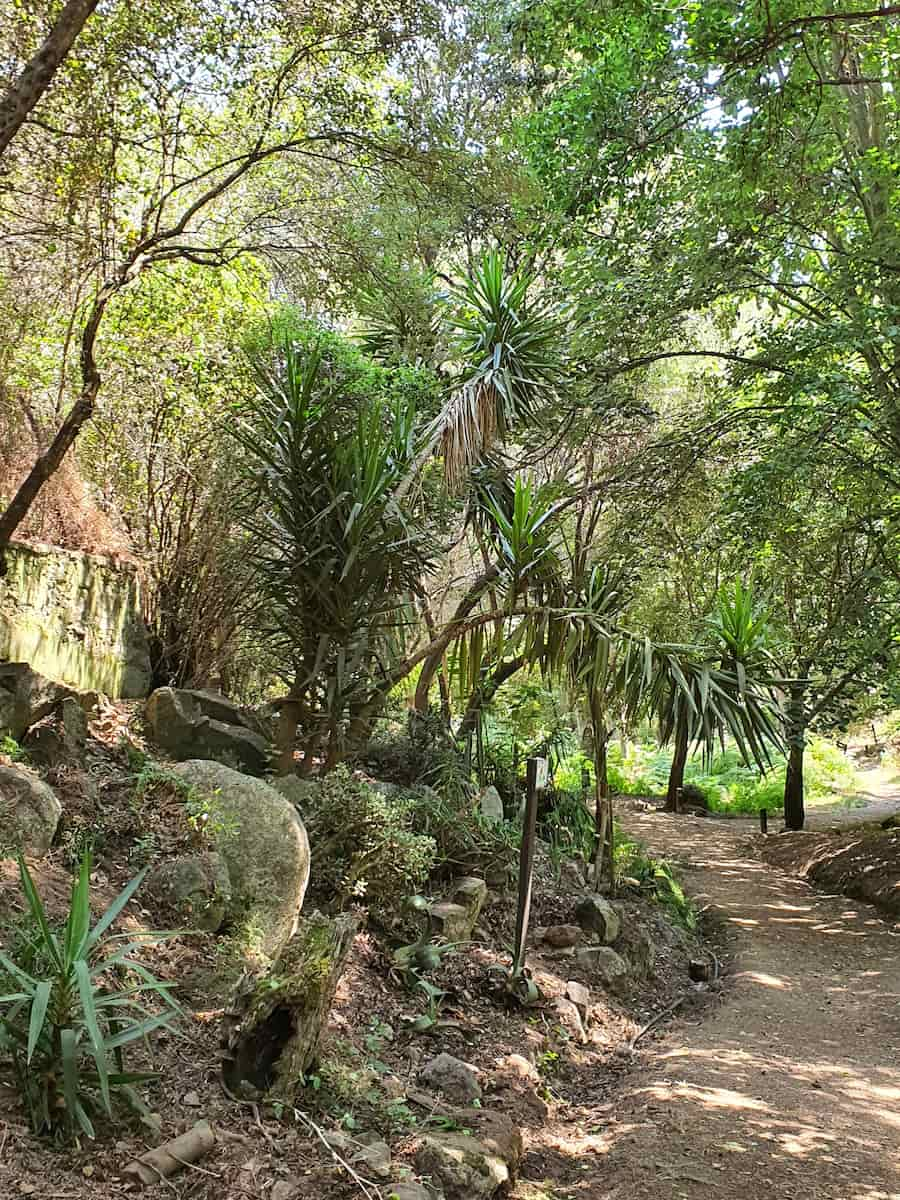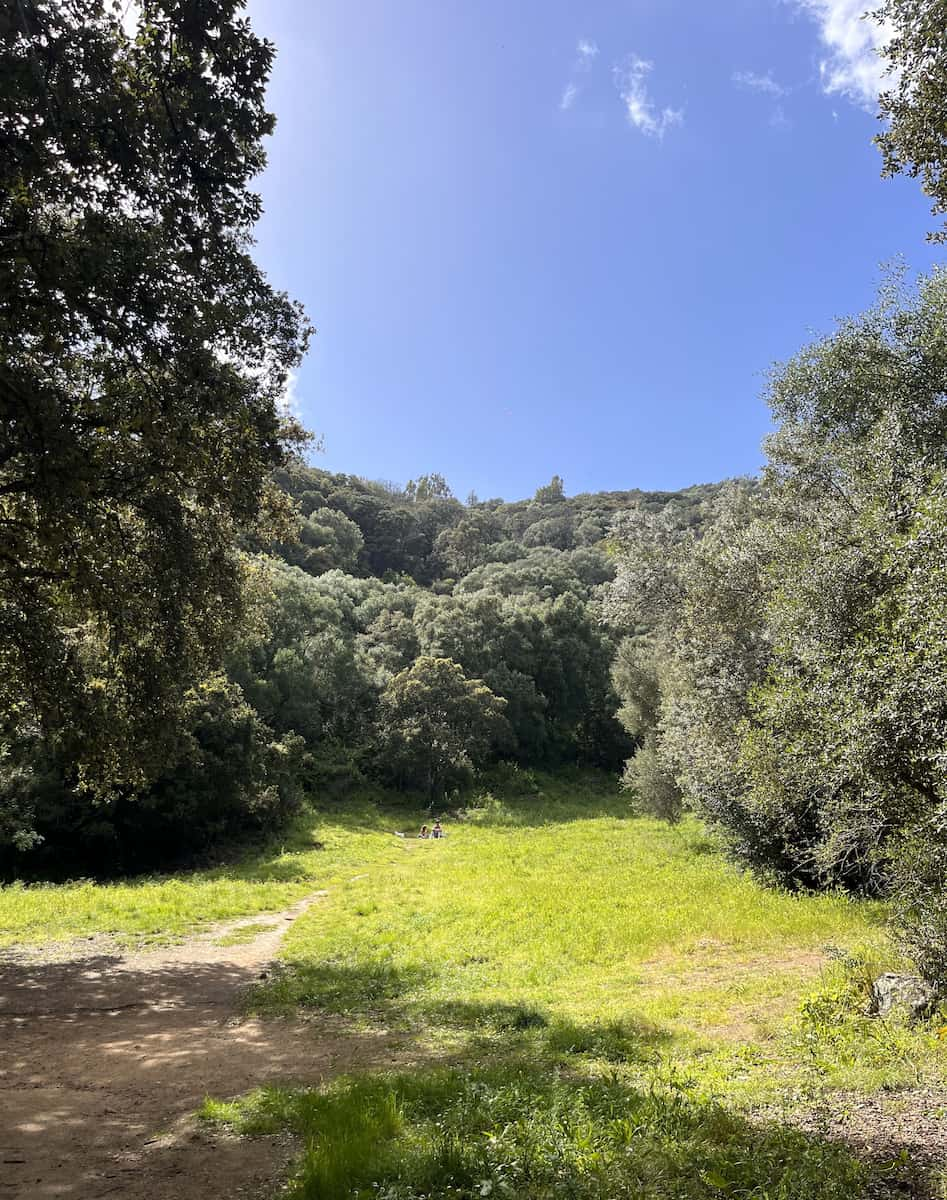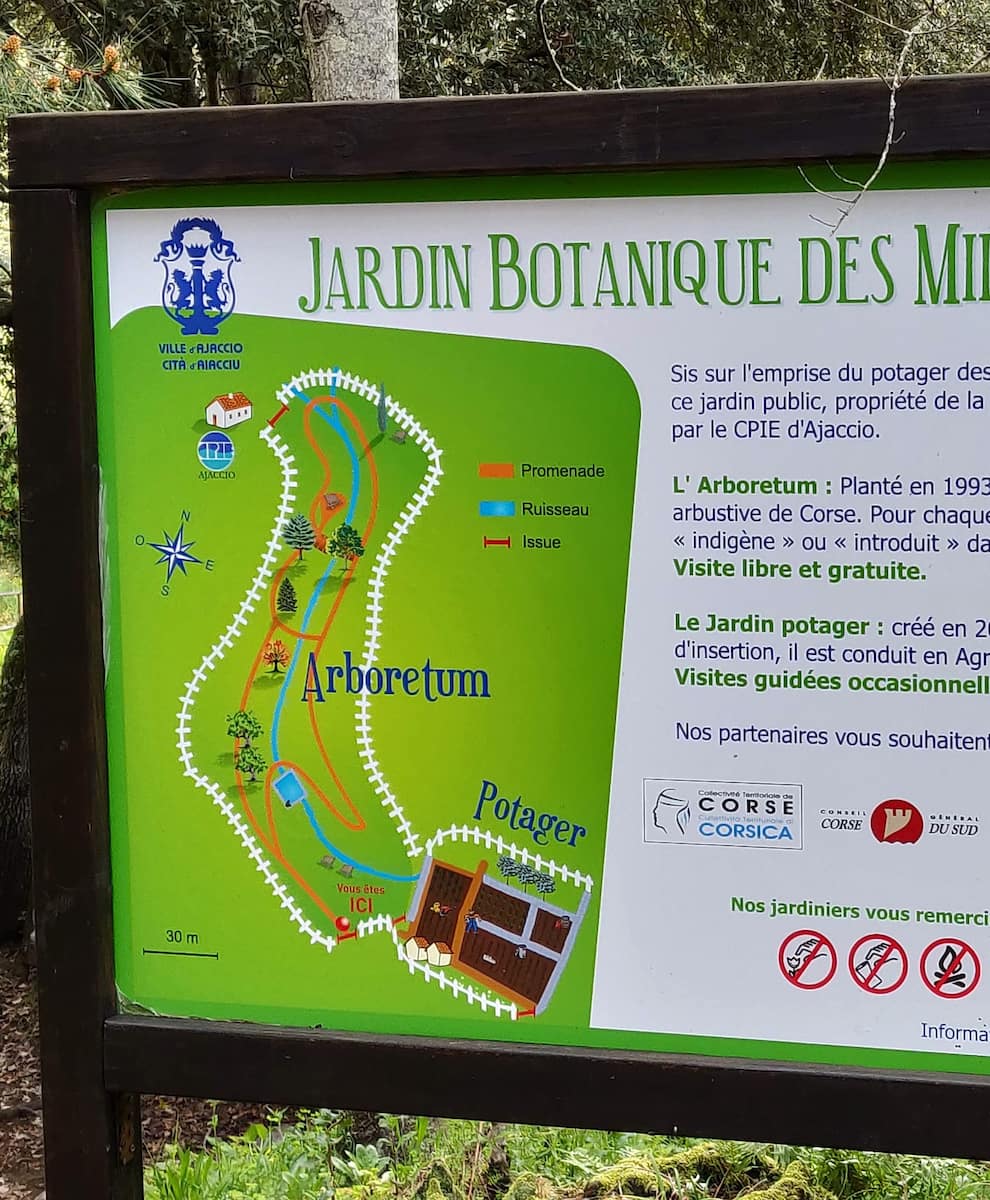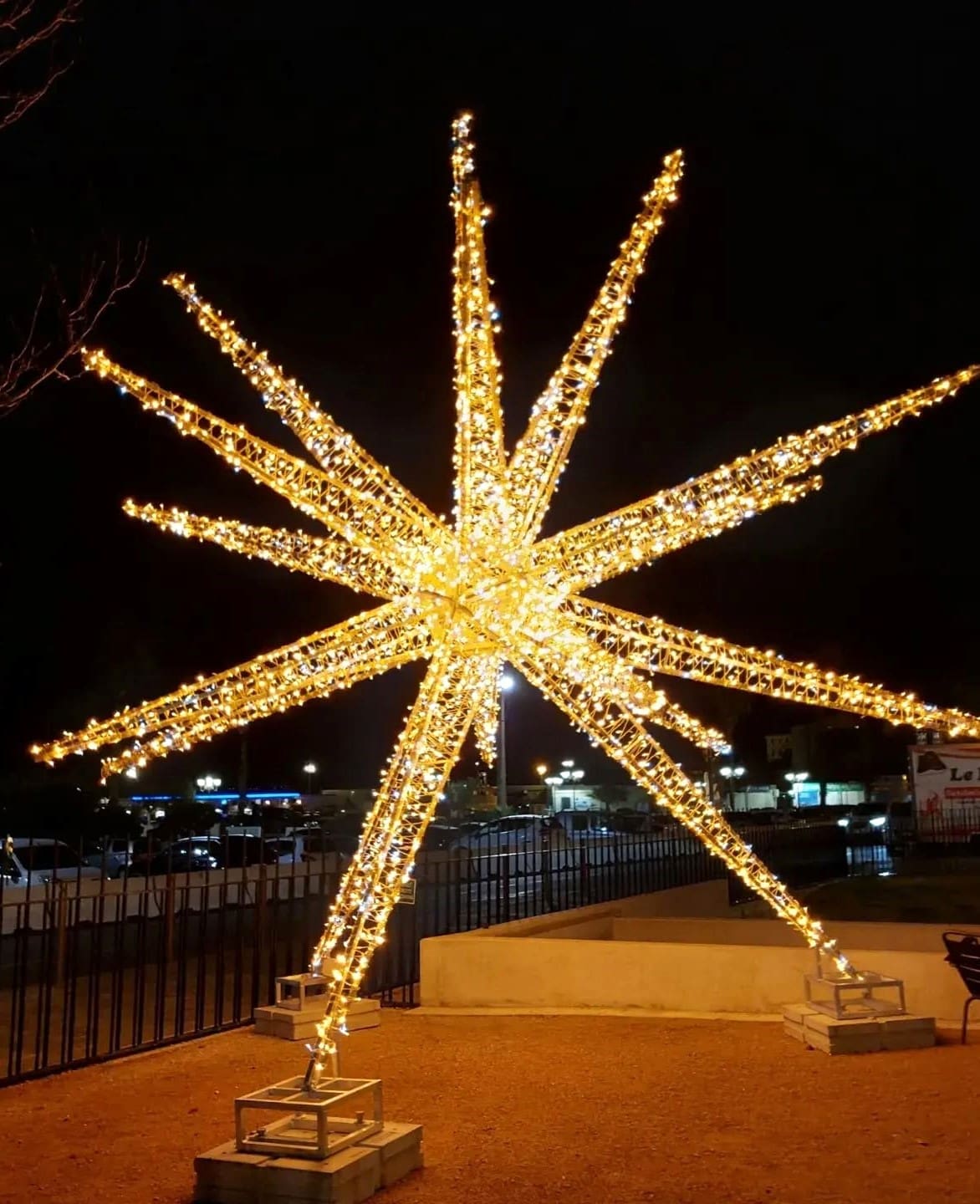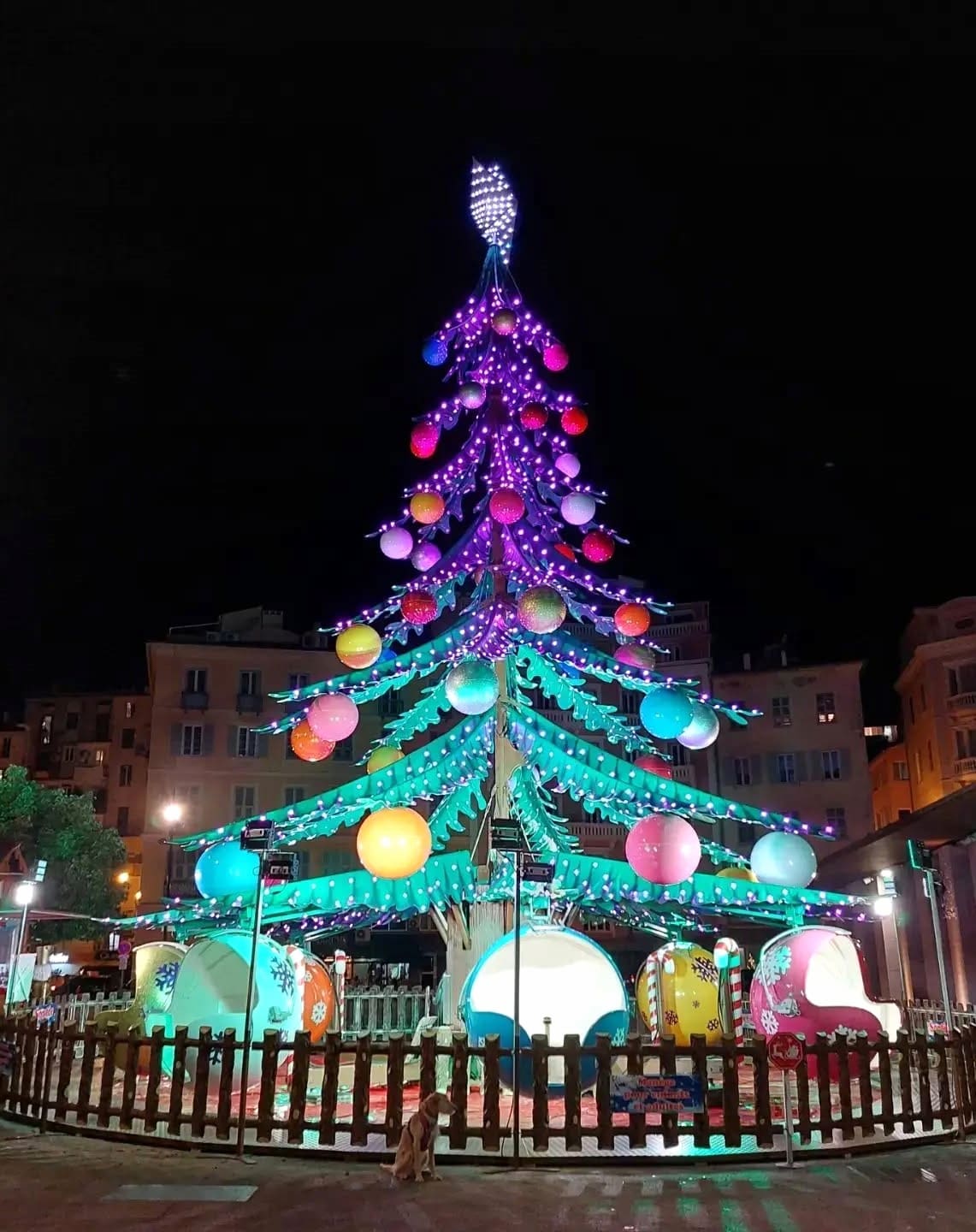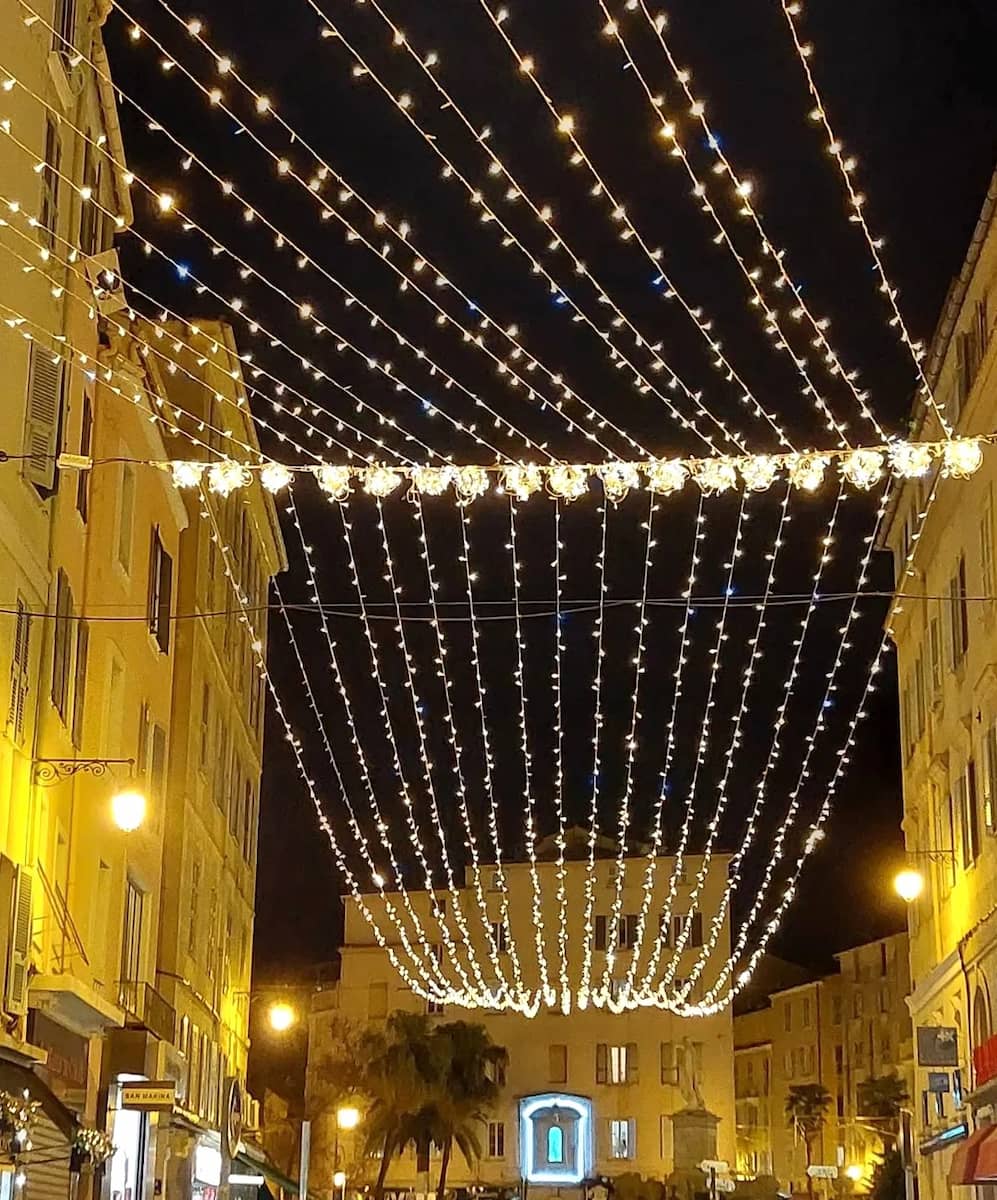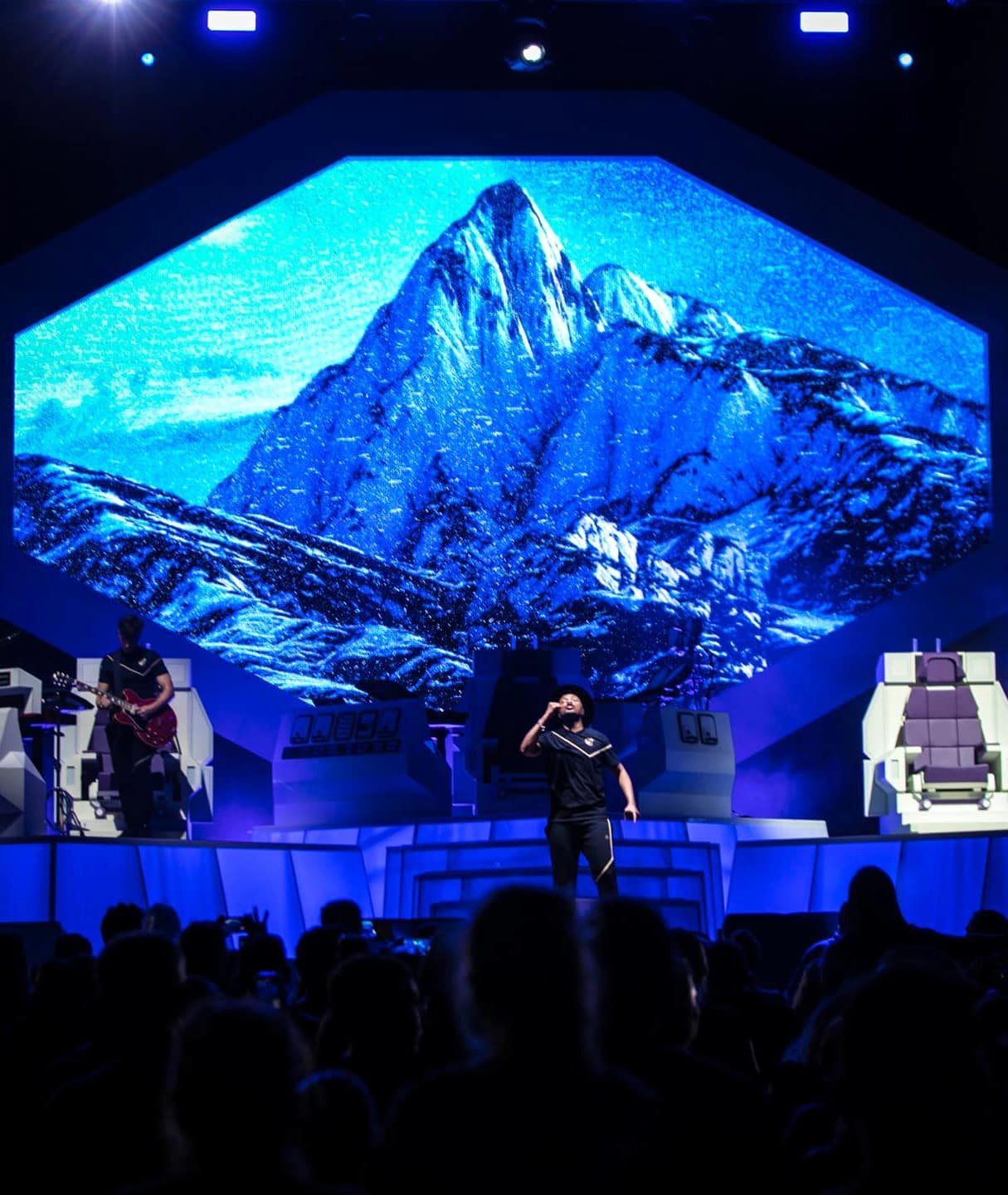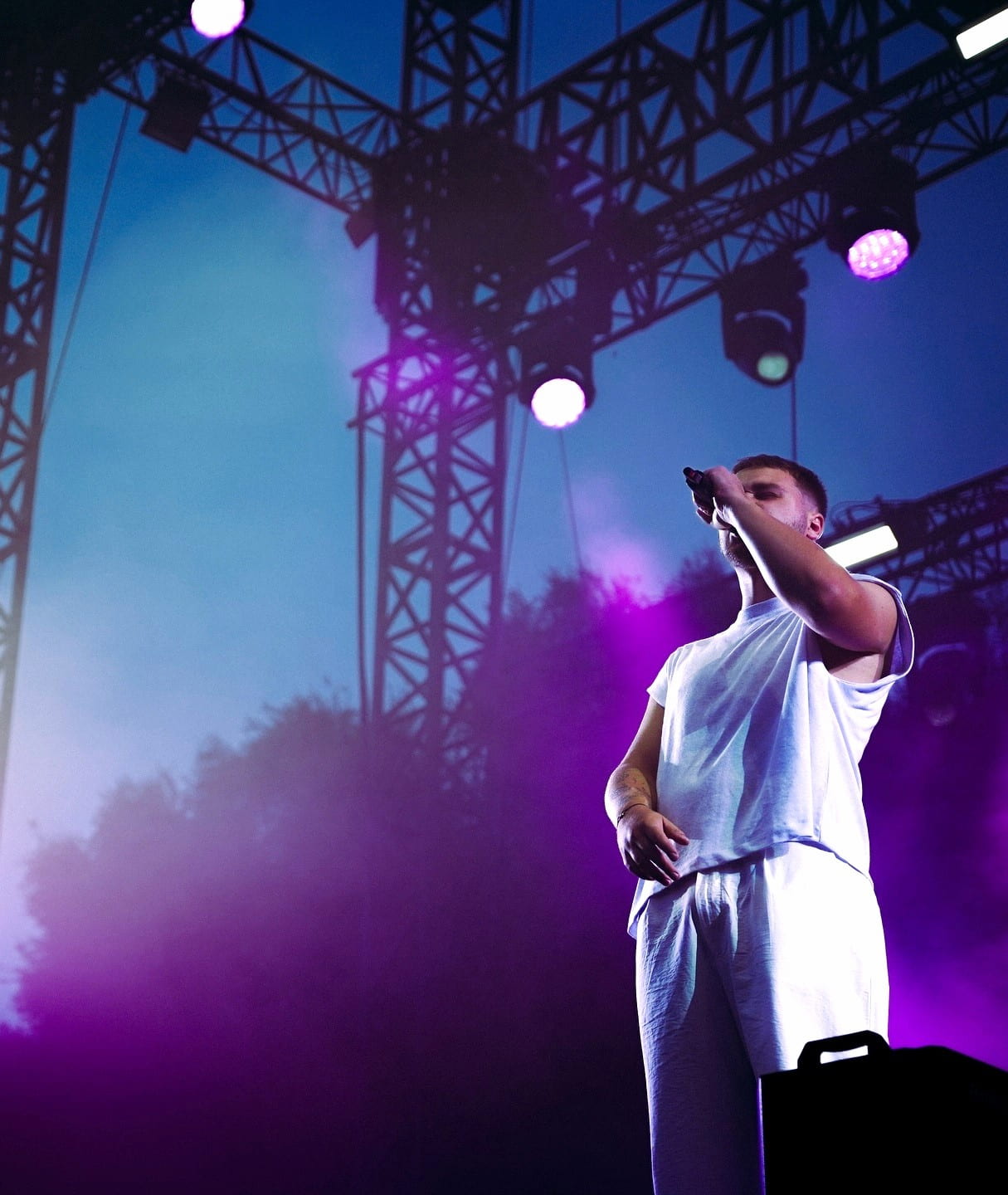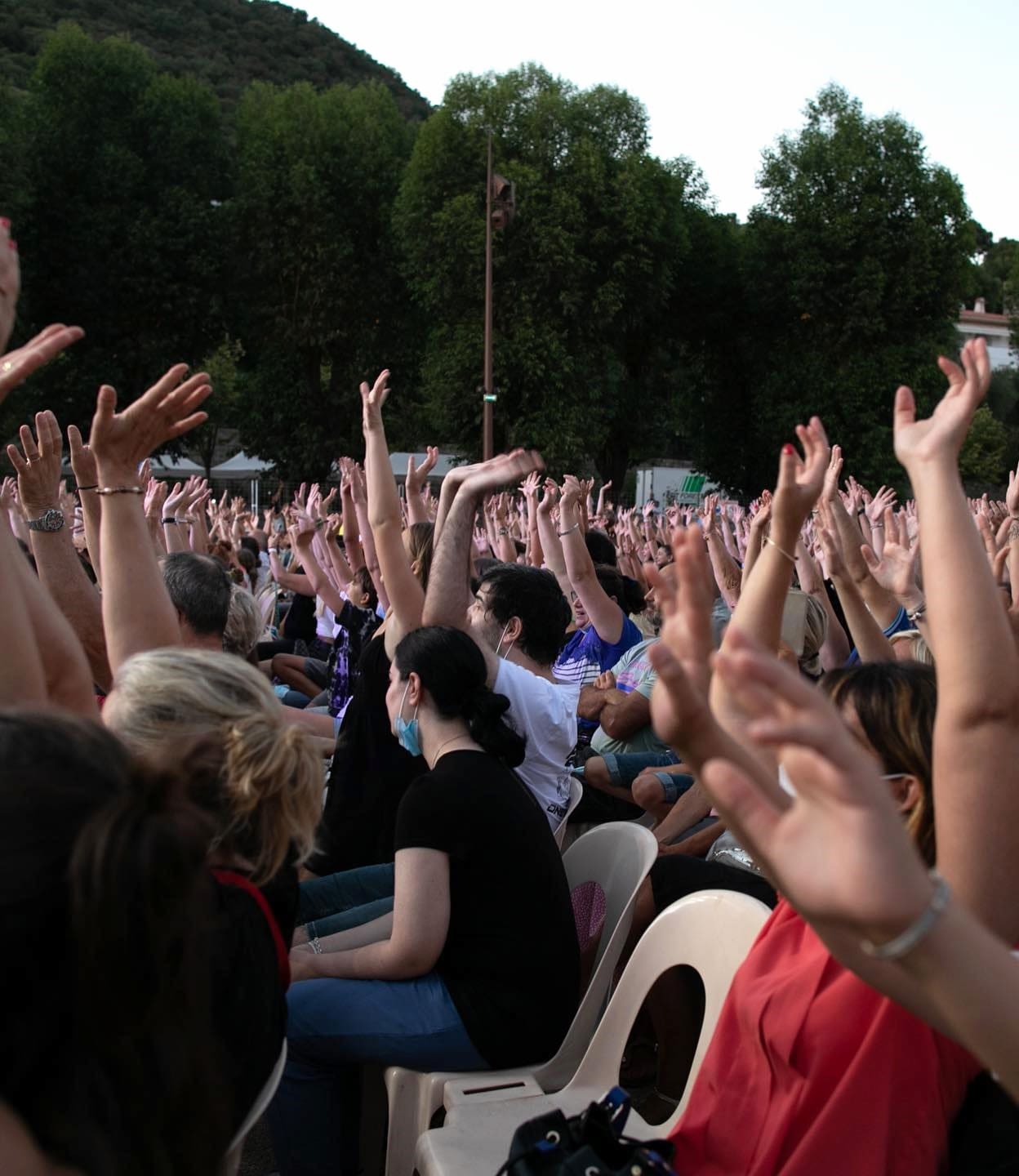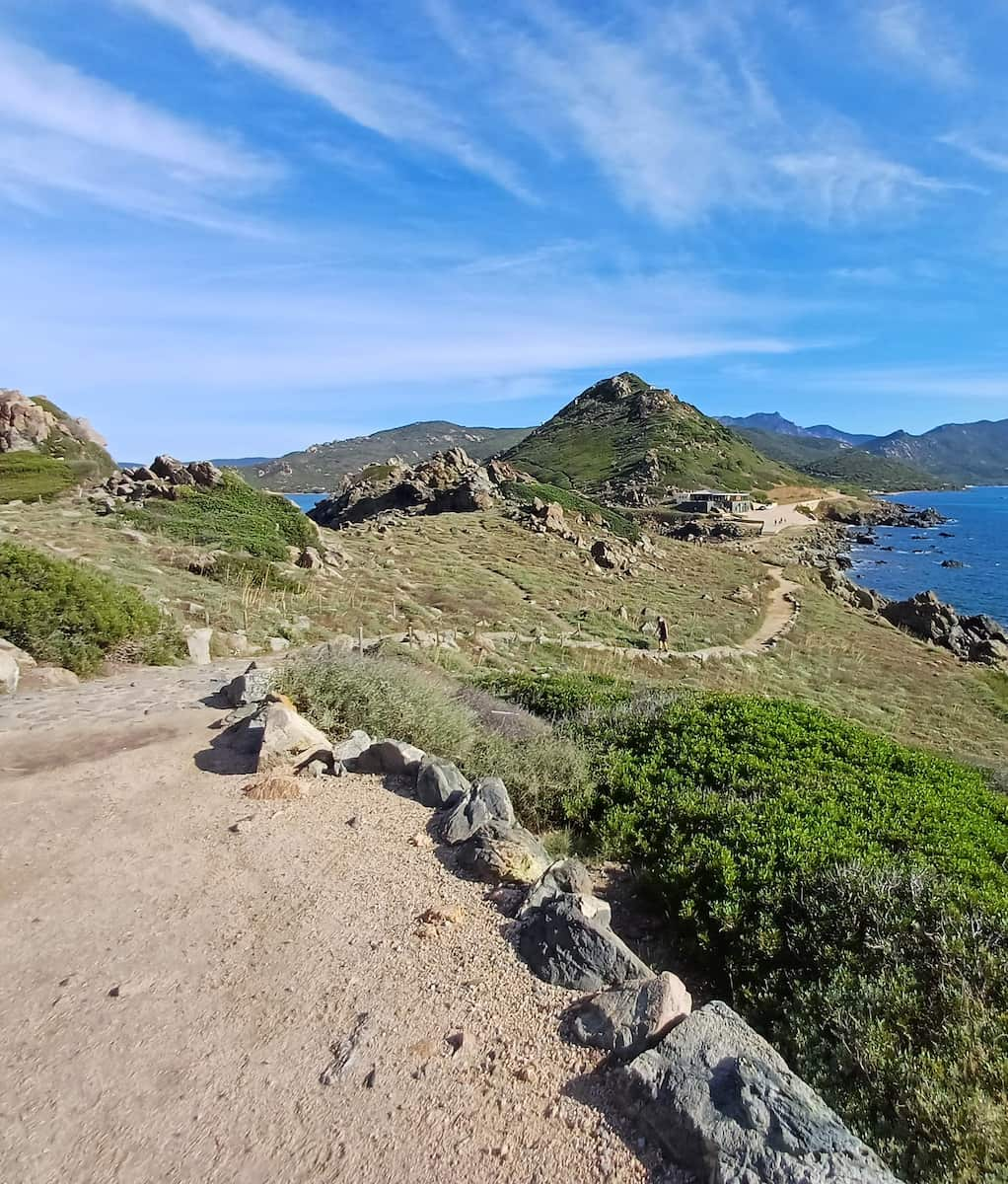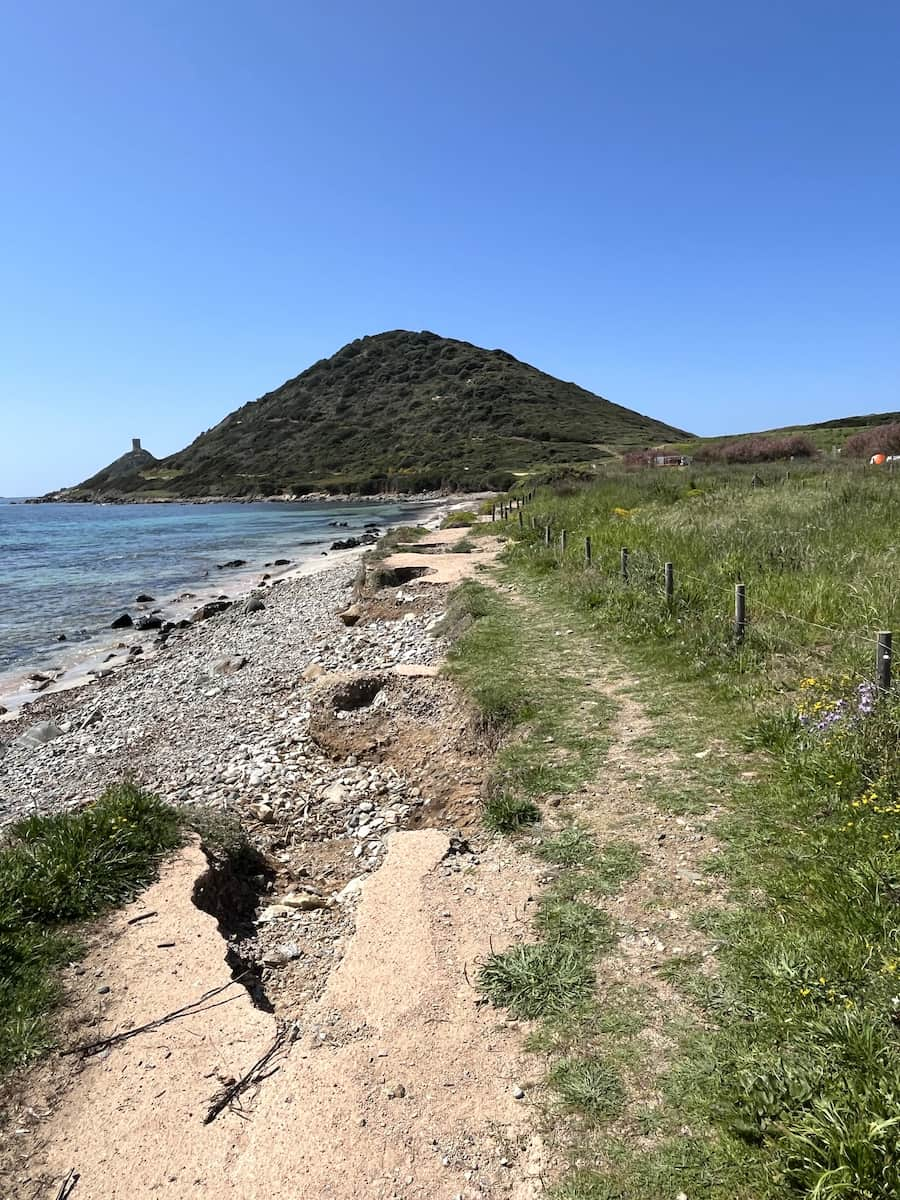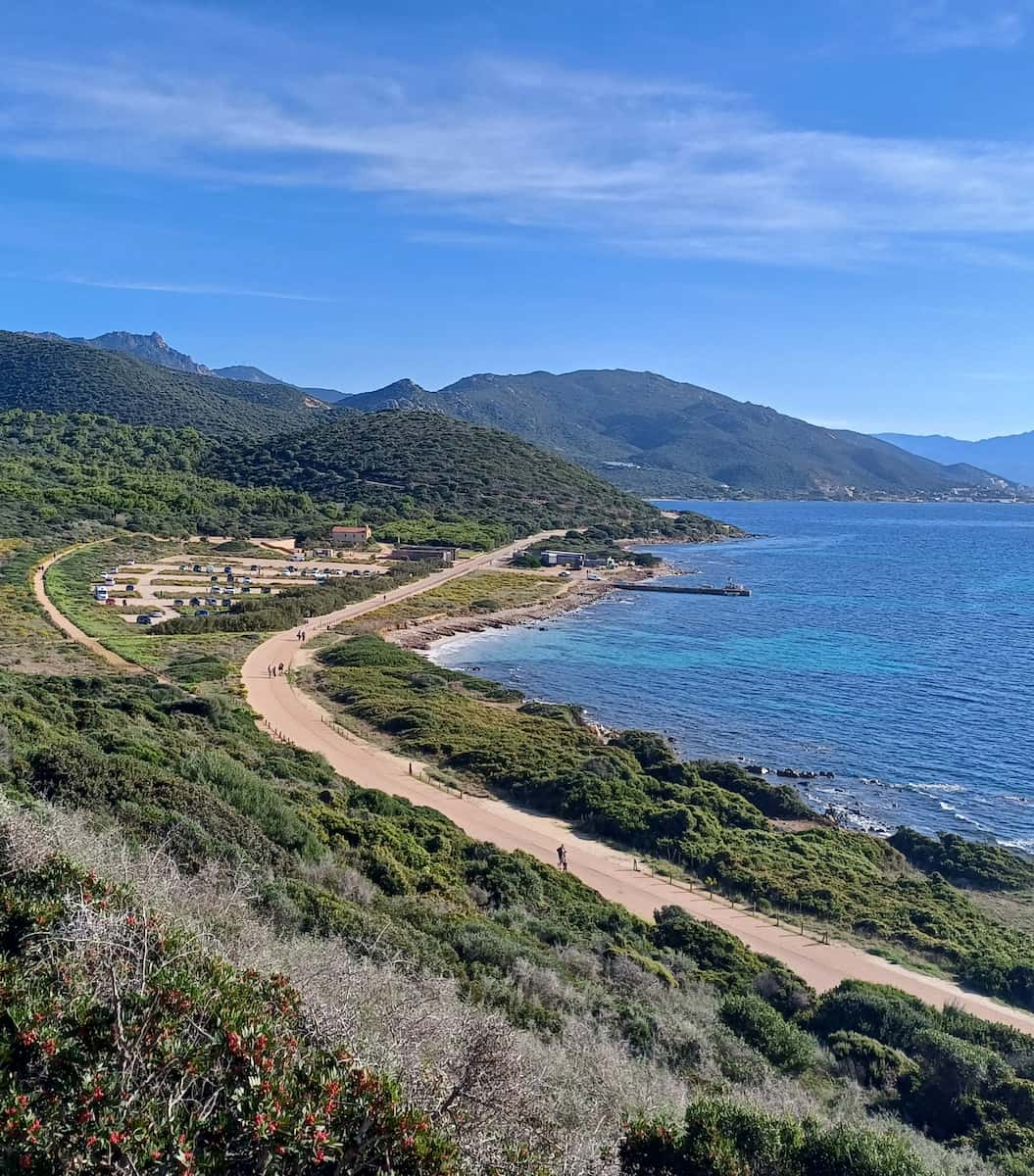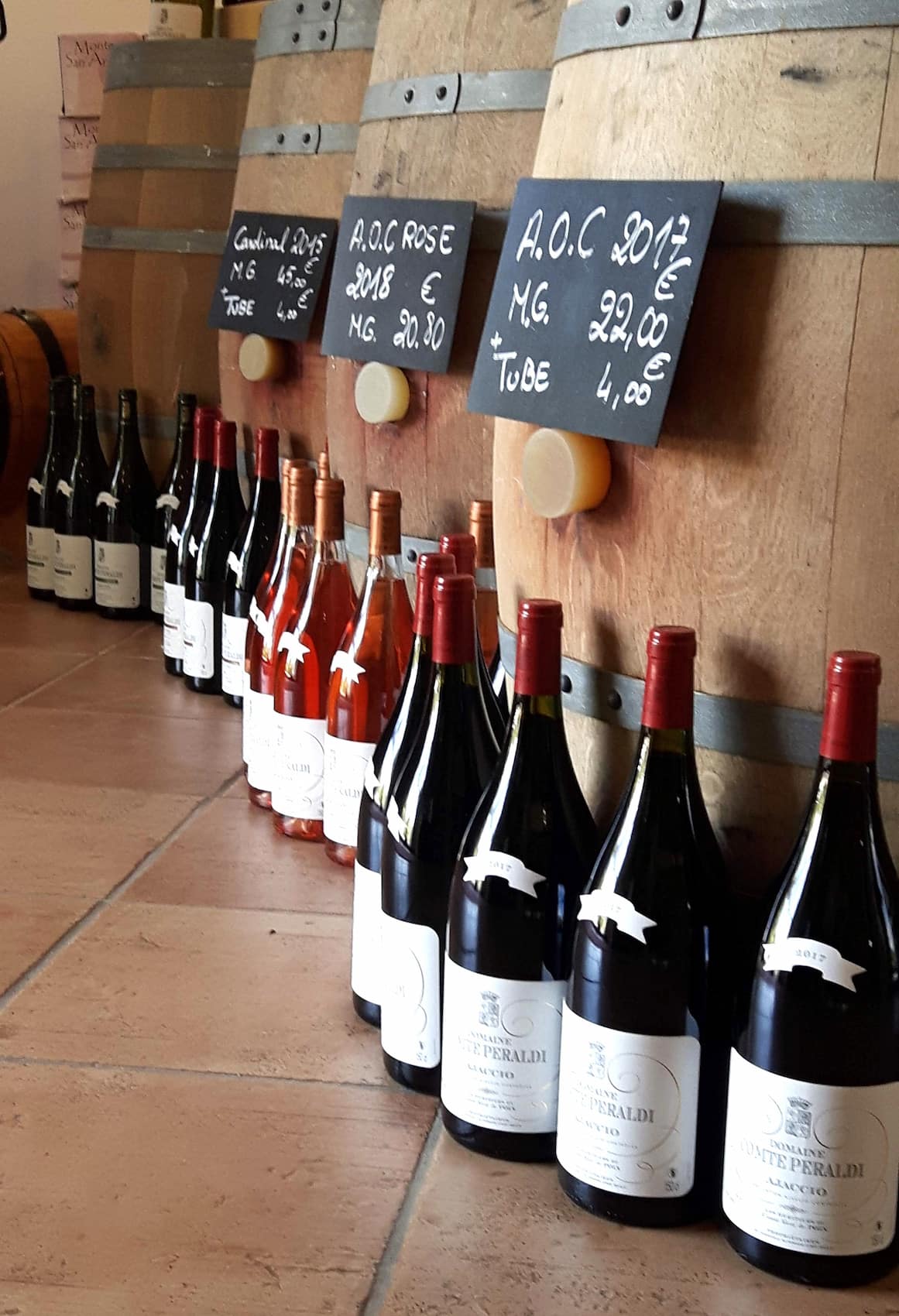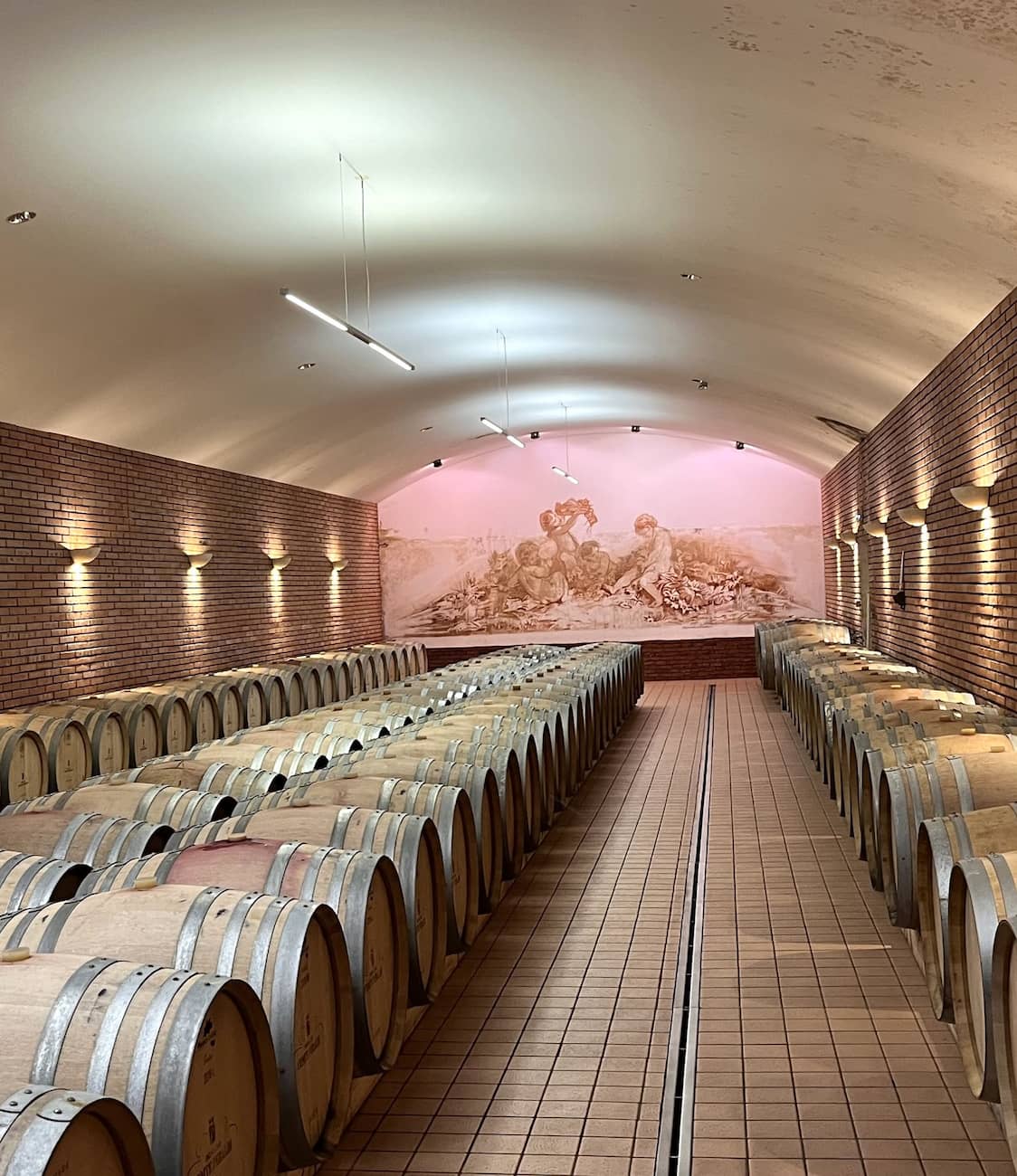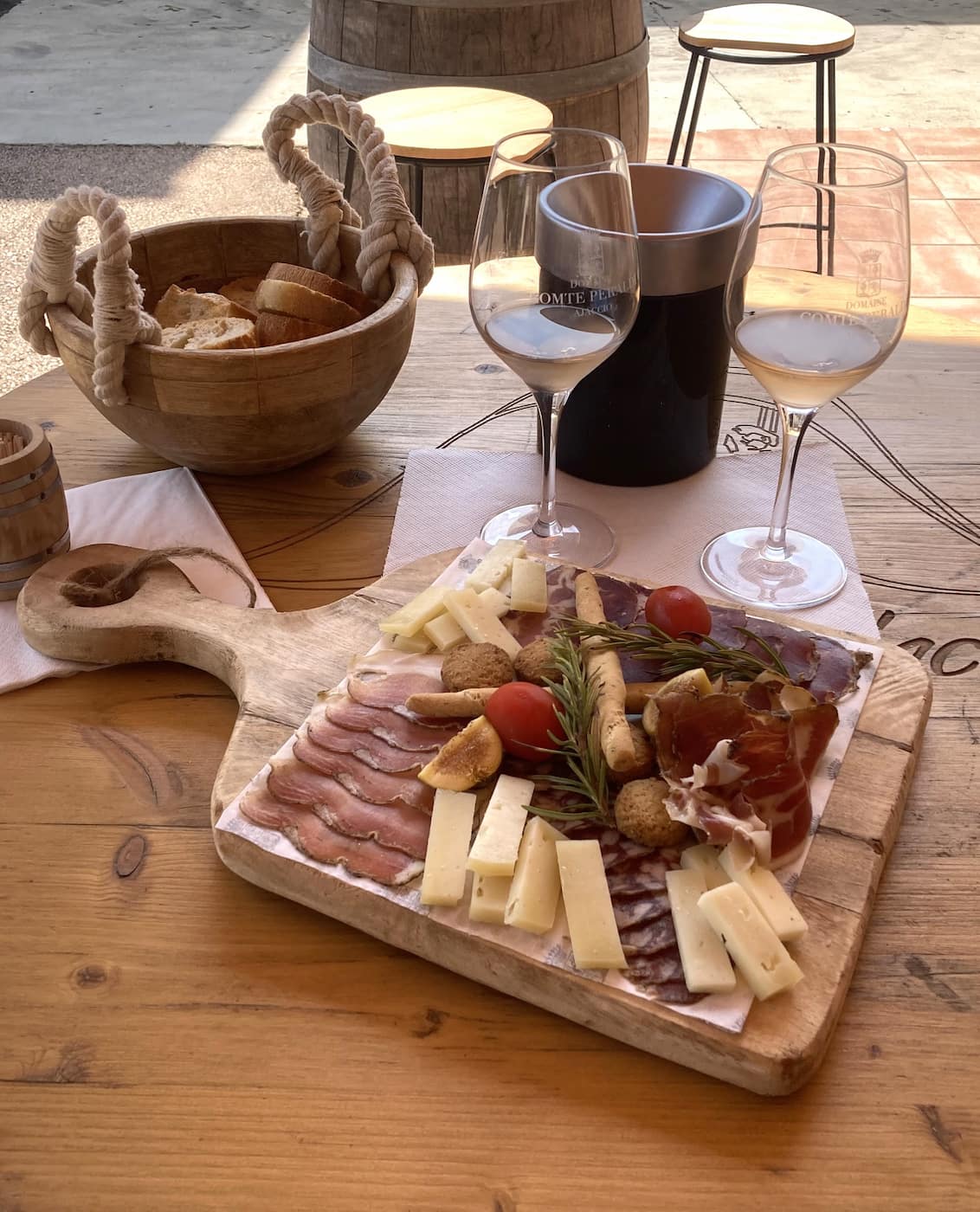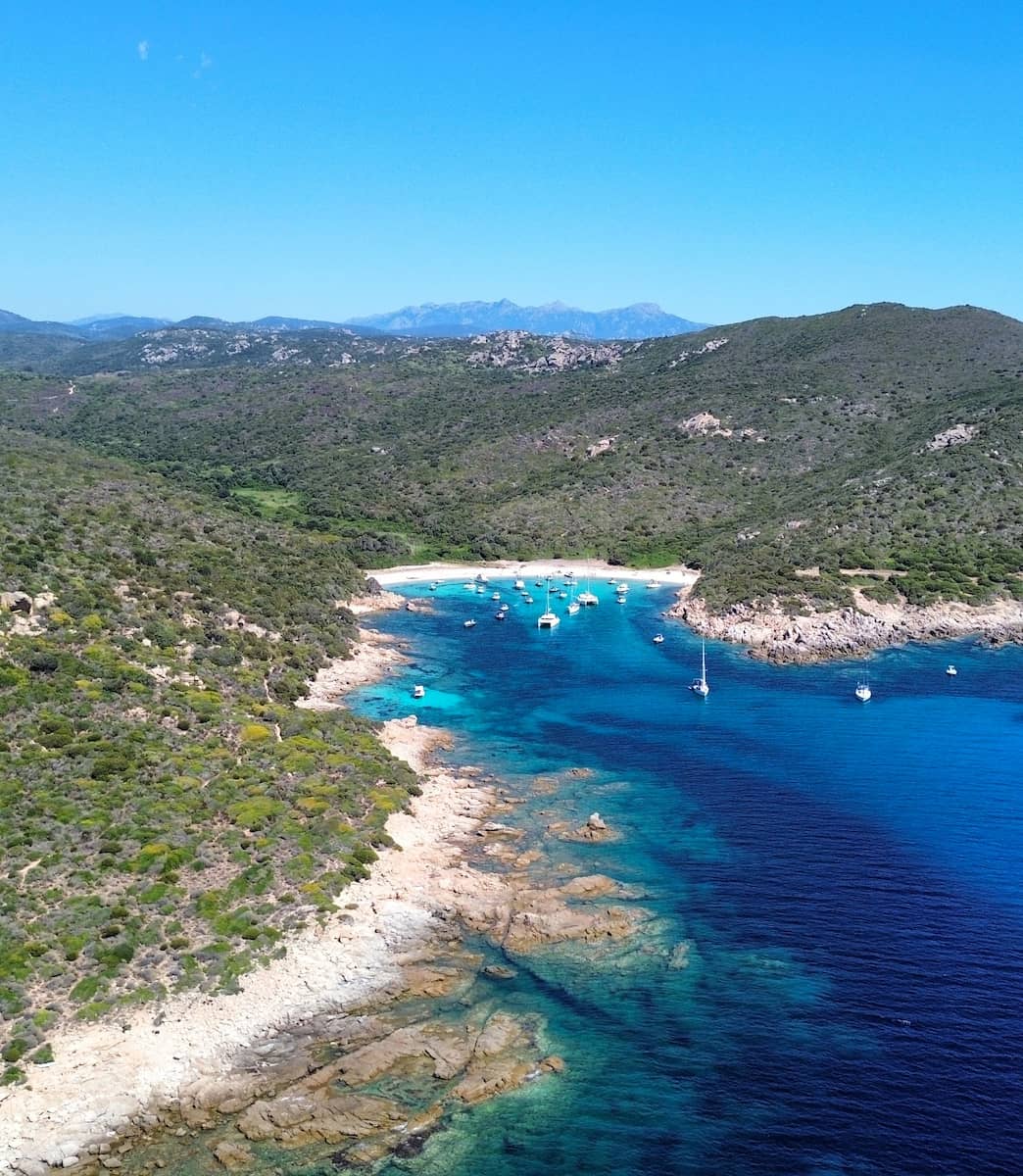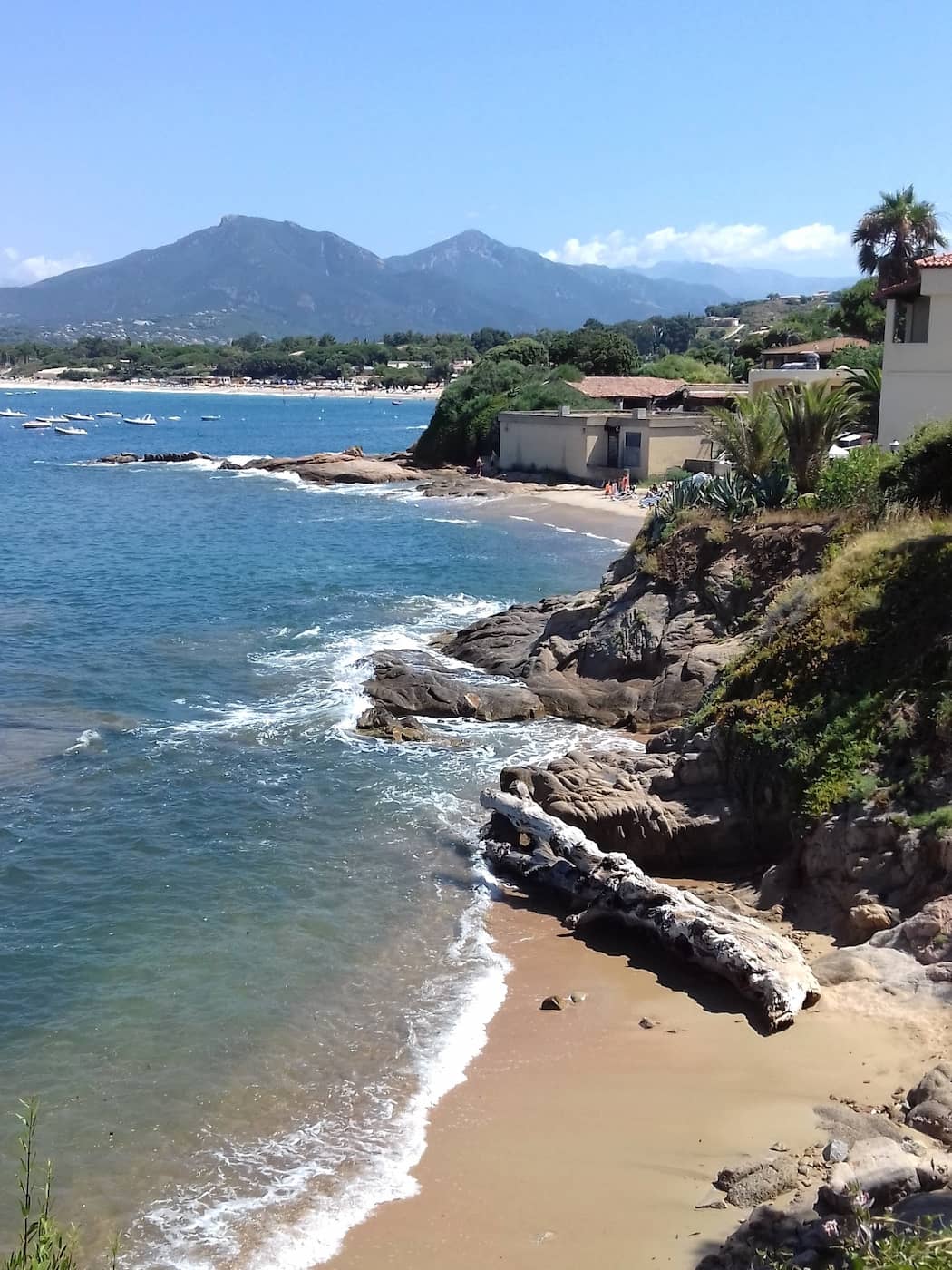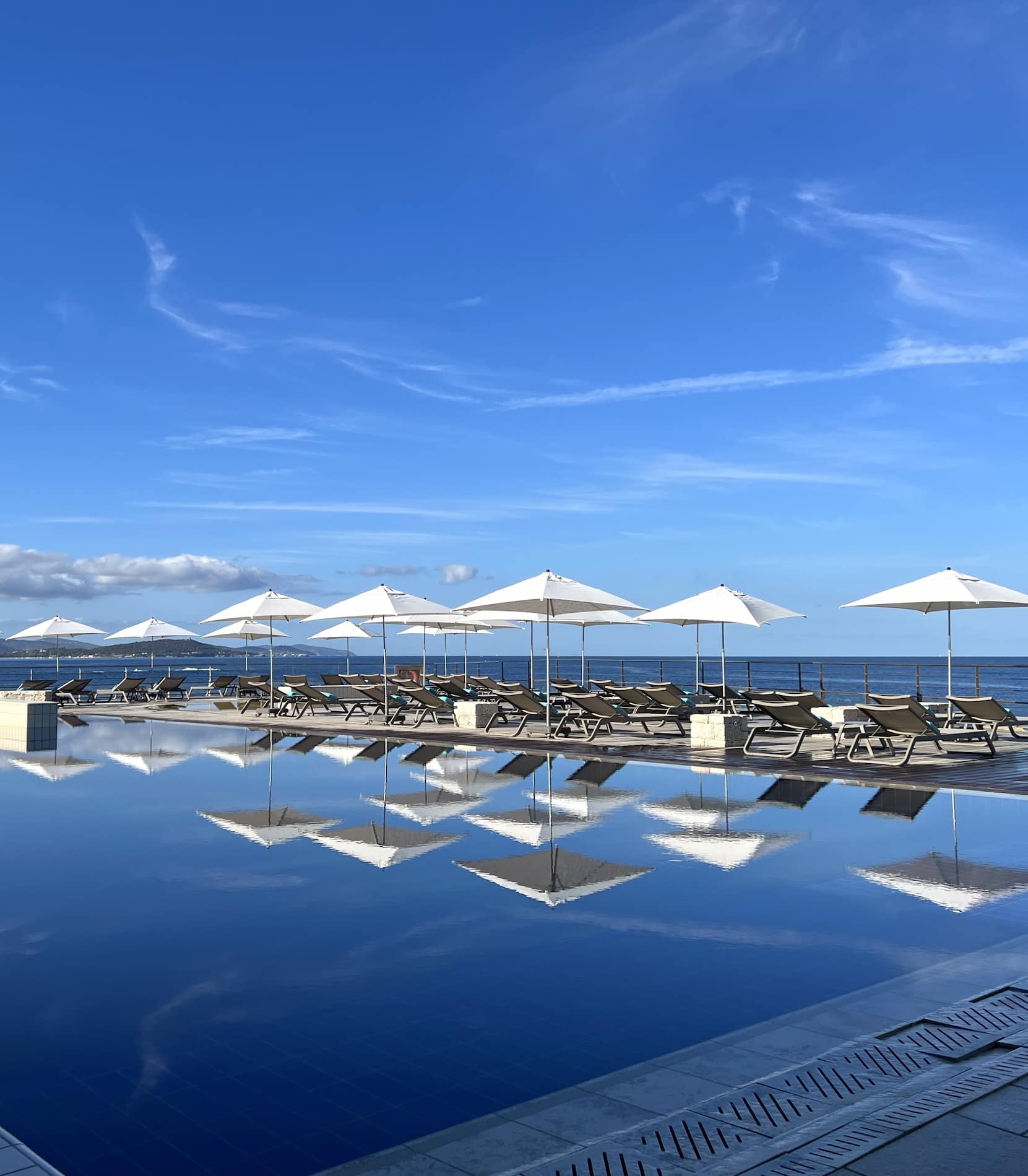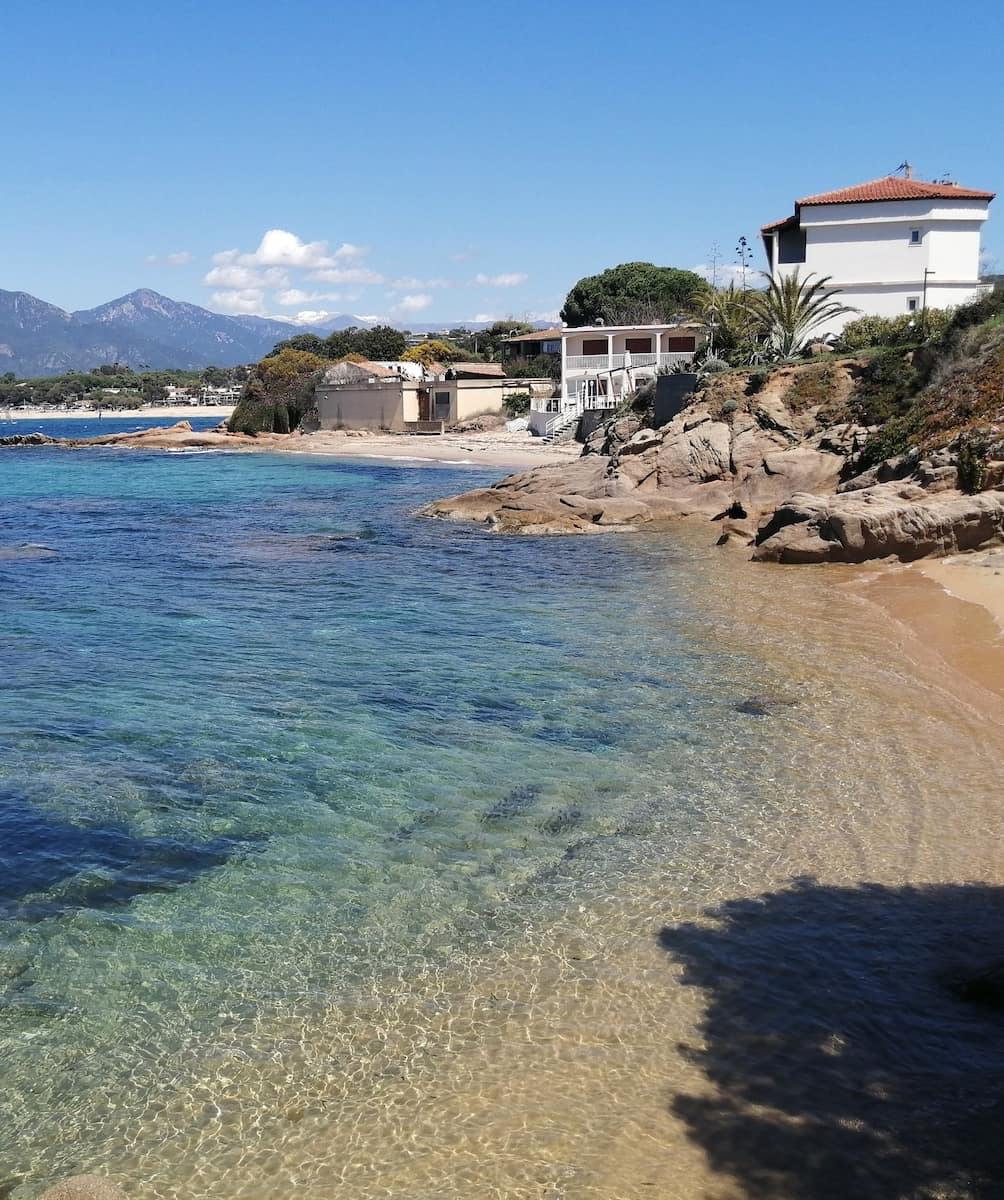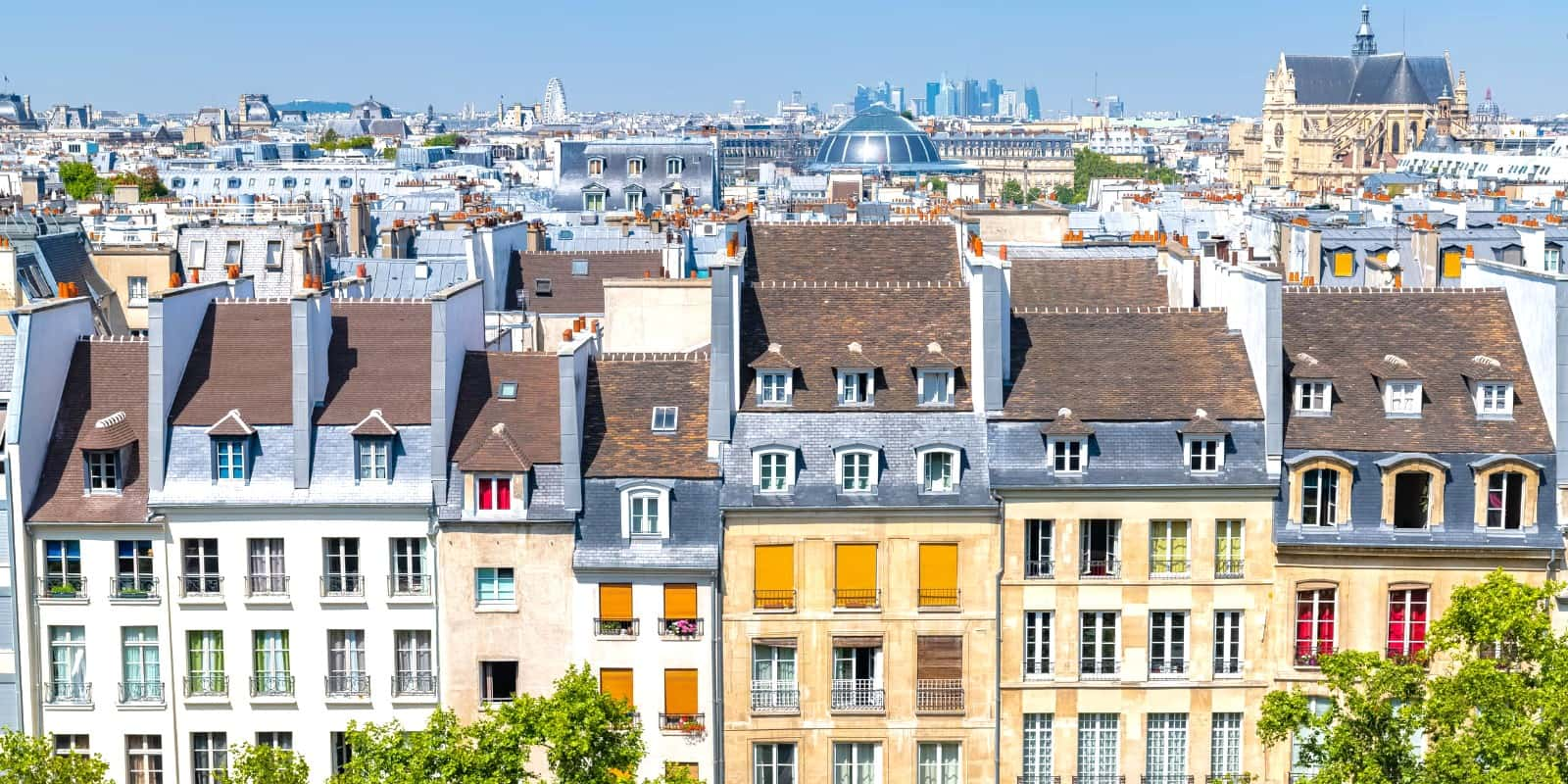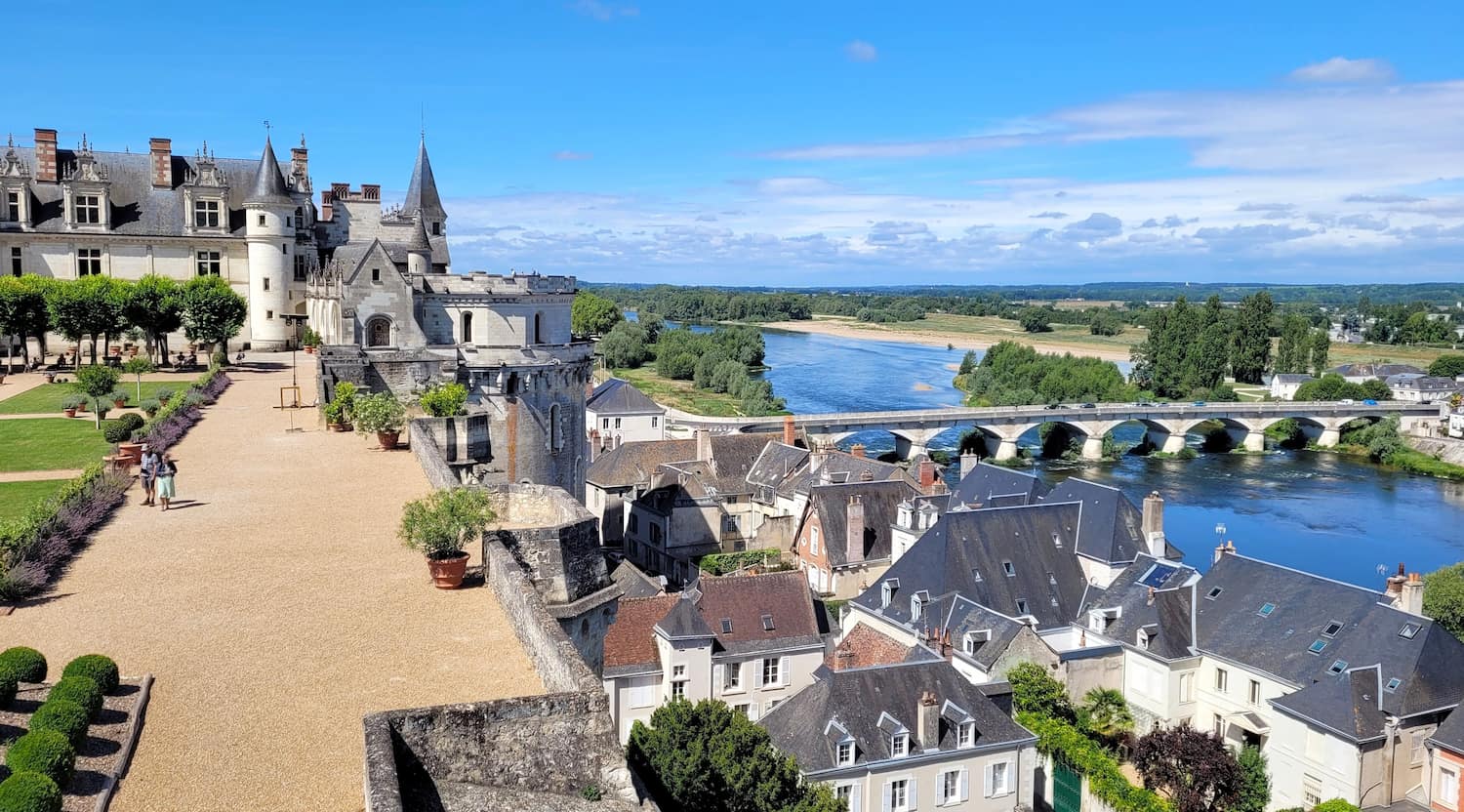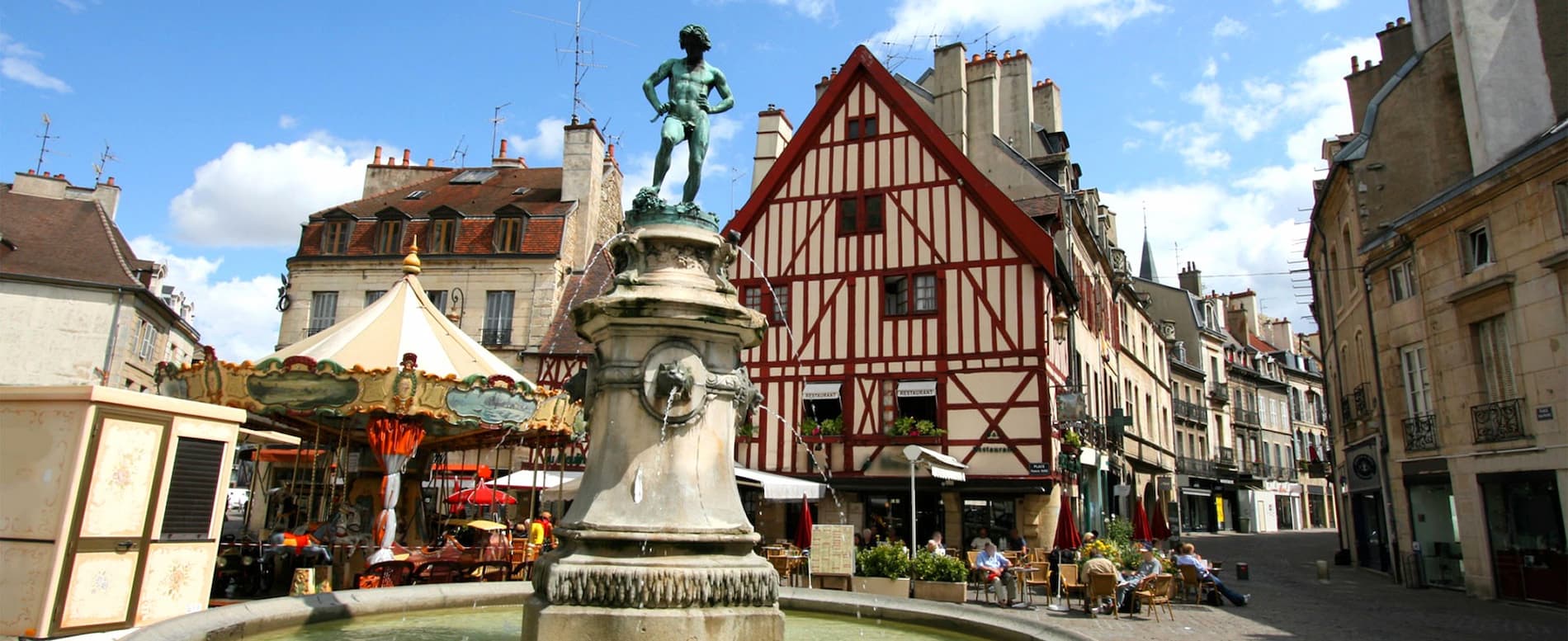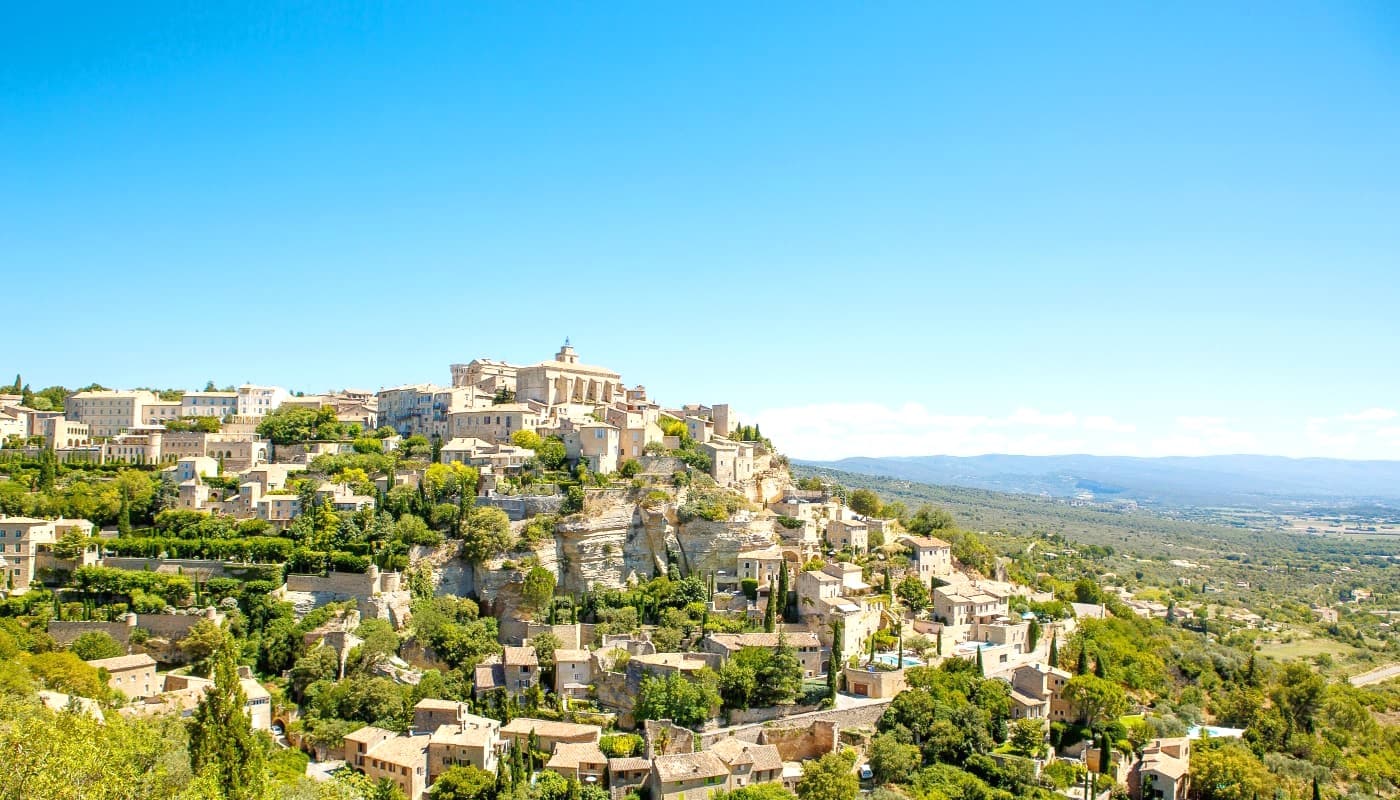Nestled on the western coast of Corsica, Ajaccio combines Mediterranean charm with rich historical significance as the birthplace of Napoleon Bonaparte. This sun-drenched port city welcomes visitors with its palm-lined squares, crystal-clear waters, and a relaxed atmosphere that perfectly captures the island’s unique character between France and Italy.
From exploring Napoleon’s childhood home to sailing along dramatic coastlines, Ajaccio offers experiences to satisfy history buffs, nature lovers, and beach enthusiasts alike. Whether you’re wandering through narrow streets lined with colorful buildings, sampling local delicacies at bustling markets, or watching the sunset paint the Sanguinaires Islands in golden hues, this Corsican gem delivers unforgettable memories at every turn. Join me as I share the 25 best experiences this captivating city has to offer.
🏡 Where to stay in Ajaccio:
- 💎 Luxury Hotel: Best Western Plus Ajaccio Amirauté
- ✨ 5-Star: Sofitel Golfe d'Ajaccio Thalassa Sea & Spa
- 🏨 4-Star: Mercure Ajaccio
- 🛏️ 3-Star: Kallisté
- 💸 Cheap: Hotel le Dauphin
- 🏢 Apartament: BRILOC AJACCIO centre ville
- 👨👩👧👦 For Families: Hôtel Le Week end
- 🏩 For Couples: Hotel San Carlu Citadelle Ajaccio
👩🏻 Best Guided Tours:
- Ajaccio: Town Highlights and Coast Open-Top Bus Tour from € 25 (⭐ 4.7/5)
- Ajaccio Sightseeing Tour from € 30 (⭐ 4.8/5)
- Ajaccio: Napoleon's Cave Experience with Corsican Meal from € 65 (⭐ 4.9/5)
- Ajaccio/Porticcio: Sanguinaires Islands Sunset Tour&Aperitif from € 45 (⭐ 4.6/5)
Best Things to Do in Ajaccio, France
1. Maison Bonaparte – Napoleon’s Birthplace
Historical gem. Walking through the unassuming entrance of Maison Bonaparte in the heart of Ajaccio, I felt an immediate connection to Corsican history. This ochre-colored building witnessed Napoleon’s birth on August 15, 1769, and remains the most visited museum in Corsica.
Family legacy. The Bonaparte residence offers a fascinating glimpse into Napoleon’s early years through period furnishings and family portraits. I was particularly moved seeing the actual room where the future emperor was born, with its original 18th-century decorations preserved.
Practical details. The museum is open daily except Mondays. From April to September, hours are 10am-12:30pm and 1:15pm-5:30pm (last entry 5pm). Winter hours (October-March) are slightly shorter, closing at 4:30pm.
| Ticket Type | Price |
|---|---|
| Full price | €7 |
| Concession | €5 |
| Groups (10+) | €5 per person |
| EU residents under 26 | Free |
Visitor tips. I recommend visiting early morning to avoid the summer crowds when nearly a thousand visitors arrive daily. The museum doesn’t require reservations for individuals, but groups must book in advance through their website.
Cultural immersion. As I wandered through the rooms arranged in rows with traditional tile flooring, I felt transported back to 18th-century Corsica. The house expanded as the family’s prominence grew, reflecting their rising status in Corsican society.
2. Musée Fesch and Imperial Chapel
Art treasure. The Palais Fesch-musée des beaux-arts houses one of France’s finest collections of Italian Renaissance masterpieces. I spent hours admiring works by Botticelli, Titian, and Veronese across the 27 exhibition rooms displaying over 400 artworks.
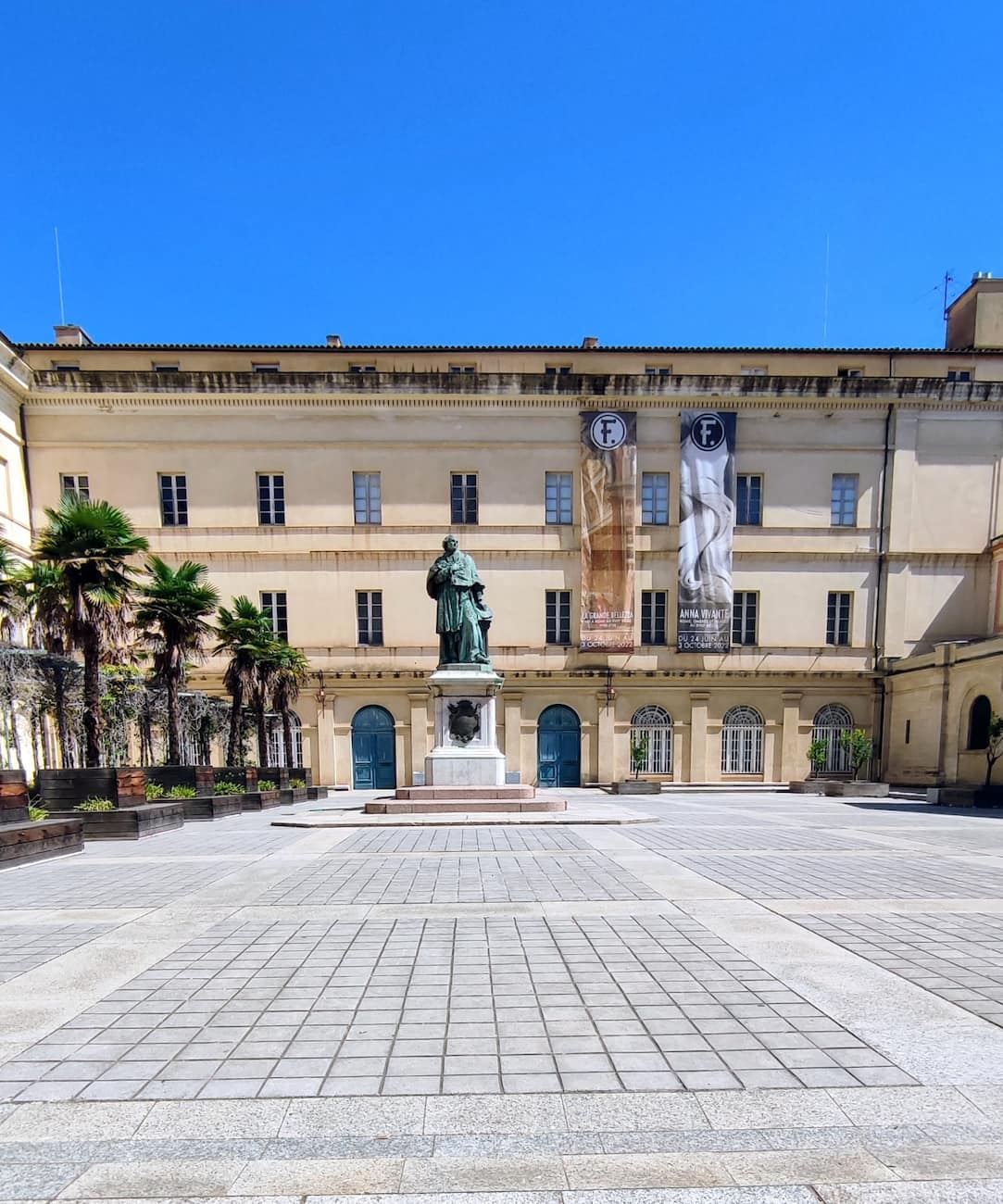
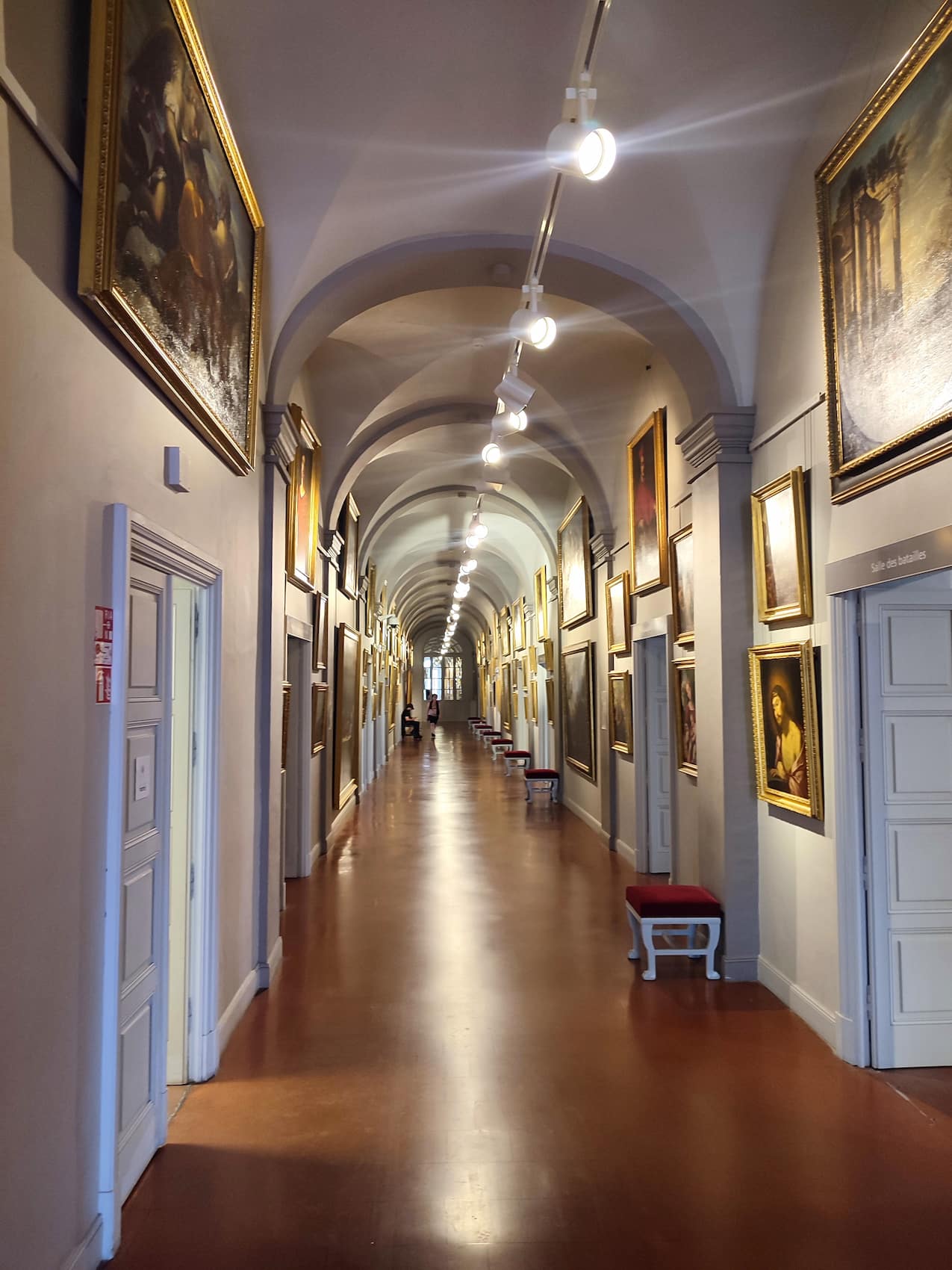
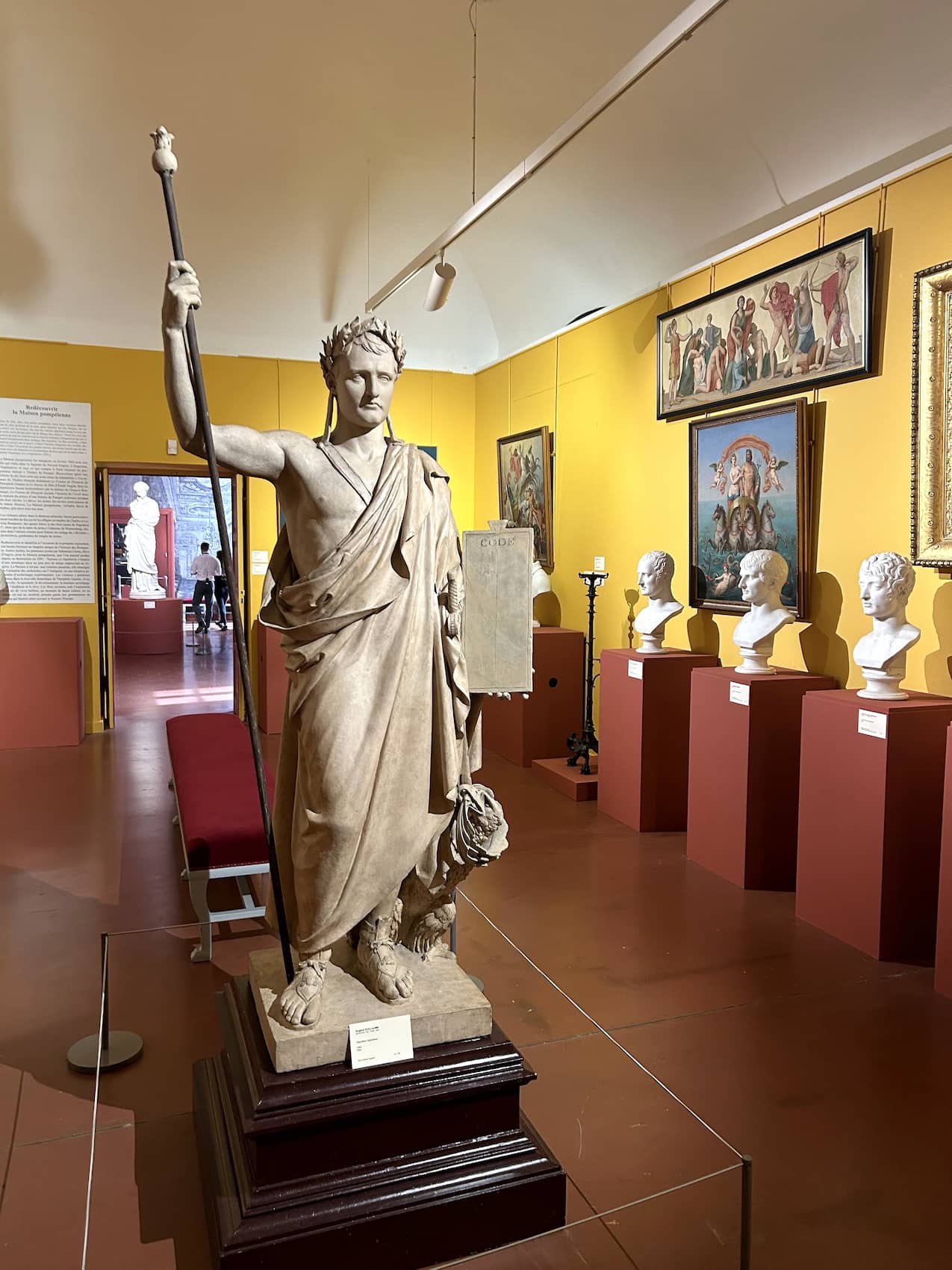
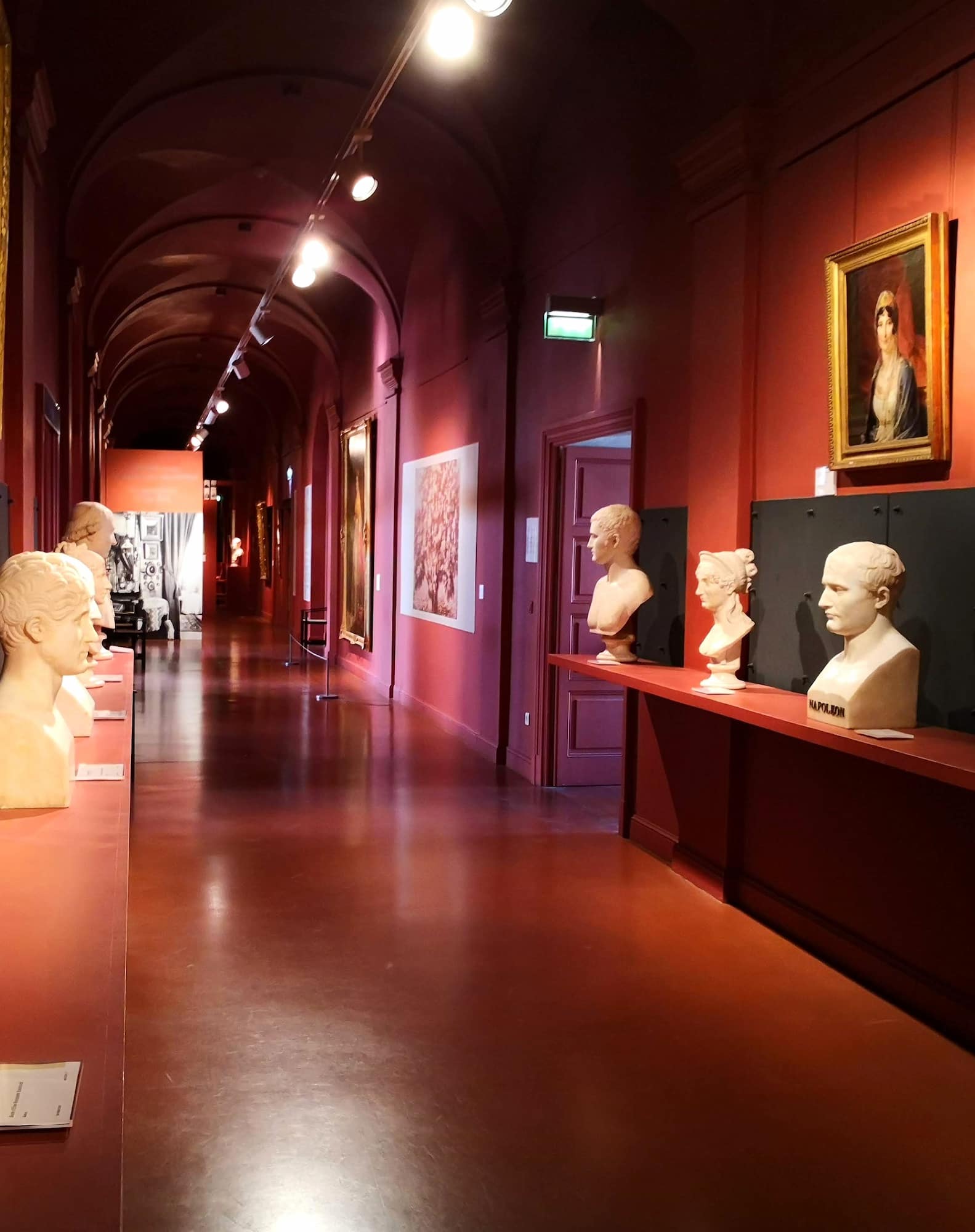
Napoleon connection. Created by Cardinal Joseph Fesch, Napoleon’s maternal uncle, this museum offers a remarkable Napoleonic collection featuring paintings, engravings, and sculptures of the Bonaparte family. The Corsican Collection provides fascinating local context.
Imperial Chapel highlight. The adjoining Chapelle Impériale, built between 1857-1859 under Napoleon III, serves as the Bonaparte family mausoleum. Its neo-Renaissance architecture features a stunning dome with trompe-l’œil paintings and houses a unique Coptic Christ brought from Egypt.
| Museum Hours | Summer (May-Sept) | Winter (Nov-April) |
|---|---|---|
| Mon, Wed, Sat | 10:30am-6pm | 9am-5pm |
| Thu, Sun | 12pm-6pm | 9am-5pm |
| Friday | 12pm-8:30pm (Jul-Aug) | 9am-5pm |
| Tuesday | Closed | Closed |
Combined experience. For €8 (€5 reduced), you get access to both the museum and chapel. My tip: visit on Friday evenings in summer when the museum stays open until 8:30pm, giving you plenty of time to explore the extensive collection without rushing.
⭐ Best Activities
- Ajaccio Sightseeing Tour – Discover the highlights of Ajaccio on this comprehensive sightseeing tour that takes you through the historic city center, along the scenic coastal roads, and to key landmarks associated with Napoleon Bonaparte’s birthplace.
3. Ajaccio Old Town and Cathedral
Charming streets. Wandering through Ajaccio’s old town, I discovered a maze of narrow lanes with colorful buildings, quaint cafés, and hidden squares. The Mediterranean atmosphere is captivating with laundry hanging between buildings and locals chatting on street corners. Don’t miss the hidden passageways that reveal unexpected courtyards and artisan workshops.
Cathedral magnificence. The 16th-century Ajaccio Cathedral (Cathédrale Notre-Dame-de-l’Assomption) stands proudly in the historic center. I was surprised to learn Napoleon was baptized here in 1771. The impressive Baroque façade leads to an interior adorned with paintings by Delacroix and Tintoretto. The baptismal font where the future emperor was christened is marked with a commemorative plaque.
Local atmosphere. The old town buzzes with activity around Rue Cardinal Fesch, the main shopping street. I enjoyed stopping at small boutiques selling Corsican crafts, honey, and charcuterie while soaking in the authentic ambiance. Spring brings the scent of orange blossoms from hidden gardens, while summer evenings fill with music from impromptu performances.
Architectural details. Throughout the old quarter, I noticed distinctive Genoese influences in the architecture – a reminder of Corsica’s complex history. Many buildings feature ornate doorways, wrought-iron balconies, and pastel-colored facades. Look for the weathered stone doorways with family crests dating back to the 17th century.
Visitor tip. The cathedral is open daily from 8am-6pm with free entry. I recommend visiting early morning when the light streams through the stained glass windows, creating a magical atmosphere inside the sanctuary.
Old Town Highlights:
- Rue Bonaparte – Napoleon’s ancestral street
- Place Letizia – charming square named after Napoleon’s mother
- Oratoire Saint Jean Baptiste – tiny chapel with remarkable frescoes
- Maison des Soeurs Pozzo di Borgo – historic noble residence
- Ancient city walls remnants near the port
4. Sanguinaires Islands and Parata Peninsula
Sunset paradise. The Sanguinaires archipelago, a string of four rocky islands jutting from the sea, offers the most spectacular sunset views in Ajaccio. I took the #5 bus from Place de Gaulle (€2) to reach the Parata peninsula, the jumping-off point for island exploration. The bus runs every 30 minutes during spring and summer, less frequently in winter.
Coastal hike. The 90-minute walking trail along the peninsula rewards with breathtaking panoramas of Ajaccio Bay. I spotted numerous birds including peregrine falcons and yellow-legged gulls nesting on the rocky outcrops. The path is well-marked with interpretive signs explaining the unique Mediterranean flora that thrives in this windswept environment.
Island boat trip. For €25, I joined a 2-hour boat excursion around the islands, getting close to the 16th-century Genoese tower and lighthouse. The transparent turquoise waters revealed fascinating underwater rock formations. March through May offers the best visibility for spotting marine life.
| Boat Tour Options | Duration | Price | Best Season |
|---|---|---|---|
| Archipelago Circle | 1 hour | €20 | Year-round |
| Island Landing Tour | 2.5 hours | €35 | Apr-Oct |
| Sunset Cruise | 1.5 hours | €30 | May-Sept |
| Dolphin Watching | 3 hours | €45 | June-Aug |
Swimming spots. Several small coves along the peninsula offer secluded swimming opportunities. I particularly enjoyed the crystal-clear waters at Petit Capo, where smooth granite rocks create natural platforms for sunbathing. The northern coves provide shelter on windy days when the southern beaches are too rough.
Historical significance. The islands’ name (“Bloody Islands”) comes from the reddish hue they take on at sunset. The largest island, Mezzu Mare, houses a lighthouse and the ruins of a lazaretto (quarantine station) dating back to 1865. The tower was part of a defensive network built to protect Corsica from Barbary pirates.
Peninsula Wildlife:
- Corsican finch
- Hermann’s tortoise
- Peregrine falcon
- Mediterranean monk seal (rare sightings)
- Osprey
- Endemic lizard species
⭐ Best Tours
- Corsica: Iles Sanguinaires and Ajaccio Gulf Boat Tour – Experience the stunning beauty of the Sanguinaires Islands and Ajaccio Gulf from the water on this scenic boat tour that offers spectacular views of the rugged coastline and crystal-clear Mediterranean waters.
- Ajaccio/Porticcio: Sanguinaires Sunset Cruise & Wine Tasting – Combine the breathtaking views of a sunset cruise around the Sanguinaires Islands with a curated wine tasting experience featuring premium Corsican wines and local appetizers.
5. Place Foch and Napoleon Statue
City heart. Place Foch forms the vibrant social life center of the town. I found this palm-lined square buzzing with activity at all hours – locals playing pétanque, tourists photographing the Napoleon statue, and everyone enjoying coffee at outdoor cafés. The square was redesigned in the 1850s as part of Napoleon III’s urban renewal projects.
Imperial monument. The imposing bronze statue of Napoleon dressed as a Roman emperor dominates the square. Created by Viollet-le-Duc in 1865, it depicts the famous Corsican in classical attire rather than his typical military uniform – a unique representation. The four lions at the base symbolize strength and imperial power.
Café culture. I spent a delightful afternoon people-watching from Le Grand Café Napoléon, where a coffee costs €3-4. The square transforms throughout the day, from morning market to evening gathering spot. During spring and summer, outdoor seating expands to accommodate the crowds enjoying aperitifs under the palm trees.
Architectural surroundings. The elegant buildings framing the square showcase French colonial architecture with distinctive shuttered windows and ornate balconies. The Hôtel de Ville (City Hall) stands proudly on one side with its impressive façade. Look for the ornate clock tower and ceremonial balcony used for official announcements.
Cultural hub. During my visit, the square hosted a small artisan market selling Corsican crafts. Throughout the year, Place Foch becomes the venue for various events, from Christmas markets to summer concerts and political rallies. The spring flower market in April is particularly beautiful.
Place Foch Events Calendar:
- Weekly market (Wednesday mornings)
- Summer music concerts (Thursday evenings, June-September)
- Napoleonic Days celebrations (mid-August)
- Christmas Village (December)
- Spring Flower Festival (April)
⭐ Best Activities
- Ajaccio Vision Tour from Ajaccio with Open-Top Bus – See the best of Ajaccio from the comfort of an open-top bus that takes you to all the major attractions, with panoramic views and the freedom to hop on and off at your leisure.
6. Tino Rossi Marina and Harbor Walk
Nautical charm. Named after the famous Corsican singer, Tino Rossi Marina dazzles with rows of gleaming yachts and fishing boats. I enjoyed strolling along the harbor promenade, admiring vessels ranging from modest fishing boats to luxury superyachts. The marina was completely renovated in 2019, adding modern facilities while preserving its historic character.
Sunset promenade. The marina walkway offers spectacular views across the Gulf of Ajaccio. I joined locals for the traditional evening passeggiata (stroll), watching the changing colors reflect on the water as the sun dipped behind the mountains. The best section extends from the Citadel to the palm-lined southern quay.
Waterfront dining. Several excellent restaurants line the marina, serving fresh seafood with harbor views. A dinner of Corsican fish soup followed by grilled sea bream cost me around €35, well worth it for the quality and setting. For a more budget-friendly option, try the food trucks that set up near the southern end during summer.
Maritime activities. From the marina, I booked a half-day sailing excursion (€60) that took me along the coastline. Other options include fishing trips, diving excursions, and water taxi services to nearby beaches. The diving center offers special rates for morning dives (€80 instead of €95).
Practical information. The marina area is accessible 24/7 and free to explore. The Port Office provides information about boat rentals and excursions, with prices varying by season (expect to pay 20-30% more during July-August). Water taxis to nearby beaches run hourly during summer months.
Marina Highlights:
- Historic fishing port section (north end)
- Luxury yacht basin (central area)
- Maritime museum in the old harbor master’s office
- Fresh fish market (early mornings only)
- Coastal path connecting to Plage Saint-François
⭐ Best Activities
- Ajaccio Private Custom Tour with a Local Guide – Explore Ajaccio with a knowledgeable local guide who will customize the tour to your interests, providing insider insights and taking you to both famous landmarks and hidden gems.
7. Ajaccio Citadel
Military heritage. The imposing 16th-century citadel stands guard over the local harbor, a reminder of the city’s strategic importance. Built by the Genoese between 1492-1544, its massive stone walls have witnessed centuries of Corsican history. The fortress was designed by the same architects who created similar structures in Bonifacio and Calvi.
Limited access. Currently used by the military, the citadel’s interior remains largely closed to the public. However, I discovered you can still walk around its impressive perimeter walls for spectacular views of the bay and old town. Special guided tours are sometimes available during European Heritage Days in September.
Architectural marvel. The fortress features classic pentagonal design with five bastions. I was particularly impressed by the Lion’s Gate (Porte du Lion), the main entrance adorned with the Genoese coat of arms and a carved lion. The walls are over 3 meters thick in places, designed to withstand heavy bombardment.
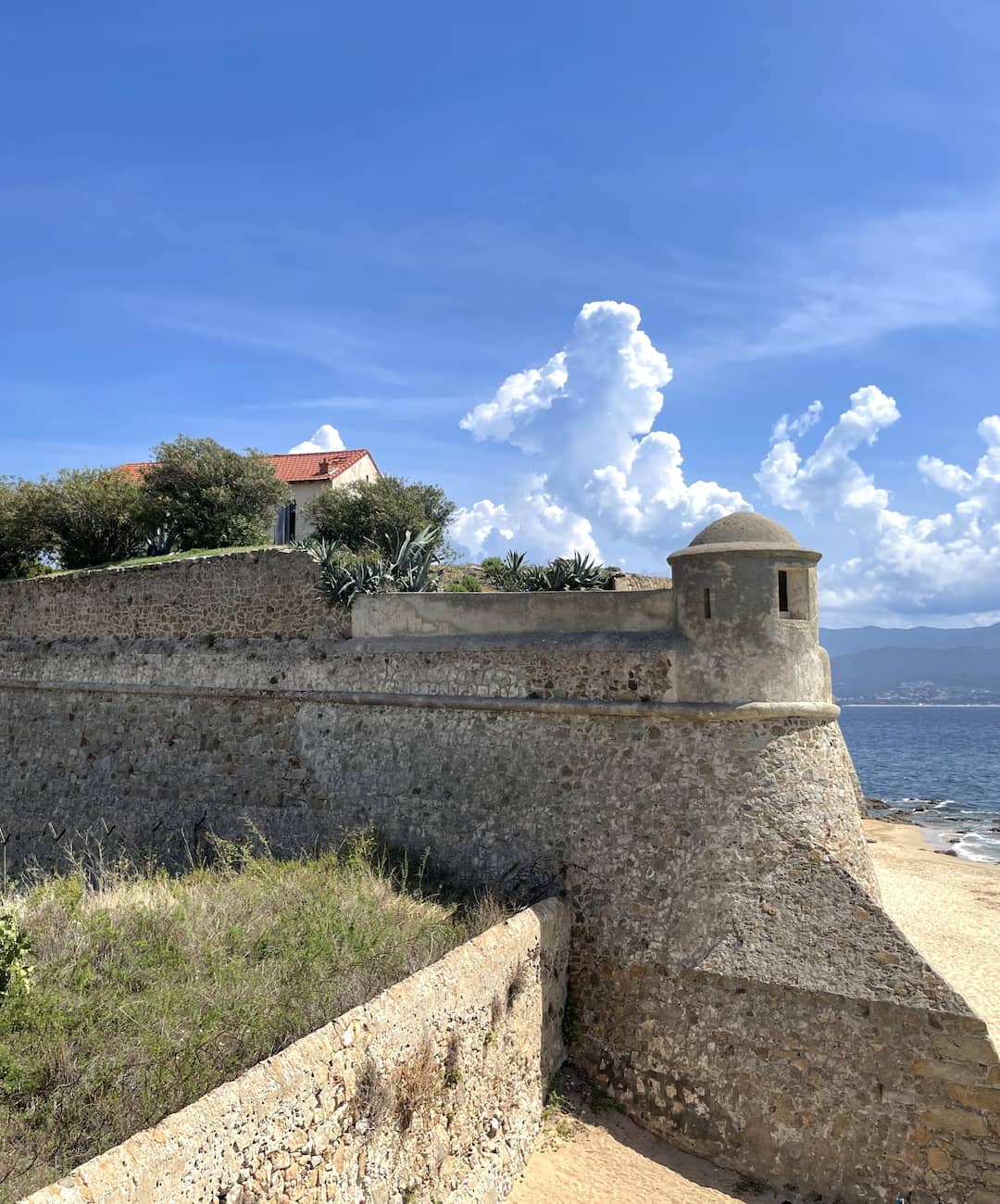
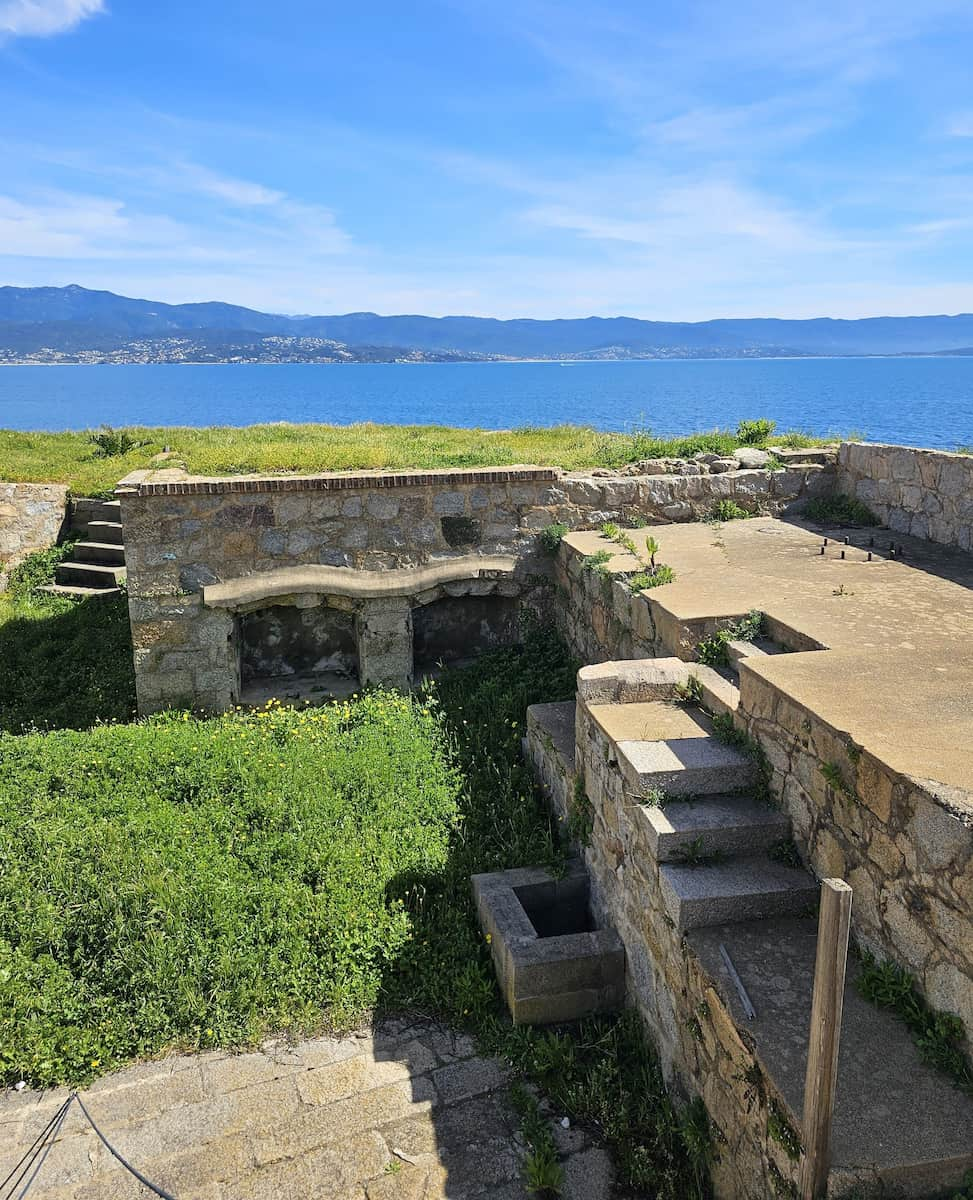
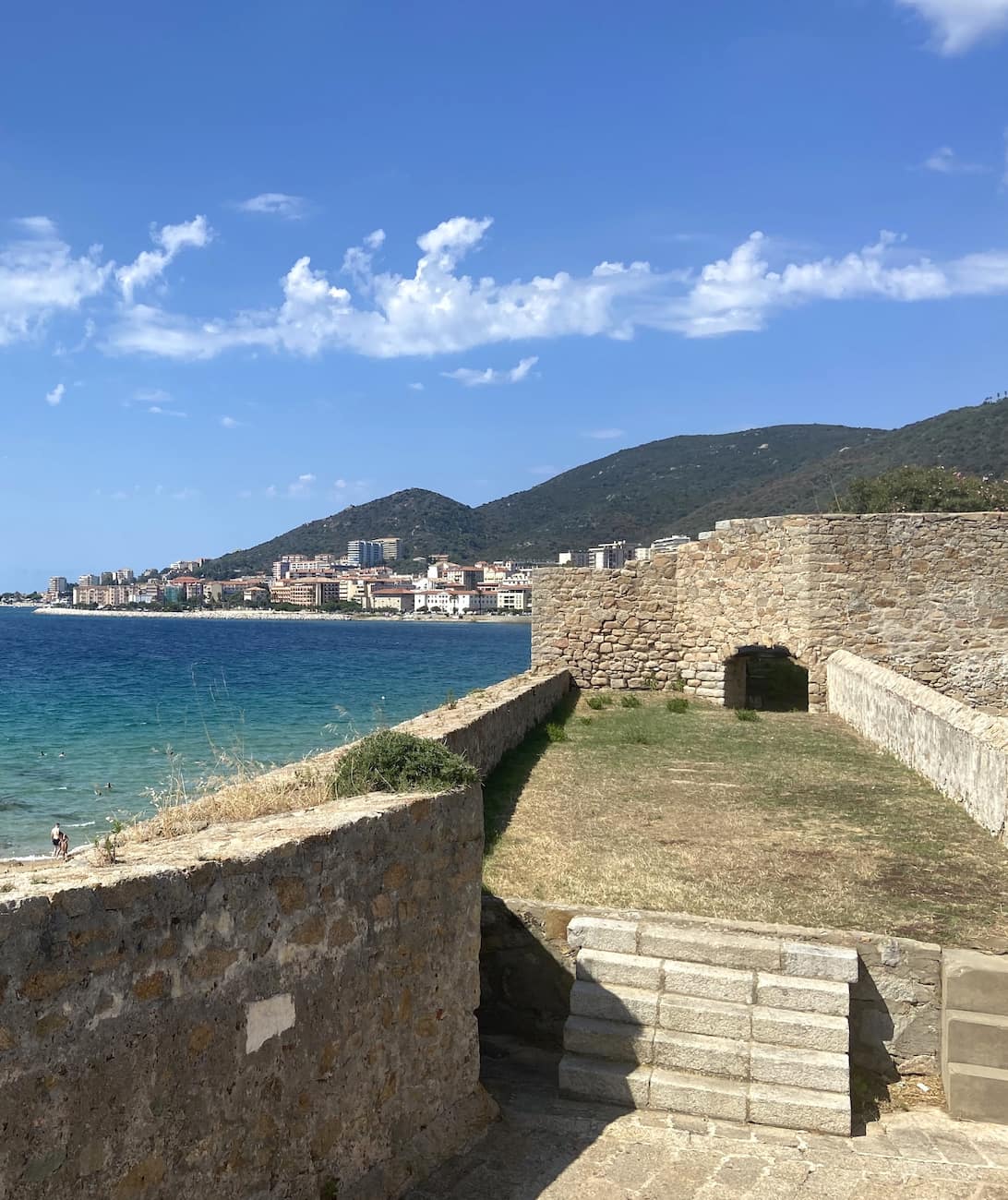
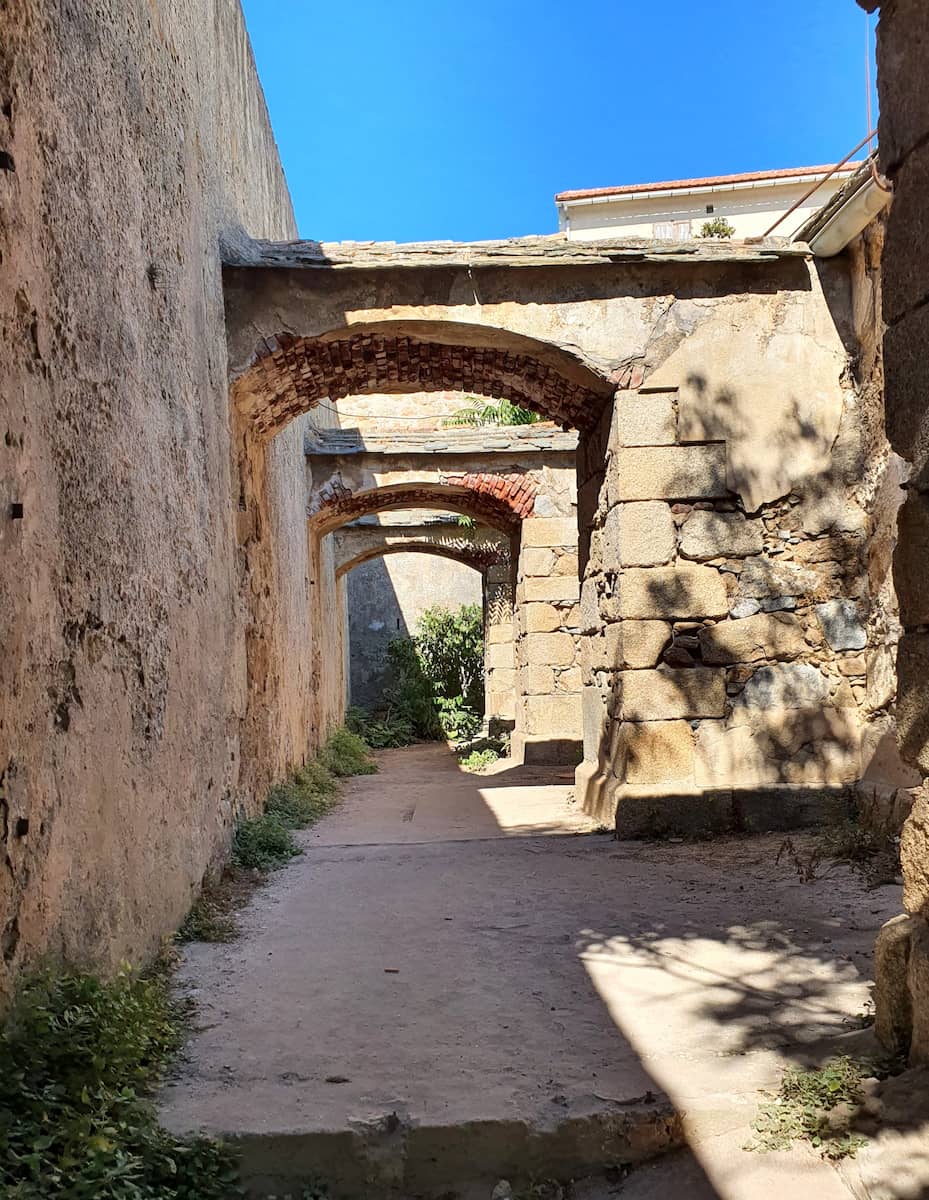
Photography spot. The area between the citadel and the sea offers perfect photo opportunities of both the fortress and the harbor. I captured stunning images during golden hour when the stone walls glowed warmly in the late afternoon light. The northern side provides the best angle for photographing the complete structure.
Future developments. Local guides mentioned plans to open more of the citadel to visitors in coming years. For now, I recommend joining the free walking tours that depart from the Tourist Office (Tuesday and Thursday at 10am) for expert commentary on this historic structure. Restoration work is ongoing, with the southeast bastion recently opened for special exhibitions.
Citadel History Timeline:
- 1492: Construction begins under Genoese rule
- 1553: Partially destroyed during French-Ottoman siege
- 1559: Rebuilt and expanded
- 1768: Transferred to French control
- 1789: Revolutionary forces occupy the fortress
- 1943: Damaged during Allied bombing
- 1980s: Restoration work begins
- Present: Military use with limited public access
8. Plage de Capo di Feno
Beach paradise. Just 15km west of Ajaccio, I discovered Plage de Capo di Feno, a stunning stretch of golden sand framed by rugged mountains. This unspoiled beach offers a perfect escape from the city’s summer crowds. The beach extends for nearly 800 meters, ensuring plenty of space even during peak season.
Natural beauty. Unlike the busier city beaches, Capo di Feno retains its wild character with minimal development. I was mesmerized by the crystal-clear turquoise waters and the dramatic backdrop of maquis-covered hills. The beach is part of a protected natural area, preserving its pristine condition.
Two sections. The beach divides into Grand Capo (larger, more accessible) and Petit Capo (smaller, requiring a short hike). I preferred Petit Capo for its intimate atmosphere and protection from winds. Grand Capo attracts surfers when western swells arrive, typically from October through March.
Practical details. During summer, a beach bar serves drinks and simple meals (€10-15 for a sandwich and drink). Bring cash as card facilities are unreliable. There are basic facilities including portable toilets and outdoor showers. Umbrellas and loungers are available for rent (€15/day) at the southern end of Grand Capo.
Getting there. Without a car, reaching Capo di Feno requires some effort. I took a taxi (€30 one-way) as there’s no regular public transport. If driving, follow signs for Route des Sanguinaires, then turn toward Capo di Feno (limited parking available). Arrive before 10am in summer to secure parking.
Beach Activities at Capo di Feno:
- Surfing (western end, best October-March)
- Snorkeling (rocky areas at both ends)
- Stand-up paddleboarding (equipment rental €15/hour)
- Coastal hiking (trail connects to Sanguinaires)
- Birdwatching (morning and evening)
9. Corsican Train Journey from Ajaccio
Scenic railway. The narrow-gauge railway connecting Ajaccio to Bastia offers one of Europe’s most spectacular train journeys. I boarded at Ajaccio station (€21.60 one-way to Corte) for a ride through breathtaking mountain landscapes. The vintage carriages add to the charm, with large windows perfectly positioned for sightseeing.
Engineering marvel. Built between 1878-1894, this historic railway conquers Corsica’s challenging terrain via 32 tunnels and 52 bridges. The train climbs from sea level to 900 meters, offering constantly changing panoramas. The Vecchio viaduct, designed by Gustave Eiffel’s company, spans a dramatic gorge 80 meters above the river.
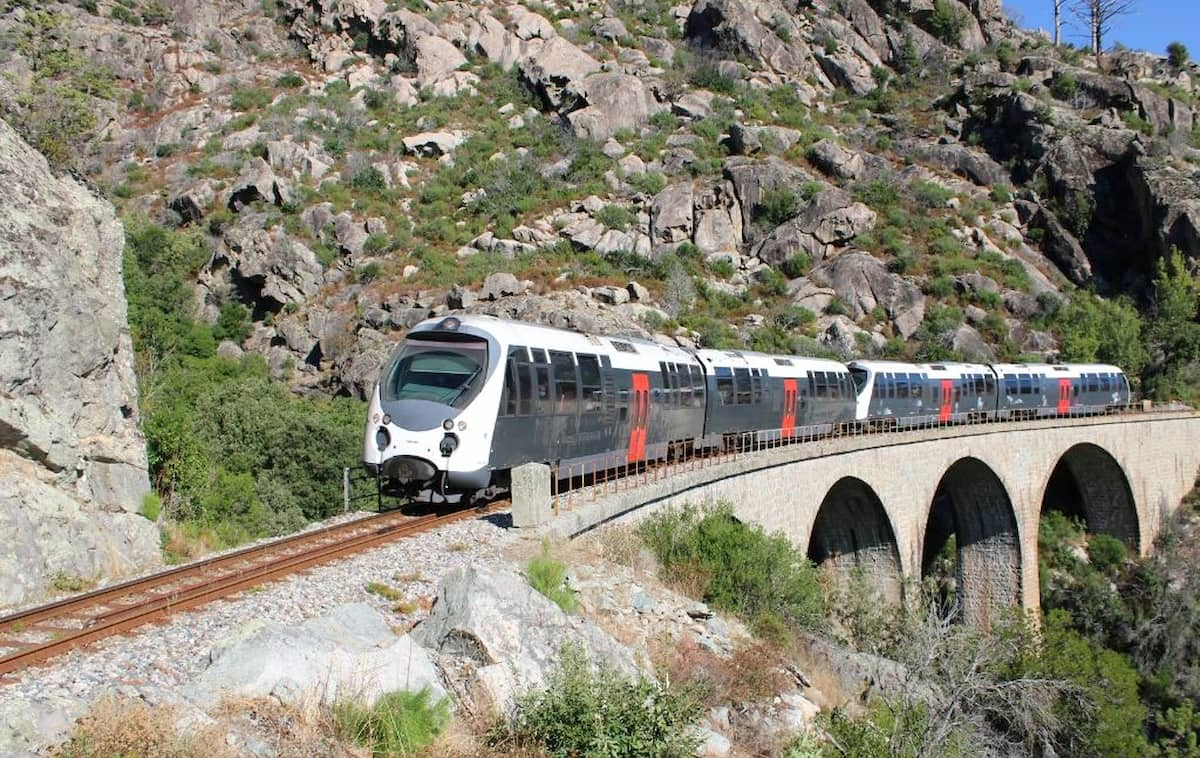
Mountain villages. The train stops at picturesque villages like Bocognano and Vivario. I chose to break my journey at Corte, the historic capital of Corsica, exploring its citadel before continuing onward the next day. Each village has its own character, from chestnut-producing Bocognano to the mountain resort of Vizzavona.
| Route Section | Duration | One-way Fare | Scenic Highlights |
|---|---|---|---|
| Ajaccio-Corte | 2h | €21.60 | Vecchio viaduct, Vizzavona forest |
| Ajaccio-Bastia (full route) | 3h45m | €32.10 | Mountain passes, coastal views |
| Ajaccio-Calvi (with change) | 4h+ | €35.20 | Balagne region, olive groves |
| Ajaccio-Vizzavona (day trip) | 1h15m | €12.80 | Mountain resort, hiking trails |
Travel tips. Trains run 2-3 times daily in each direction. I recommend booking tickets in advance during summer at the station or online. Sit on the right side when leaving Ajaccio for the best views of valleys and mountains. The morning departure offers the clearest mountain views before afternoon clouds gather.
Authentic experience. Unlike the tourist trains in other destinations, this is a working railway used by locals. I enjoyed conversations with Corsican passengers who shared stories and recommendations for hidden spots along the route. The conductor provided impromptu commentary at key scenic points, pointing out landmarks not mentioned in guidebooks.
Notable Stops Along the Route:
- Mezzana (20 min): Wine region, tasting rooms
- Tavera (35 min): Roman bridge, river swimming
- Bocognano (50 min): Chestnut forests, traditional restaurants
- Vizzavona (1h15): Forest hiking, mountain hotel from 1889
- Vivario (1h40): Medieval village, mountain springs
Things to Do in Ajaccio with Kids
1. Family-Friendly Beach Activities
Beach paradise. Ajaccio offers several fantastic beaches perfect for families with children. Saint-François beach in the heart of the city provides calm waters and fine sand, making it ideal for little ones to splash safely. Its central location means you’re never far from amenities or refreshments.
Trottel beach. I discovered this large, supervised beach just a 15-minute walk from the town center. It’s one of the few beaches with disabled access and offers crystal-clear waters perfect for swimming. The beach provides spectacular views of both Ajaccio and Porticcio across the bay.
Agosta beach. Located a short drive from Ajaccio, this beach offers more than just swimming. My nephews loved trying the various water activities available – from paddle boats to jet-skis. The beach has clear waters and fine sand, with rental equipment available right on site.
Beach essentials for families:
- Beach umbrella (rentals from €5-8 per day)
- Inflatable water toys (available at shops near Saint-François)
- Snorkeling gear for older children
- Water shoes for rocky sections
- Reef-safe sunscreen (crucial for protecting marine life)
Practical tip. For the most enjoyable experience with children, I recommend visiting beaches before 11am when they’re less crowded. Pack plenty of water and snacks, as beach kiosk prices can be high during peak season.
2. Boat Trips to Spot Marine Life
Dolphin watching. One of my most memorable experiences in Ajaccio was joining a dolphin-watching excursion from Tino Rossi Marina. For €45, we spent three hours scanning the waters of the Gulf of Ajaccio, where we spotted several pods of dolphins playing in our boat’s wake.
Marine discovery. The transparent waters around Ajaccio make it perfect for spotting sea life. During our boat trip around the Sanguinaires Islands, I was amazed by the visibility – we could see fish swimming beneath us and even spotted a few sea turtles from the deck.
Marine species you might spot:
- Bottlenose dolphins (most common)
- Striped dolphins (usually in deeper waters)
- Loggerhead sea turtles
- Flying fish
- Various seabirds including shearwaters
- Mediterranean monk seals (extremely rare)
Family options. Several operators offer family-specific boat tours with marine biologists who explain the Mediterranean ecosystem to children. These educational trips typically last 2-3 hours and include snorkeling stops where kids can observe fish up close.
Wildlife viewing tips. Morning trips (before 11am) offer the calmest seas and best visibility. I found that the waters between Ajaccio and the Sanguinaires Islands are particularly rich in marine life, especially during spring when the water clarity is at its best.
Budget-friendly alternative. If a dedicated boat trip is beyond your budget, the regular ferry services to nearby beaches often provide opportunities to spot marine life. Keep your eyes peeled and have cameras ready!
3. Napoleon-Themed Interactive Experiences
NapoRama adventure. This innovative museum near Place Foch offers a 3D audiovisual journey through Napoleon’s life that captivated both me and my young cousins. The interactive exhibits bring history to life through sound, light, and detailed dioramas. At €9 for adults and €5 for children, it’s excellent value for an educational experience that doesn’t feel like learning.
Treasure hunts. Several tour operators offer Napoleon-themed treasure hunts through the historic center. I joined one that led us to key Napoleonic sites while solving clues and puzzles. Children receive a small Bonaparte-related souvenir upon completion.
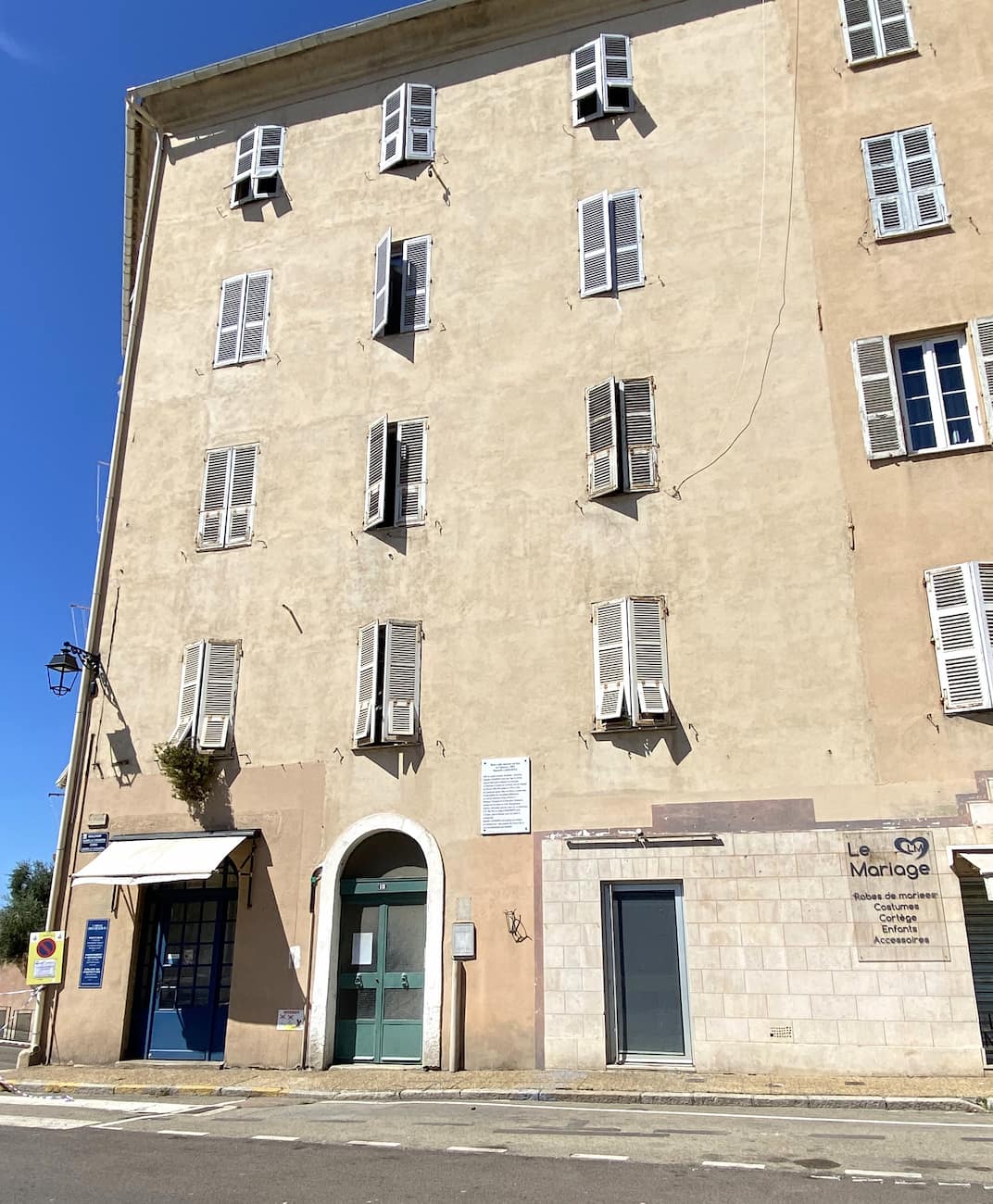
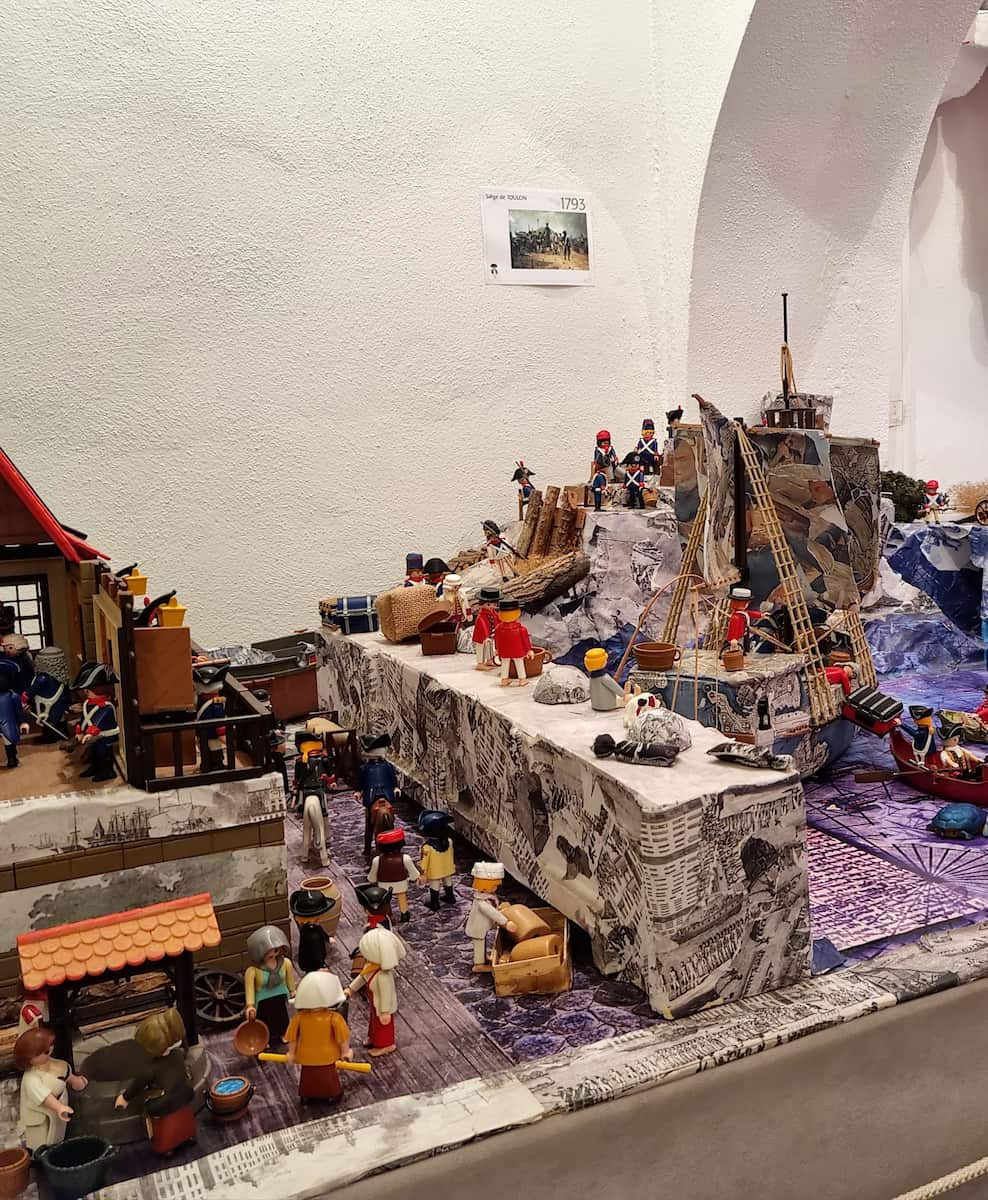
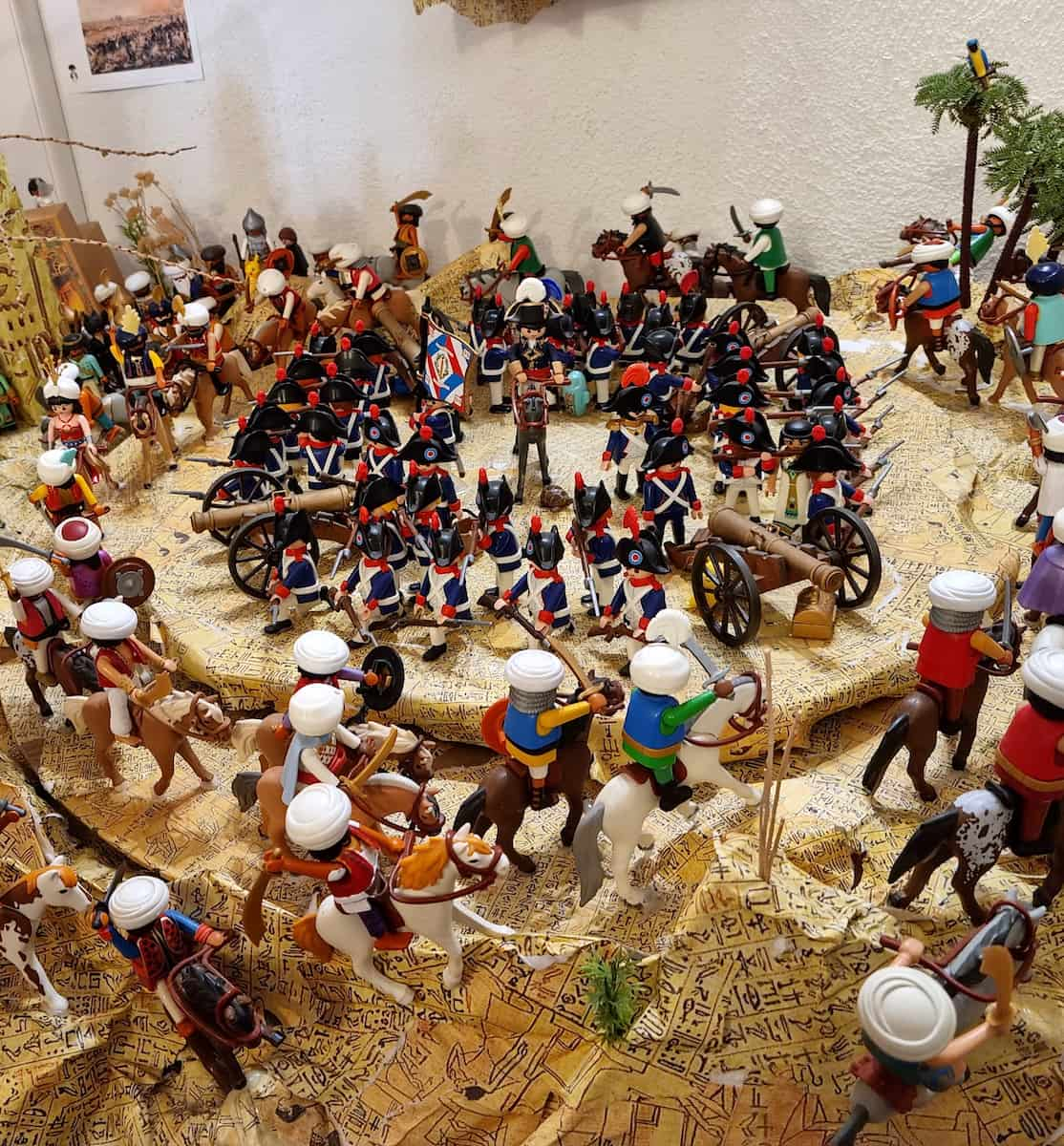
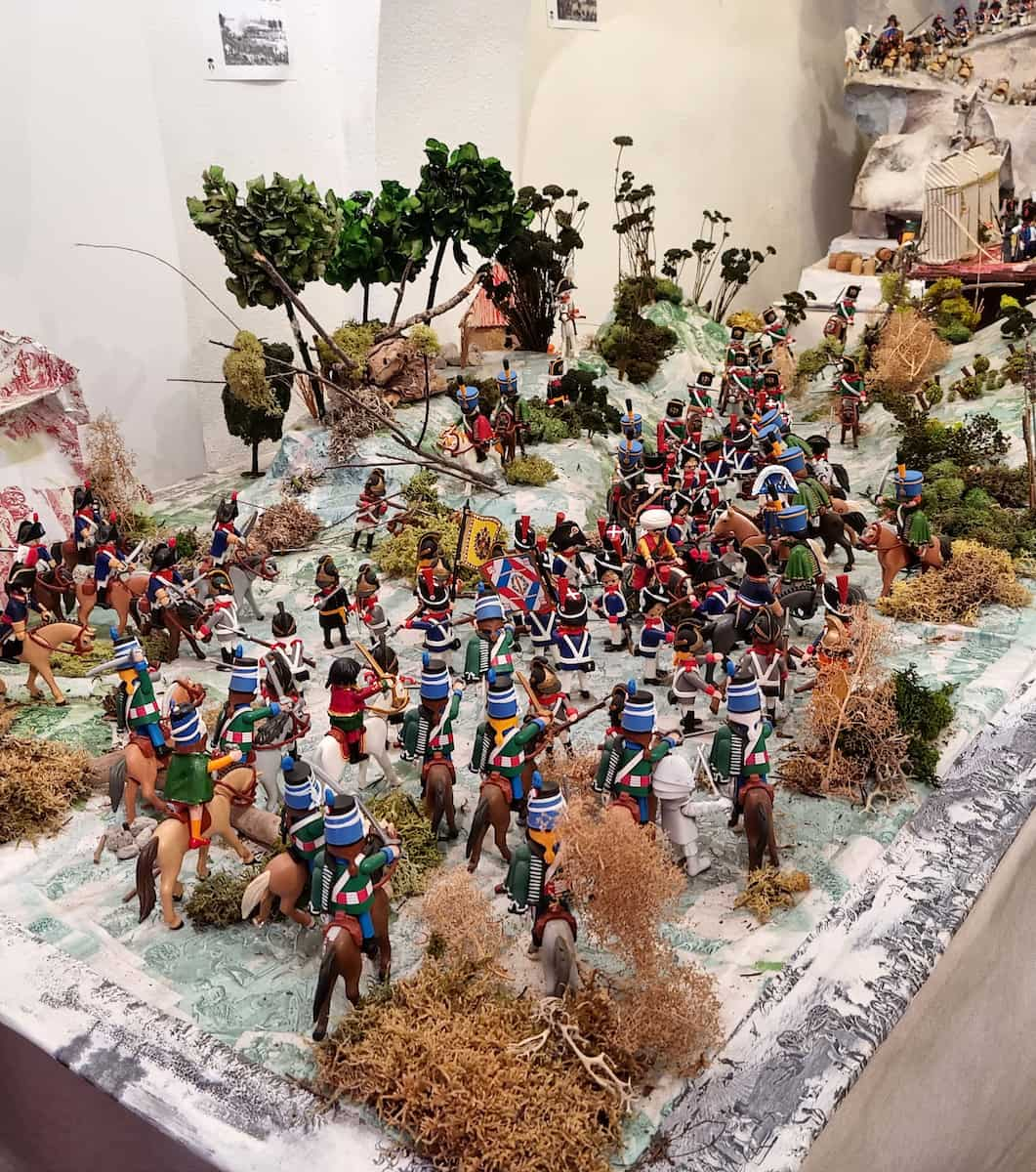
Napoleon-themed activities for children:
- Historical treasure hunts (€12 per child)
- Costume photography sessions at Maison Bonaparte
- Interactive battle maps at NapoRama
- Napoleonic-era games demonstrations (summer only)
- Junior audio guides specifically designed for children
Costume experiences. During summer months, the Maison Bonaparte occasionally offers costume sessions where children can dress in period clothing and learn about life in Napoleon’s time. The staff are particularly good at engaging younger visitors with age-appropriate stories.
Interactive city tours. I discovered a self-guided tour app specifically designed for families that uses augmented reality to show how Ajaccio looked during Napoleon’s era. At key locations throughout the city, children can “see” historical figures and events through their parents’ smartphones.
Seasonal celebrations. If you’re visiting in mid-August, don’t miss the Napoleon Days celebrations when the entire city commemorates its famous son with reenactments, parades, and interactive historical demonstrations perfect for children.
4. Jardins du Casone
Napoleon’s playground. The beautiful Jardins du Casone surrounds the Place d’Austerlitz and was once young Napoleon’s favorite spot. I spent a peaceful morning wandering through this shaded park, a welcome respite from summer heat. The gardens feature towering palm trees, exotic plants, and plenty of benches for relaxing.
Grotto exploration. Near the gardens, I discovered the famous Grotte Napoléon, a small cave where the young Bonaparte reportedly came to read and dream. Though modest in size, it fascinated my friend’s children who enjoyed imagining the future emperor plotting his conquests.
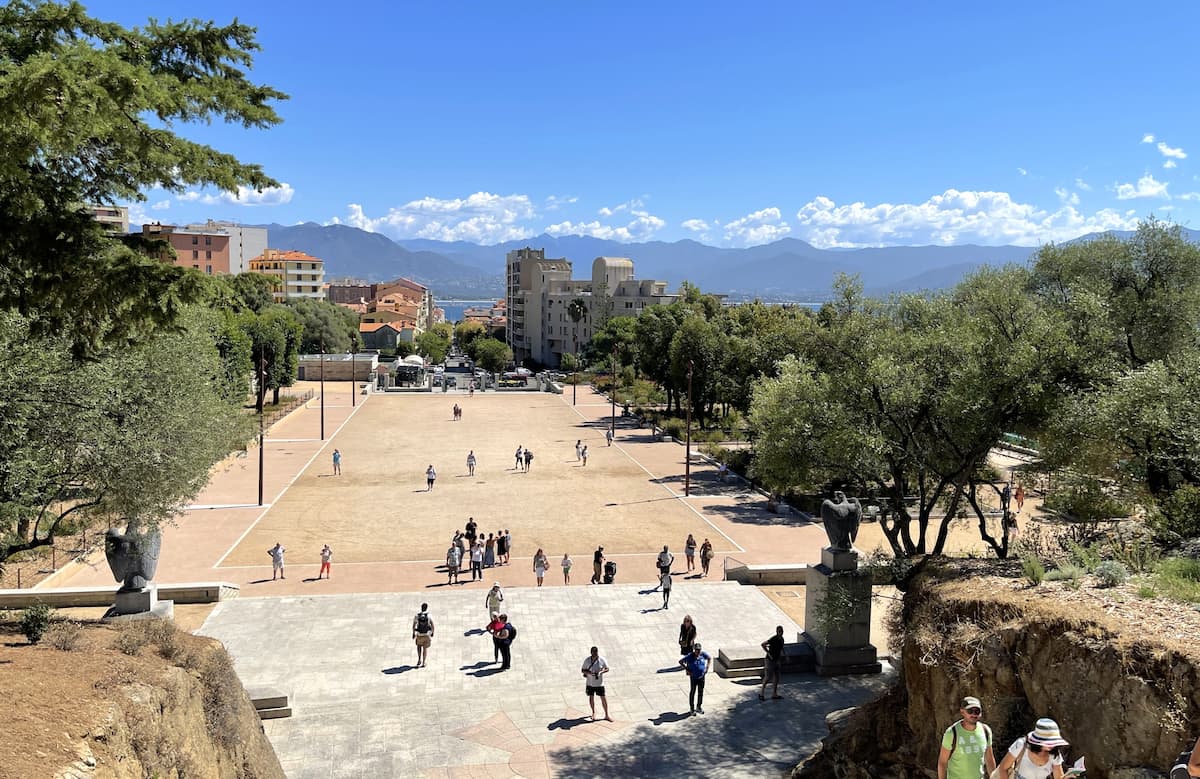
Garden highlights:
- Monumental staircase with 86 steps
- Napoleon’s Grotto (Grotte Napoléon)
- Century-old palm tree collection
- Panoramic viewpoints overlooking the city
- Shaded picnic areas perfect for families
Monumental staircase. The impressive staircase leading up to the gardens provides a grand entrance and offers lovely views back toward the city. I noticed many families using these steps for impromptu picnics in the shade.
Peaceful retreat. Unlike the busier tourist spots, Casone Gardens offers space for children to run around freely. The wide pathways are perfect for strollers, and the abundant shade makes it an ideal spot even during the hottest part of the day.
Local tip. From Place de Gaulle, take Avenue de Paris straight up to reach the gardens. If walking uphill seems challenging with children, bus #2 will take you there for just €1.50 one-way.
⭐ Best Activities
- The Life of Napoleon Bonaparte: Visual and Gustative Cultural Experience – Immerse yourself in the fascinating life story of Napoleon Bonaparte through this unique cultural experience that combines visual presentations with tastings of traditional Corsican products.
5. Adventure Playgrounds and Parks
Vizzavona adventure park. About 40 minutes from Ajaccio, I discovered this fantastic treetop adventure course set in a beautiful forest. With circuits designed for different ages (starting from 3 years), it’s perfect for adventurous families. My nephews spent hours navigating rope bridges, zip lines, and climbing challenges while I enjoyed the forest scenery.
Beach playgrounds. Several beaches feature small playgrounds right on the sand. Trottel beach has particularly good facilities with swings and climbing frames where children can play when they need a break from swimming.
Adventure activities for different ages:
- Toddlers (2-4): Mini adventure course at Vizzavona (€8)
- Young children (5-8): Intermediate circuits with safety lines (€15)
- Older children (9-12): Higher courses with ziplines (€20)
- Teens (13+): Advanced courses with challenging elements (€25)
- Family package: 2 adults + 2 children (€60)
City parks. I found several well-maintained playgrounds throughout Ajaccio, with the best being near Place Miot. This modern play area features equipment for various ages, water fountains, and shaded seating for parents – all with a beautiful view of the harbor.
Outdoor activities. For more active families, the areas around Ajaccio offer hiking trails suitable for children. The easier sections of the Sentier des Douaniers coastal path provide spectacular views without being too challenging for younger hikers.
Rainy day option. Though rare in summer, rainy days happen. I discovered an indoor play center near the commercial zone outside Ajaccio that offers climbing walls, ball pits, and soft play areas for children up to 12 years.
Free Things to Do in Ajaccio
1. Historic Walking Routes
Old town exploration. Walking through Ajaccio’s old town costs nothing but rewards with countless treasures. I meandered through narrow lanes with colorful buildings, discovering hidden squares and architectural gems. The route from Place Foch through Rue Bonaparte to the Cathedral creates a perfect self-guided historical tour.
Citadel perimeter. Though the citadel’s interior remains closed to the public, I enjoyed walking around its impressive 16th-century walls. This free activity offers spectacular views of the harbor and old town. The Lion’s Gate (Porte du Lion) with its Genoese coat of arms particularly impressed me.
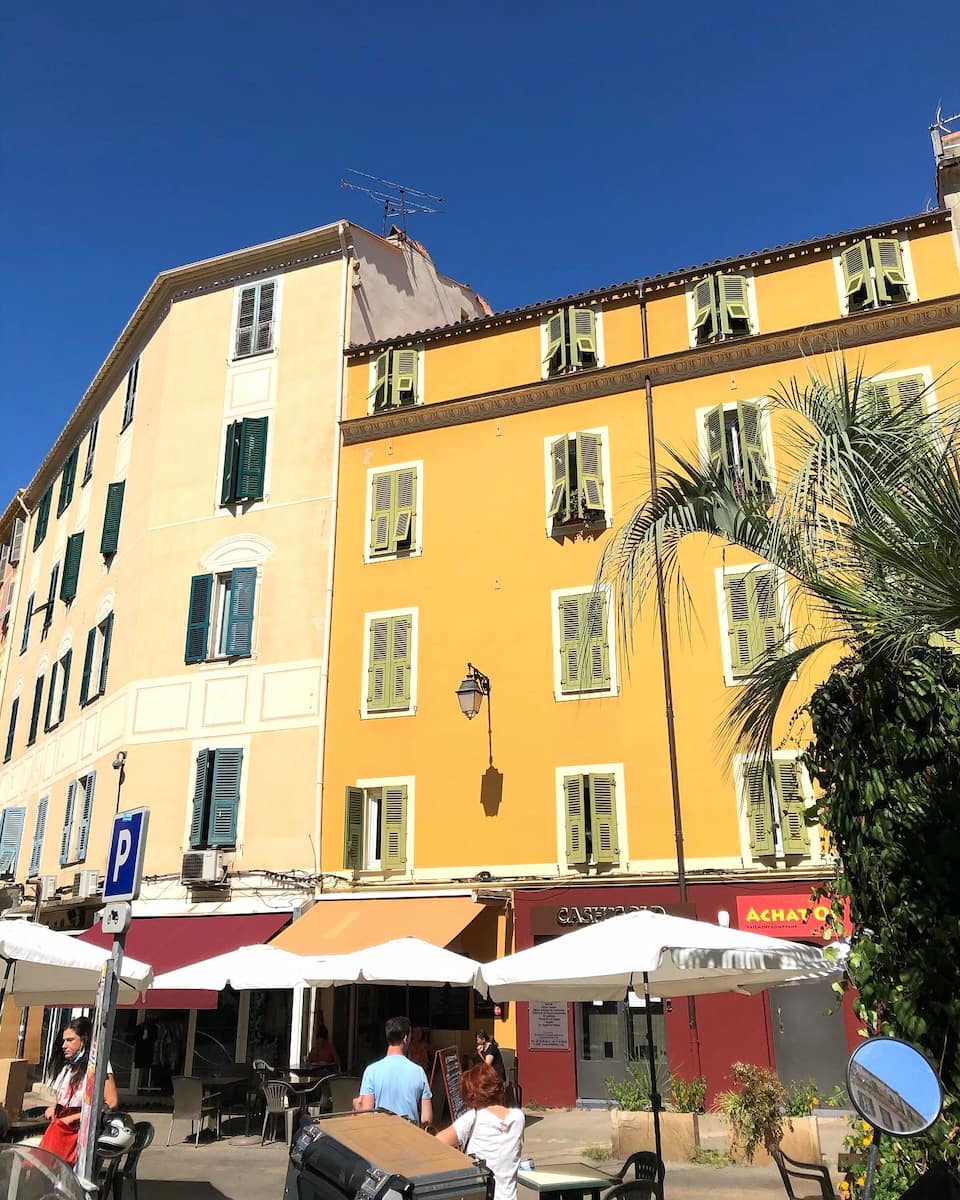
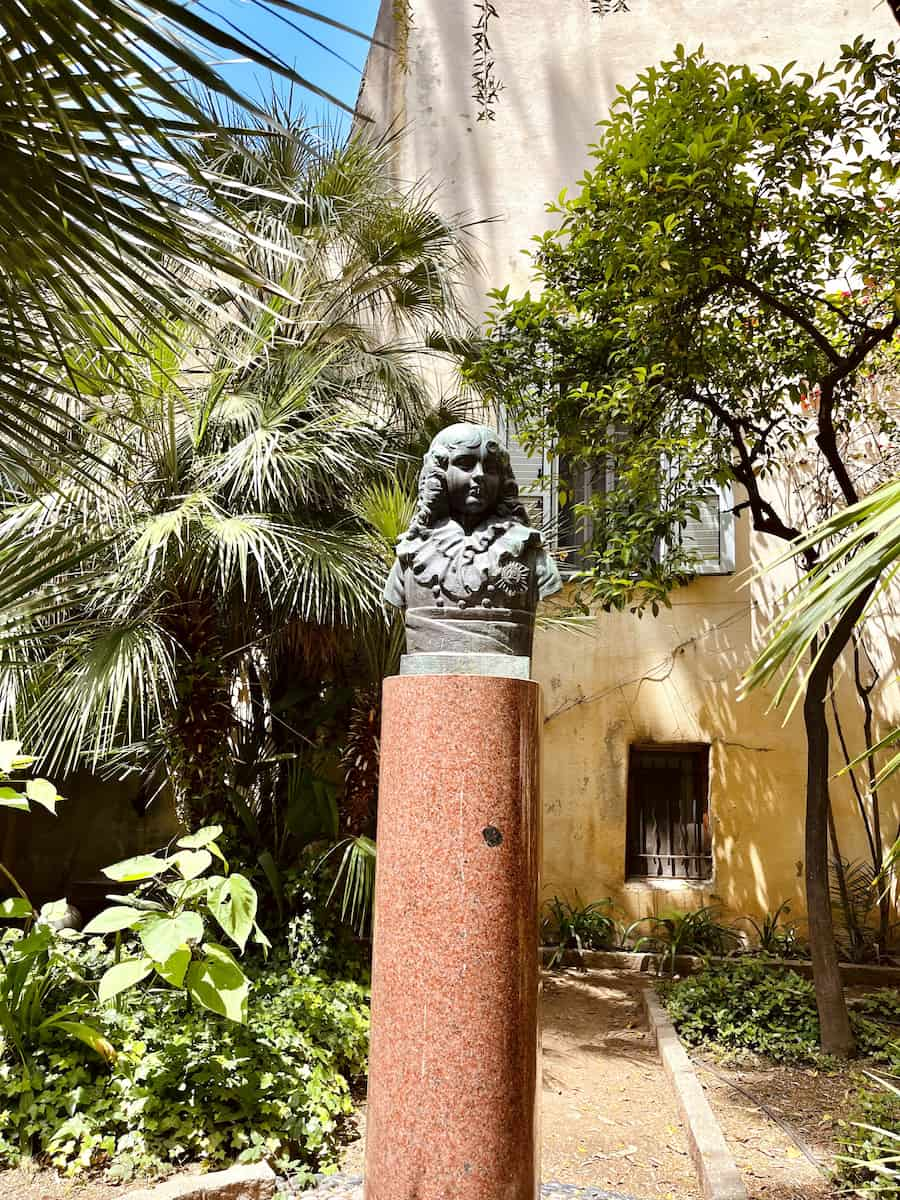
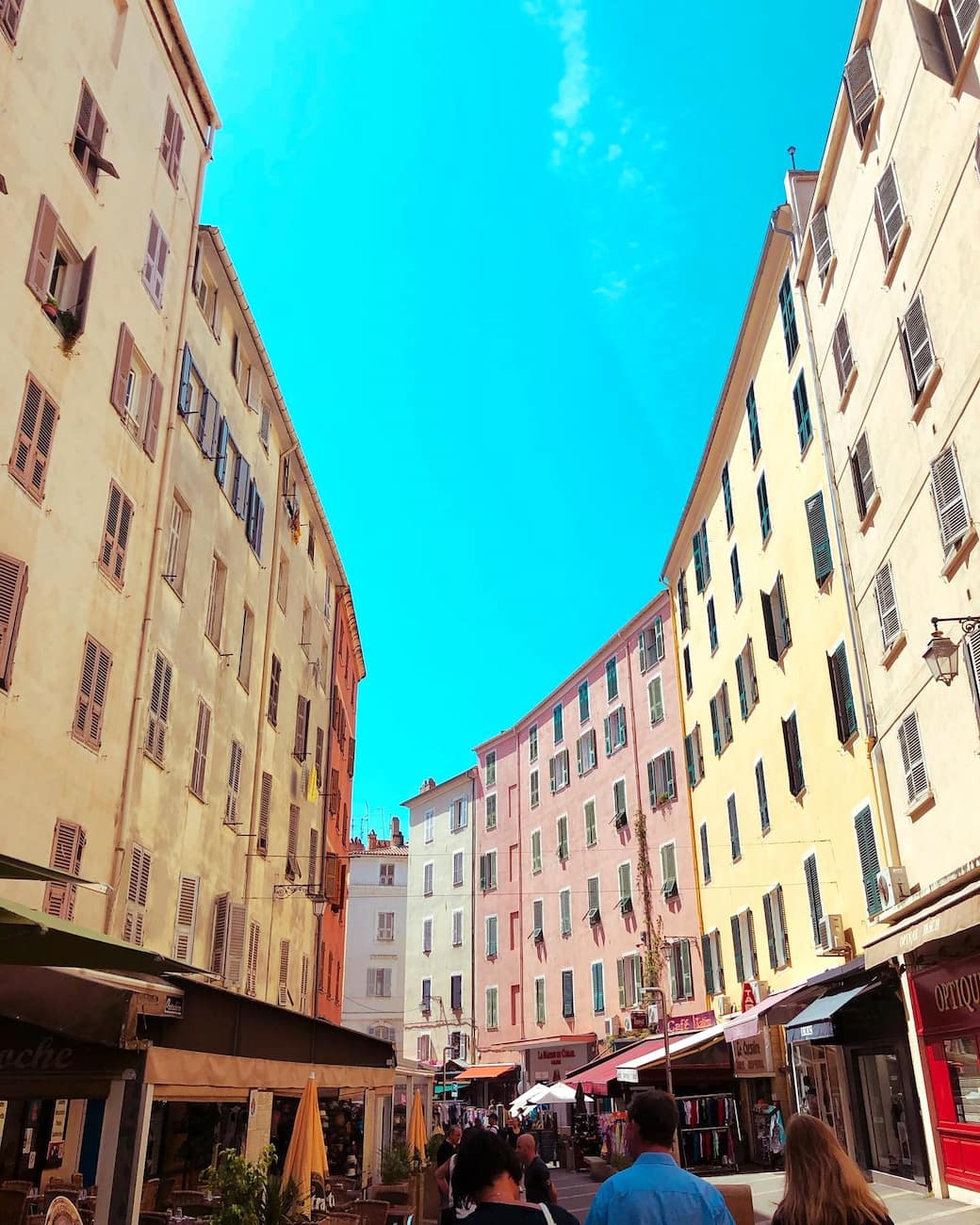
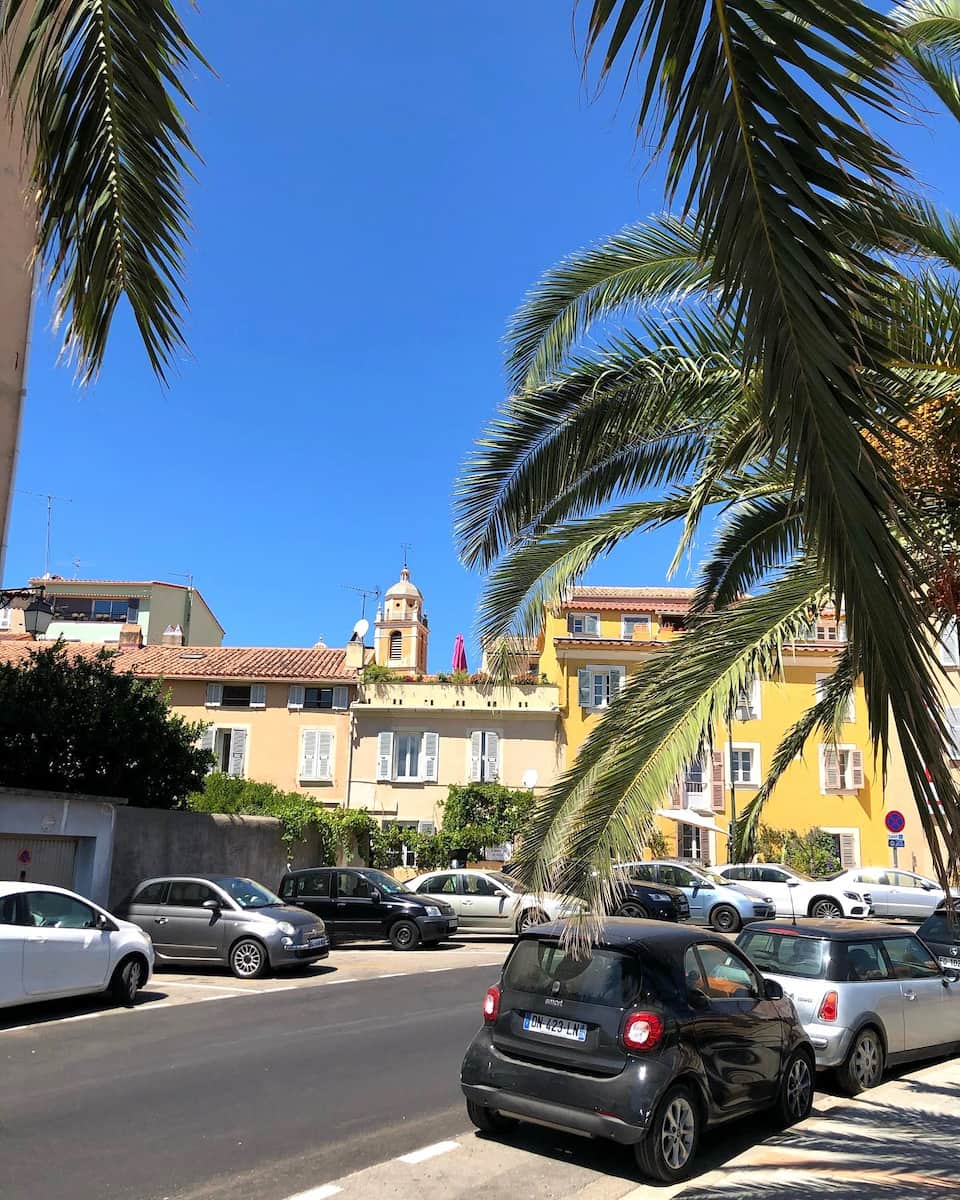
Must-see historic sites along the way:
- Maison Bonaparte (Napoleon’s birthplace)
- Ajaccio Cathedral (where Napoleon was baptized)
- Place Letizia (named after Napoleon’s mother)
- Rue Cardinal Fesch (main shopping street)
- Oratoire Saint Jean Baptiste (small chapel with frescoes)
- Ancient city wall remnants near the port
Napoleon’s footsteps. I created my own free walking tour connecting key Napoleonic sites: from his birthplace at Maison Bonaparte, through the Cathedral where he was baptized, to Place Foch with its imposing statue. Information boards throughout the city provide historical context without needing a guide.
Coastal promenade. The walkway along Tino Rossi Marina offers a beautiful free stroll with views of luxury yachts and the Mediterranean. I joined locals for the traditional evening passeggiata (stroll), watching the sunset colors reflect on the water.
2. Local Market Exploration
Sensory journey. Exploring local markets costs nothing if you resist the temptation to buy! The covered Marché Central on Rue Fesch offers a feast for the senses with colorful displays of produce, aromatic herbs, and local specialties. I spent a fascinating morning watching locals haggle and vendors proudly display their goods.
Market timing. The main market operates daily (except Mondays in winter) from 7am-1pm. For the authentic experience, I arrived early around 8am when locals do their shopping. The Halle Gourmande on Place Campinchi stays open slightly later until 2pm.
Market highlights to look for:
- Traditional Corsican charcuterie displays
- Fresh brocciu cheese (Corsica’s signature cheese)
- Local honey varieties (chestnut, maquis, spring flowers)
- Seasonal fruits and vegetables from inland farms
- Handcrafted olive wood kitchen items
- Corsican herb blends and spice mixes
Weekend specials. On weekends, the regular market expands with additional farmers’ stalls. Saturday and Sunday mornings also feature clothing and jewelry vendors, making it perfect for browsing local fashion. I found the atmosphere particularly lively on Saturday mornings.
Cultural immersion. Market browsing offered me genuine insight into Corsican daily life. Listening to the melodic local dialect and observing shopping rituals provided cultural understanding that would be impossible to gain in tourist-focused establishments.
Photography opportunities. The vibrant colors and authentic character of the market create perfect photography subjects. I captured some of my best Ajaccio images here – from artfully arranged produce to the weathered faces of vendors who’ve sold their goods for generations.
3. Scenic Viewpoints and Photography
Parata peninsula. One of my favorite free activities was hiking the coastal trail on the Parata peninsula. The 90-minute walking path offers breathtaking panoramas of Ajaccio Bay and the Sanguinaires Islands. I captured stunning photos of the archipelago with the 16th-century Genoese tower in the foreground.
Place d’Austerlitz. This elevated square provided me with spectacular vistas across the entire Gulf of Ajaccio. The short uphill walk from the old town rewards with perfect photo opportunities of the city, mountains, and Mediterranean stretched out below.
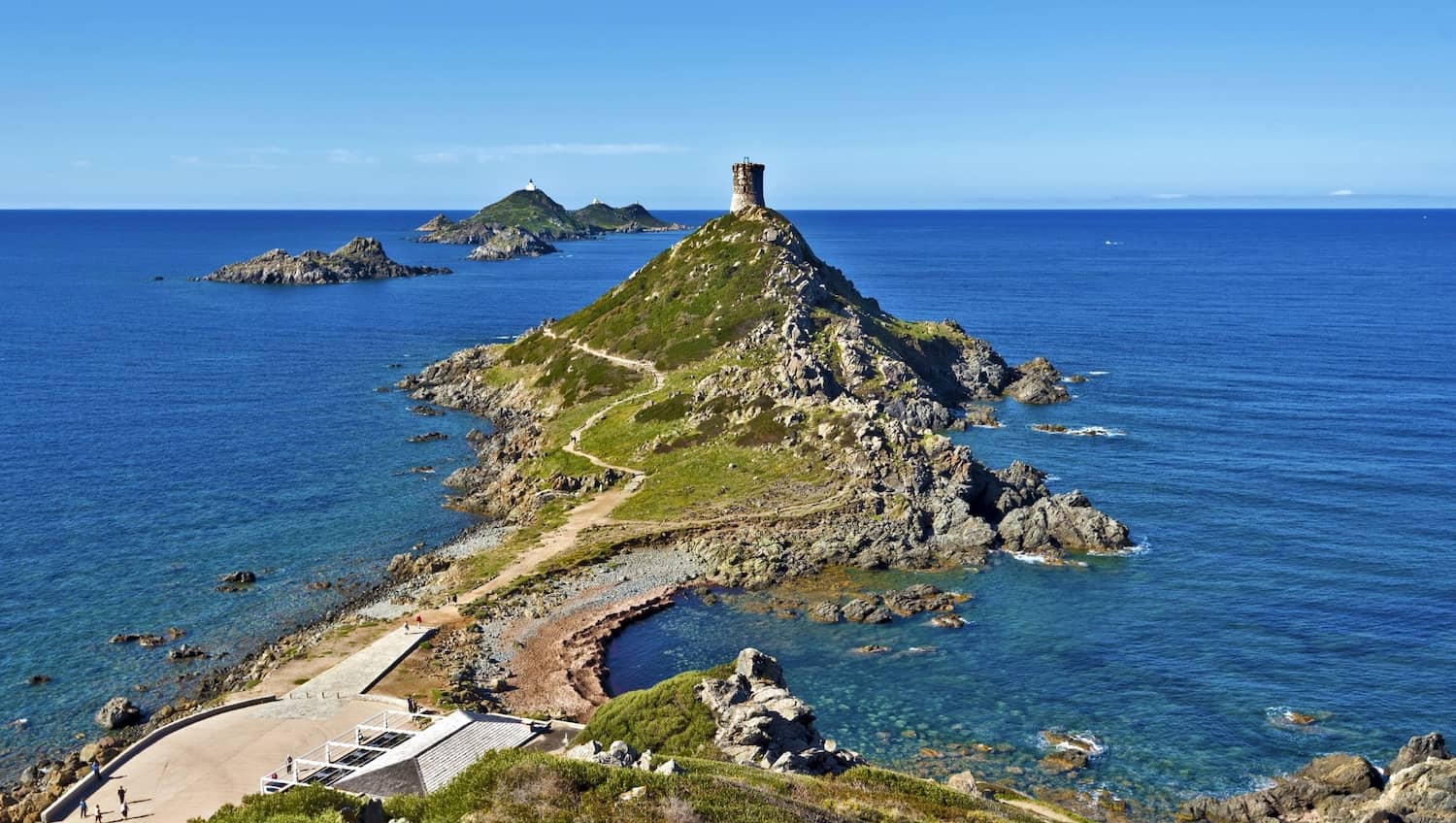
Best photography spots in and around Ajaccio:
- Parata Peninsula (sunset views of Sanguinaires Islands)
- Place d’Austerlitz (panoramic city views)
- Citadel walls (harbor and old town vistas)
- Tino Rossi Marina (yacht and mountain backdrop)
- Ricanto Beach (long-exposure opportunities at dawn)
- Market interior (authentic local character)
Citadel viewpoint. The area between the citadel and the sea offers excellent photography spots. I found the contrast between the ancient fortress walls and the modern marina particularly photogenic, especially during late afternoon when the stone glows warmly in the sunlight.
Arinella plateau. For those willing to venture slightly outside the city, this viewpoint above Ajaccio offers incredible panoramas. I could see the Sanguinaires Islands, Genoese towers, and the Gravona valley all from one spot – perfect for landscape photography enthusiasts.
4. Public Parks and Gardens
Jardins du Casone. This beautiful park surrounding Place d’Austerlitz quickly became my favorite green space in Ajaccio. The shaded pathways lined with palm trees and exotic plants offer a cool retreat from summer heat. The gardens are completely free to enter and provide perfect picnic spots.
Bois des Anglais. This lesser-known woodland area on the outskirts of Ajaccio offers peaceful walking trails through native Corsican vegetation. I enjoyed the quiet atmosphere and opportunities to spot local birds and wildlife without spending a cent.
Ajaccio’s best green spaces:
- Jardins du Casone (historic gardens with Napoleon connections)
- Bois des Anglais (natural woodland with walking trails)
- Place Miot gardens (waterfront park with children’s area)
- Place Foch (central square with palm trees and benches)
- Parc Berthault (larger park in the northern suburbs)
- Milelli estate (historic Bonaparte family property, limited opening)
Place Foch. This central square with its palm trees and benches functions as an urban park. I joined locals relaxing here in the evenings, enjoying the atmosphere around Napoleon’s statue without needing to spend money at the surrounding cafés.
5. Cultural Events and Exhibitions
Free festivals. Throughout the year, Ajaccio hosts numerous free cultural events. I was lucky to catch the Napoleonic Days celebrations in August, with costumed reenactments, military parades, and historical demonstrations throughout the city center – all completely free to watch.
Public concerts. During summer months, Place Foch and other public spaces regularly host free evening concerts. I enjoyed everything from traditional Corsican polyphonic singing to contemporary jazz performances while sitting under the stars.
Annual free events calendar:
- March: Madunuccia religious procession (19th)
- May: European Night of Museums (free museum entry)
- June: Fête de la Musique (street performances, June 21)
- July-August: Evening markets and outdoor concerts
- August: Napoleon Days (mid-month)
- September: European Heritage Days (free monument access)
- December: Christmas market and festivities
Art displays. The city frequently features outdoor art exhibitions along the marina walkway and in public squares. I discovered local artists’ works displayed in the open air, creating an accessible gallery experience without admission fees.
Religious celebrations. Ajaccio’s calendar includes several traditional religious festivals open to all. The Madunuccia procession in March offers visitors a glimpse into authentic Corsican traditions with prayers and a colorful procession through the streets.
Seasonal markets. Beyond regular food markets, Ajaccio hosts special event markets throughout the year. The Friday night markets in July and August feature local crafts and entertainment, while December brings a charming Christmas craft market – perfect for browsing even if you don’t purchase.
Seasonal Activities in Ajaccio
1. Summer Beach Festivals (June-August)
Vibrant celebrations. Summer in Ajaccio brings a wealth of beach festivals and cultural events that showcase the island’s rich heritage. The Jazz in Aiacciu Festival, held in the last week of June (25-29 June) at the Casone theatre, features top jazz performers including Camilla George, Léon Phal, and Goran Bregovic.
Music extravaganza. The popular Aio Festival attracts well-known French and international singers to the Casone Theatre. This year’s lineup includes Matt Pokora (July 28), Bigflo & Oli (July 30), and Sting (August 1). These concerts offer a perfect evening activity after a day of exploring the imperial city.
Traditional performances. For those interested in authentic local music, Corsican polyphonic singing performances take place throughout summer. The group Passione performs on June 9, 16, 26, July 7 and 21, August 4, 11, 18, 30, and September 8, 15, 20, 29, offering visitors a chance to experience this unique vocal tradition.
Evening markets. The Friday night markets in July and August feature local crafts, entertainment, and food stalls. These lively gatherings along the marina provide a perfect opportunity to purchase souvenirs while enjoying the Mediterranean atmosphere as the sun sets over La Parata.
2. Napoleon Days Celebrations (August 15)
Birthday commemoration. August 15 marks the birth of Napoleon Bonaparte, and his hometown celebrates with elaborate festivities. The Napoleon Days feature historical reenactments, military parades, and interactive demonstrations throughout the city center – all completely free to watch.
Historical immersion. During these celebrations, actors in period costumes recreate scenes from the French Emperor’s life, offering visitors a glimpse into the past. The procession typically begins at the Cathedral where Napoleon was baptized and continues through the streets of the imperial city.
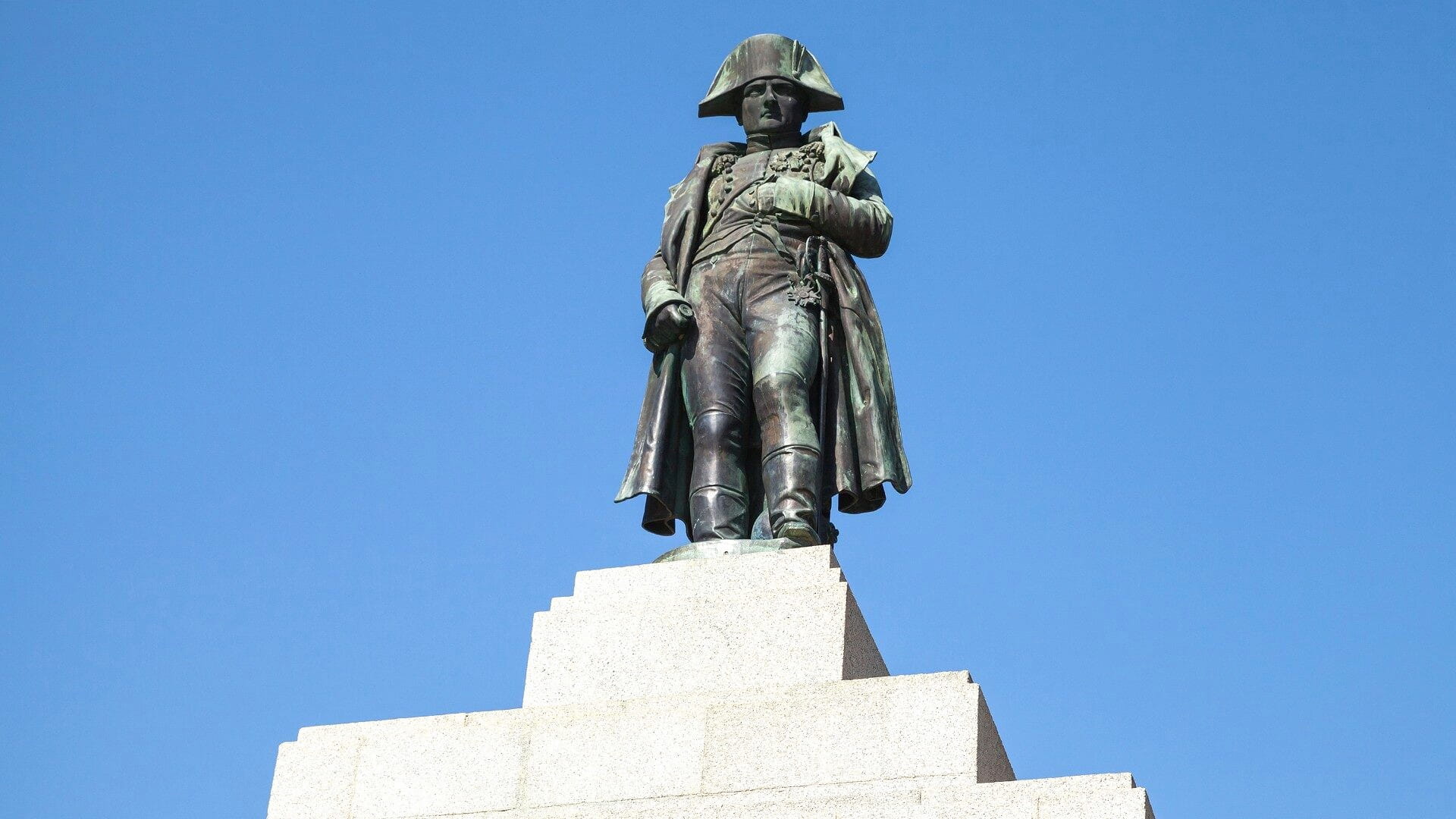
Family activities. The celebrations include special events for children, such as costume sessions where they can dress in period clothing and learn about life during Napoleon’s time. These educational activities make history accessible and engaging for young visitors to the imperial family’s hometown.
Evening spectacle. The day culminates with an impressive fireworks display over the harbor, visible from many viewpoints around the city. I found the area near the port of Ajaccio offers particularly amazing views of this colorful tribute to the city’s most famous son.
Cultural significance. These celebrations provide insight into Napoleon Bonaparte’s enduring influence on the island’s identity. Local guides offer special tours during this period, explaining the connections between the imperial family and various landmarks throughout the city.
3. Spring Hiking Season (April-May)
Perfect conditions. Spring offers ideal hiking weather with mild temperatures averaging 22°C. The light enhances the contrasts between snow-capped mountains, green vegetation, and turquoise waters, creating spectacular scenery for nature lovers and photographers.
Blooming landscape. April and May reveal an explosion of wildflowers and aromatic plants along hiking trails. The maquis flourishes with cistus, sweet chestnuts, olive trees, fig trees, orange trees, brooms, mimosa, lavender, and myrtle – the source of a famous local liqueur.
Crowd-free trails. One major advantage of visiting during spring is avoiding summer crowds while enjoying optimal weather conditions. Hiking paths are relatively empty, allowing for a more peaceful communion with nature and better opportunities to spot wildlife.
Recommended routes. For an easily accessible hike from the center of Ajaccio, I suggest the coastal path toward La Parata, offering marvelous views of the sea. More adventurous hikers might explore the trails in the nearby mountains, where crystal-clear streams create natural swimming pools.
Practical information. The tourist office provides detailed maps of hiking routes suitable for different fitness levels. I recommend wearing layers, as mountain temperatures can change quickly, and carrying plenty of water even during spring months.
4. Autumn Wine Harvest Events (September-October)
Harvest celebrations. Autumn brings a feast for the senses as the wine harvest season kicks off. The Montescudaio DOC Wine Festival (October 5-6) in nearby Tuscany attracts wine enthusiasts from across the region, offering tastings, traditional dishes, and live music performances.
Local wine experiences. Near Ajaccio, several vineyards open their doors for special harvest events. Visitors can participate in grape picking, learn about traditional wine-making methods, and sample this year’s production alongside aged vintages – a perfect activity for oenophiles.
Gastronomic delights. These autumn festivals pair wine tastings with seasonal cuisine featuring fresh local ingredients. I enjoyed sampling chestnut-based dishes, wild mushrooms, and game meats that perfectly complement the robust island wines.
Natural beauty. The autumn landscape around Ajaccio transforms with vibrant hues of red, gold, and orange. Wine tours through the countryside offer not just tastings but also spectacular scenery as vineyards change color and the summer crowds disperse.
Cultural immersion. Wine harvest events provide insight into agricultural traditions that have shaped the island’s culture for centuries. Many include demonstrations of traditional pressing methods and explanations of the unique terroir that influences the distinctive character of local wines.
5. Winter Cultural Programs (December-February)
Film festivals. The cultural calendar continues through winter with events like the Festivale di u Filmu Talianu (Italian Film Festival) in early November. Running since 1998, this festival includes screenings, meetings with filmmakers, and competitions – perfect for cinema enthusiasts visiting the imperial city.
Saint Vincent’s Day. On January 22, Ajaccio celebrates Saint Vincent’s Day, commemorating winegrowers and marking the start of the pruning season. This beautiful tradition dates back to the Middle Ages and includes a mass at the Cathedral, followed by a procession, tastings, and musical entertainment.
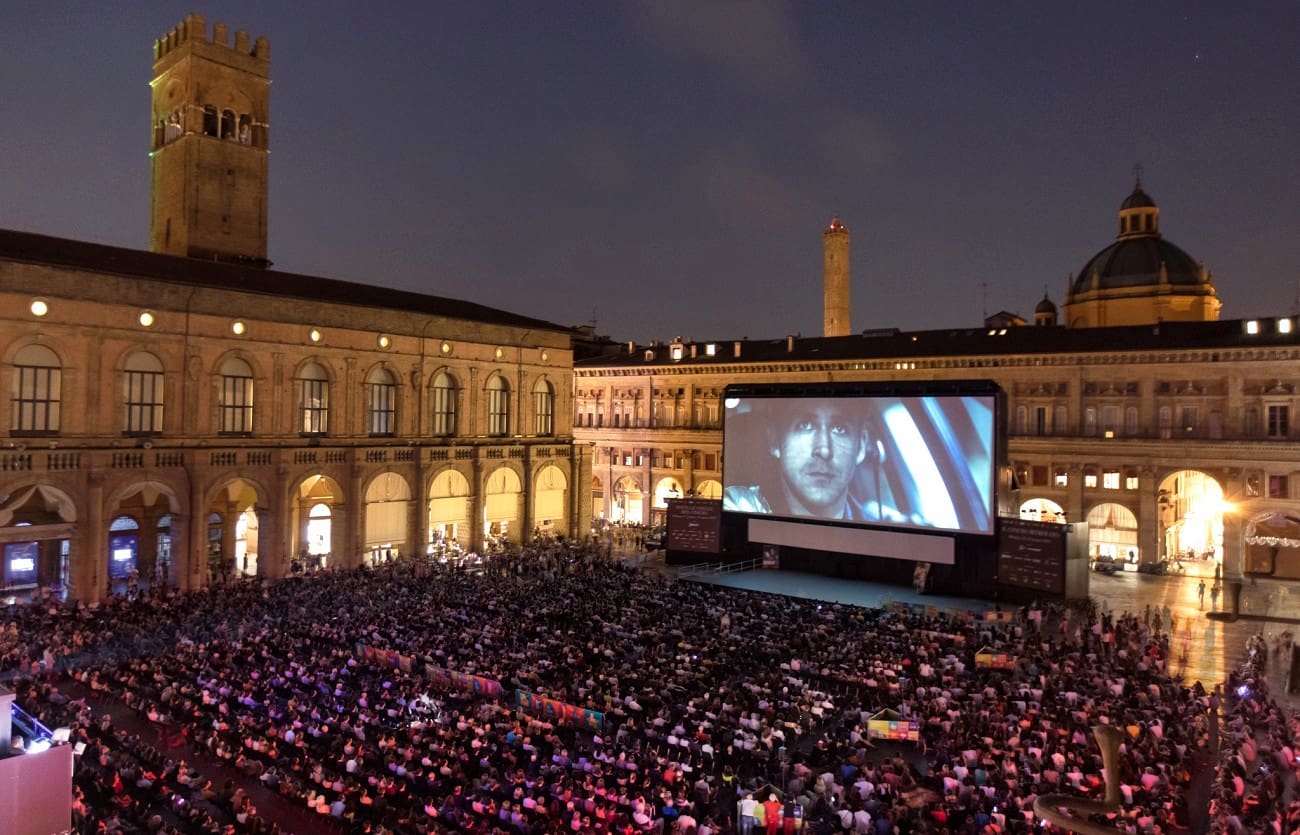
Winter warmth. Even in winter, Ajaccio enjoys a mild Mediterranean climate, making it pleasant to visit the imperial family’s hometown when other European destinations are freezing. February temperatures average 13°C, perfect for exploring cultural sites without summer crowds.
Budget-friendly visit. Winter offers the best value for travelers, with significantly lower accommodation prices and fewer tourists. Many attractions remain open year-round, and the reduced visitor numbers mean more authentic interactions with locals and a more relaxed time to visit the birthplace of the French Emperor.
Day Trips from Ajaccio
1. Porticcio and Gulf of Ajaccio Beaches
Seaside escape. Just across the water from the center of Ajaccio lies Porticcio, home to some of the most beautiful beaches near the imperial city. A short 20-minute drive or ferry ride transports you to this resort area with its expansive sandy shores and crystal-clear waters.
Ferry connection. Regular boat services operate between the port of Ajaccio and Porticcio during summer months (€12 round-trip), offering magnificent views of the coastline and mountains. This scenic journey adds an enjoyable maritime element to your beach day itinerary.
Beach variety. Porticcio features several distinct beaches catering to different preferences. Agosta beach offers water sports and equipment rentals, while Ruppione provides a more natural setting with fewer facilities but greater tranquility – perfect for those seeking to escape the busier spots.
Dining options. The waterfront restaurants in Porticcio serve excellent seafood with views across the water toward Ajaccio. I enjoyed a memorable lunch of fresh fish caught that morning, paired with local wine, while gazing at the mountains behind the imperial city.
Practical tip. If traveling by car, arrive early (before 10am) during July and August to secure parking near the most popular beaches. Alternatively, the less-visited coves toward the southern end of the gulf offer more space even during peak season.
⭐ Best Activities
- Ajaccio/Porticcio: Sanguinaires Islands Sunset Tour&Aperitif – Enjoy a magical evening cruise to the Sanguinaires Islands while watching the sunset paint the sky in vibrant colors, complemented by a delicious aperitif featuring local Corsican specialties.
2. Mountain Villages of Central Corsica
Alpine charm. A day trip from the birthplace of Napoleon Bonaparte to the mountain villages reveals a completely different aspect of the island. Picturesque communities cling to hillsides, offering visitors glimpses into traditional rural life and spectacular mountain panoramas.
Evisa highlight. The beautiful village of Evisa, surrounded by wooded hills (mainly chestnut) and mountains, offers breathtaking views toward the red cliffs in the distance. This charming settlement is famous for its chestnut products – be sure to taste a traditional dish featuring this local staple.
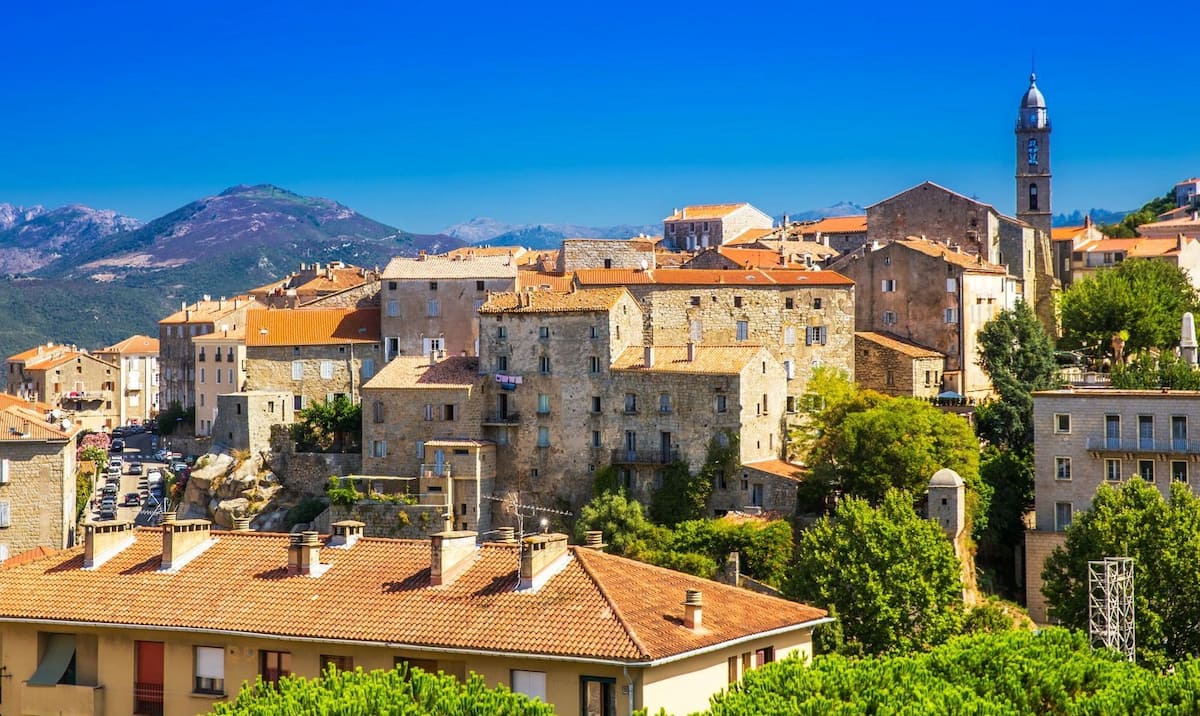
Cultural immersion. These mountain communities maintain centuries-old traditions, from food production to craftsmanship. I was fascinated by demonstrations of traditional techniques for making cheese, charcuterie, and chestnut flour – staples of mountain cuisine.
Scenic drives. The journey itself is part of the experience, with winding roads offering magnificent views at every turn. Rent a car for maximum flexibility, allowing stops at viewpoints and hidden villages not served by public transportation.
Hiking opportunities. Many mountain villages serve as starting points for excellent hiking trails. Even a short walk from a village center can lead to spectacular vistas, ancient shepherds’ paths, and refreshing mountain streams – perfect for cooling off during summer months.
3. Bonifacio Cliffs and Old Town
Southern marvel. At the southern tip of the island lies Bonifacio, perhaps the most dramatically situated town in the Mediterranean. Perched atop 70-meter white limestone cliffs, this medieval fortress town offers an unforgettable day trip from the center of the city.
Medieval treasure. Founded in 830, the island’s oldest town boasts a striking 9th-century Citadel sheltering a historic center with winding cobbled streets, lively squares, and medieval monuments. Walking through the narrow passages feels like stepping back in time.
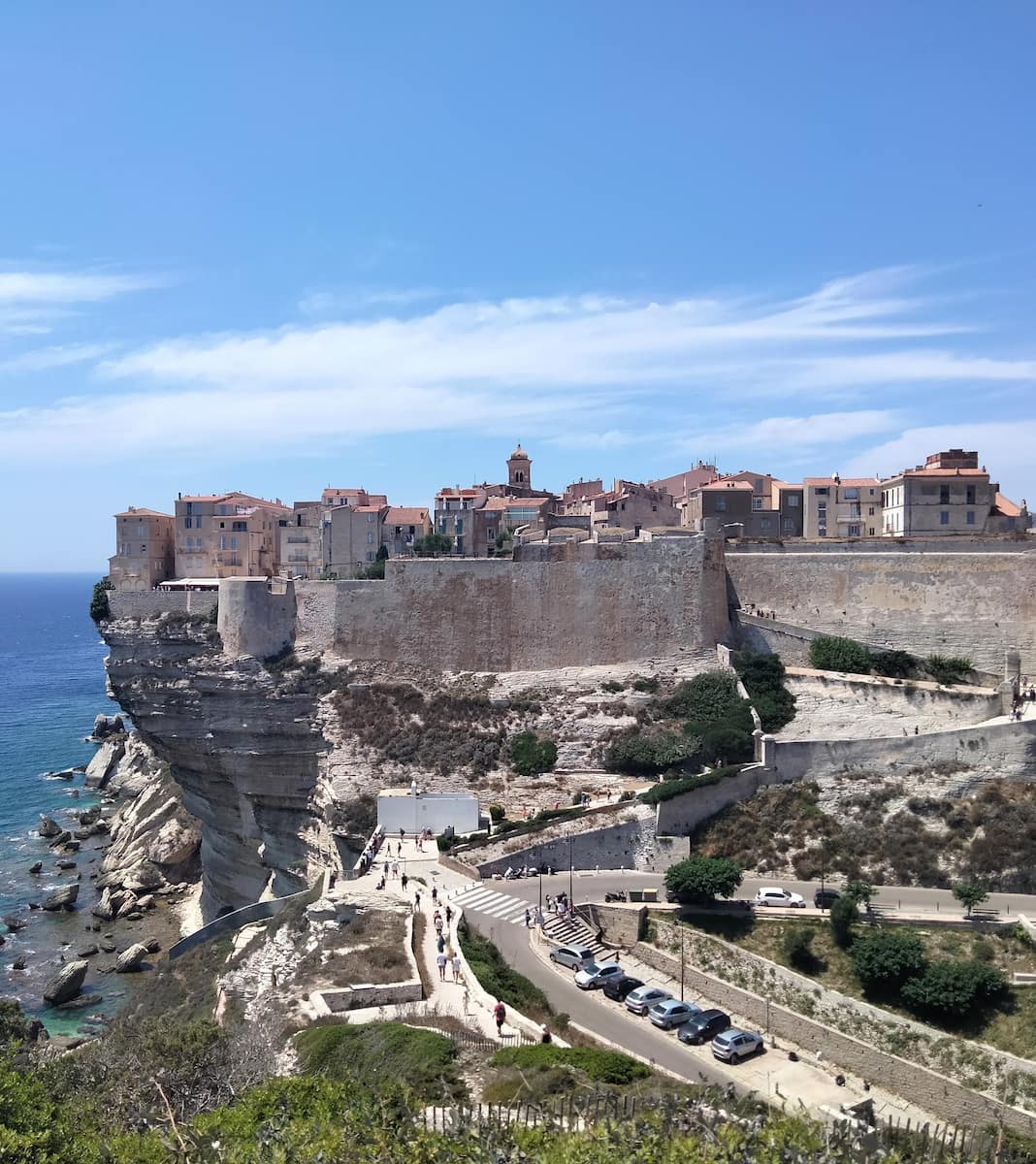
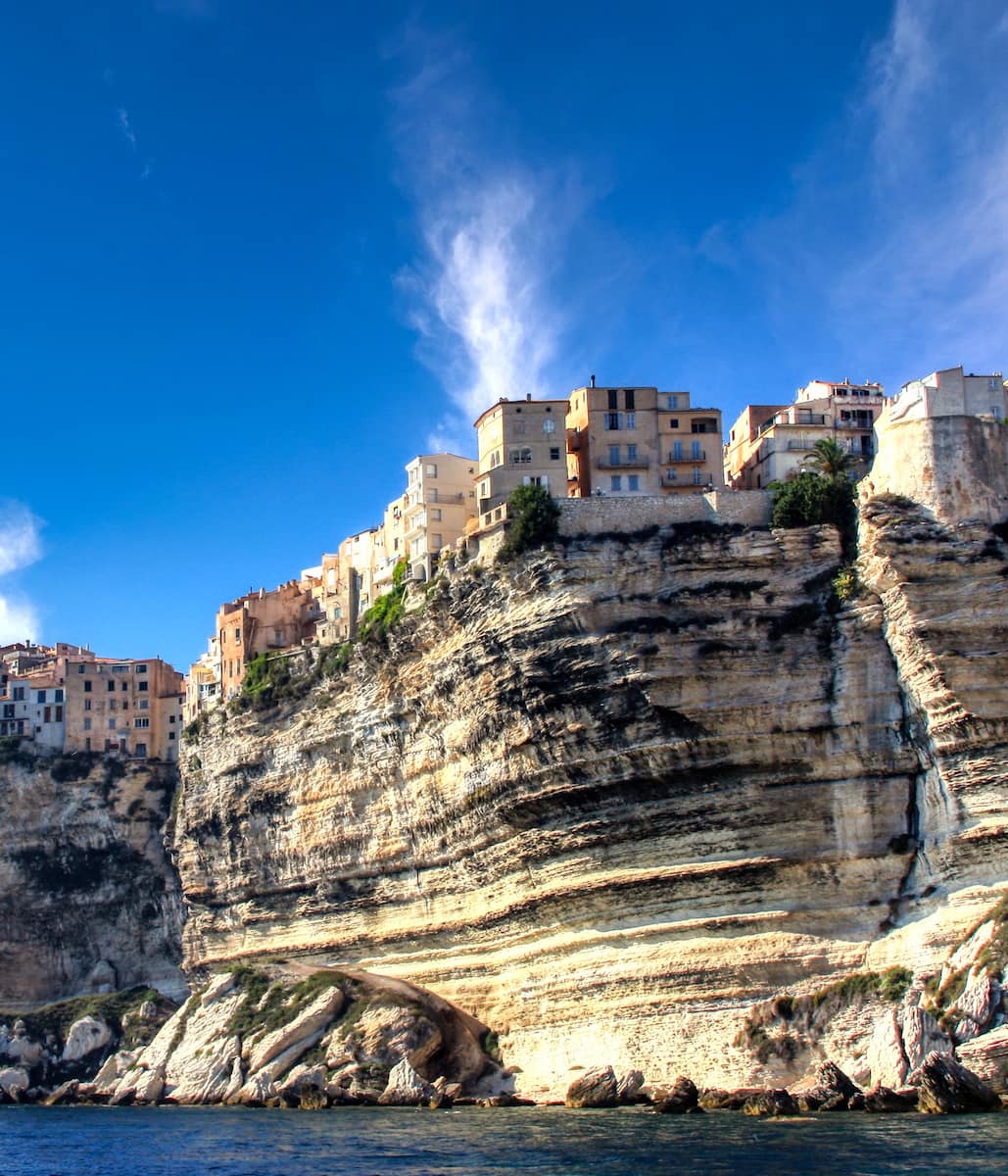
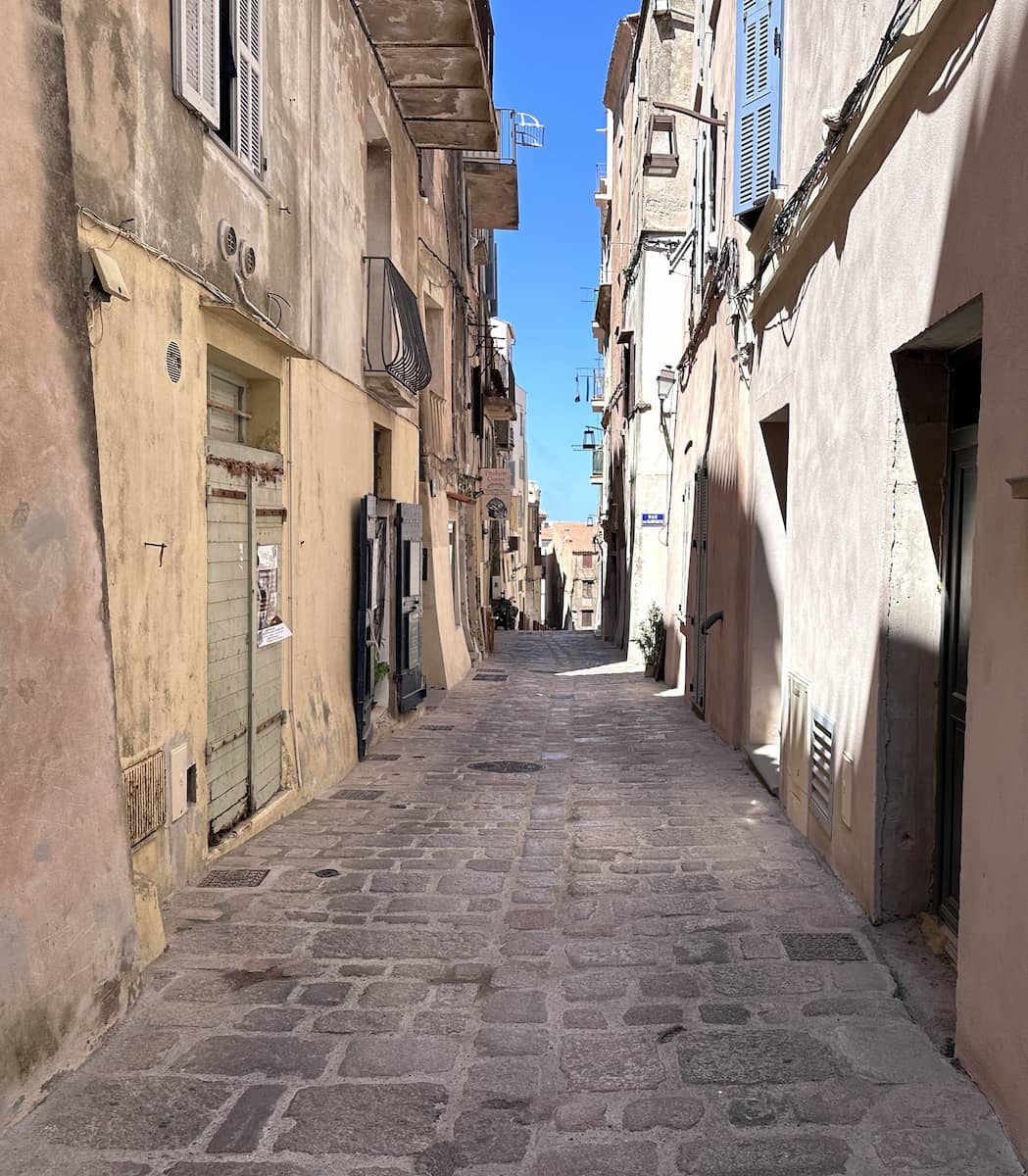
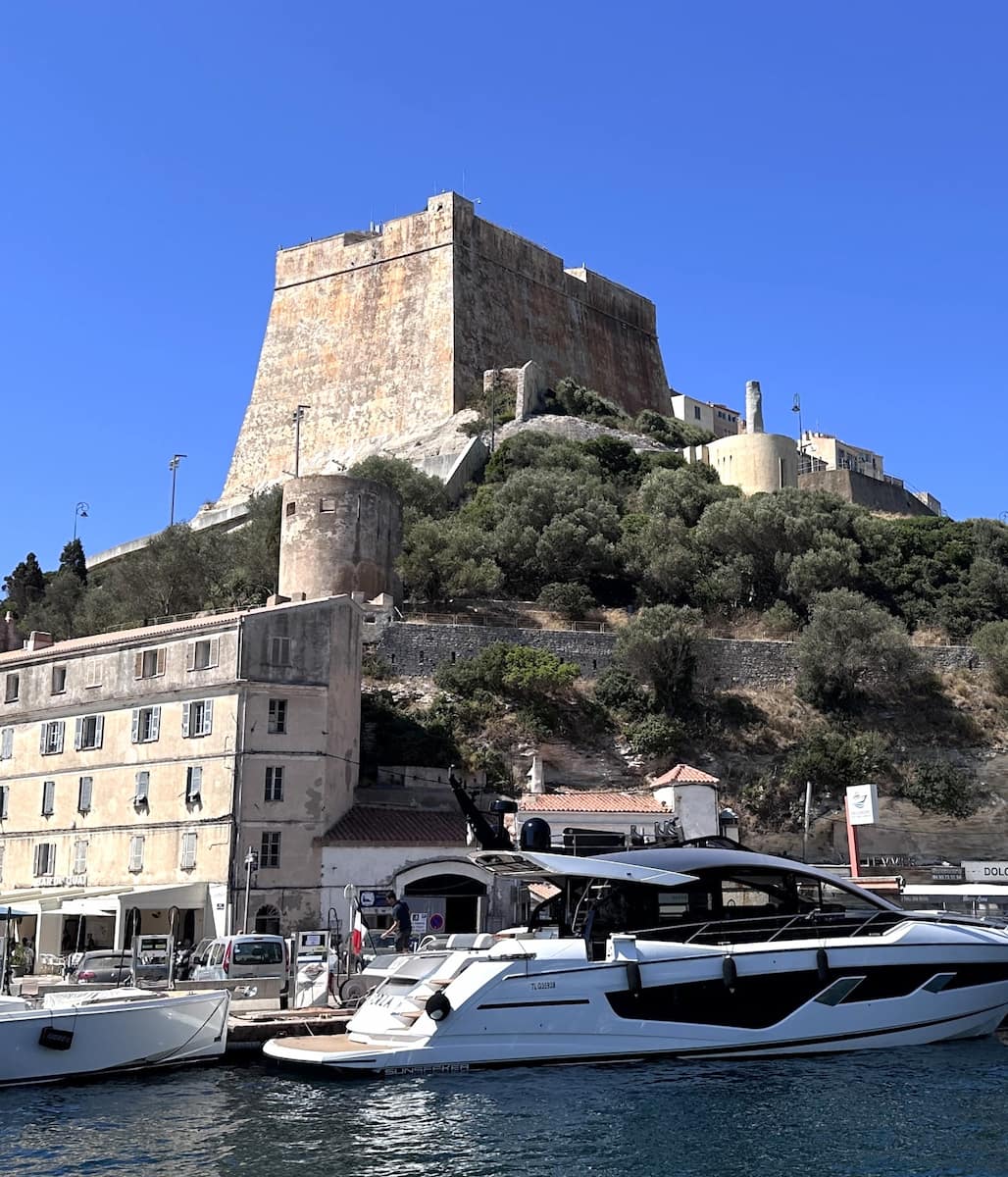
Boat excursion. For a truly memorable experience, take a 1.5-hour sea tour of Bonifacio (€30-40). These trips provide stunning views of the town perched on the cliffs, access to sea caves, and opportunities for swimming in crystal-clear waters – offering a completely different perspective of this remarkable site.
Natural beauty. The coastline around Bonifacio features some of the most beautiful beaches and coves on the island. A short hike from the town leads to Capo Pertusato with its lighthouse, where Saint-Antoine beach offers a refreshing swim in translucent waters.
Practical advice. The drive from the birthplace of the French Emperor to Bonifacio takes about 2.5 hours each way, making for a long but rewarding day. Alternatively, organized tours operate from the port of Ajaccio, combining transportation with guided exploration of this magnificent natural site.
⭐ Best Activities
- Corsica: Bonifacio Boat Tour – Take a scenic boat tour to the spectacular town of Bonifacio, perched dramatically on limestone cliffs, where you’ll explore sea caves, hidden coves, and enjoy breathtaking views of this unique Corsican destination.
4. Porto and Calanques de Piana
UNESCO treasure. The Calanques de Piana, a UNESCO World Heritage site since 1983, feature dramatic red granite formations plunging into turquoise waters. This natural site offers some of the most spectacular scenery in the Mediterranean, easily accessible on a day trip from the imperial city.
Boat exploration. The most impressive way to experience the Calanques is by boat from Porto-Ota. A 3-hour excursion (€70) combines the Calanques with the Scandola Nature Reserve and the isolated village of Girolata, accessible only by sea. From Ajaccio, full-day boat trips (8 hours) are available for those without a car.
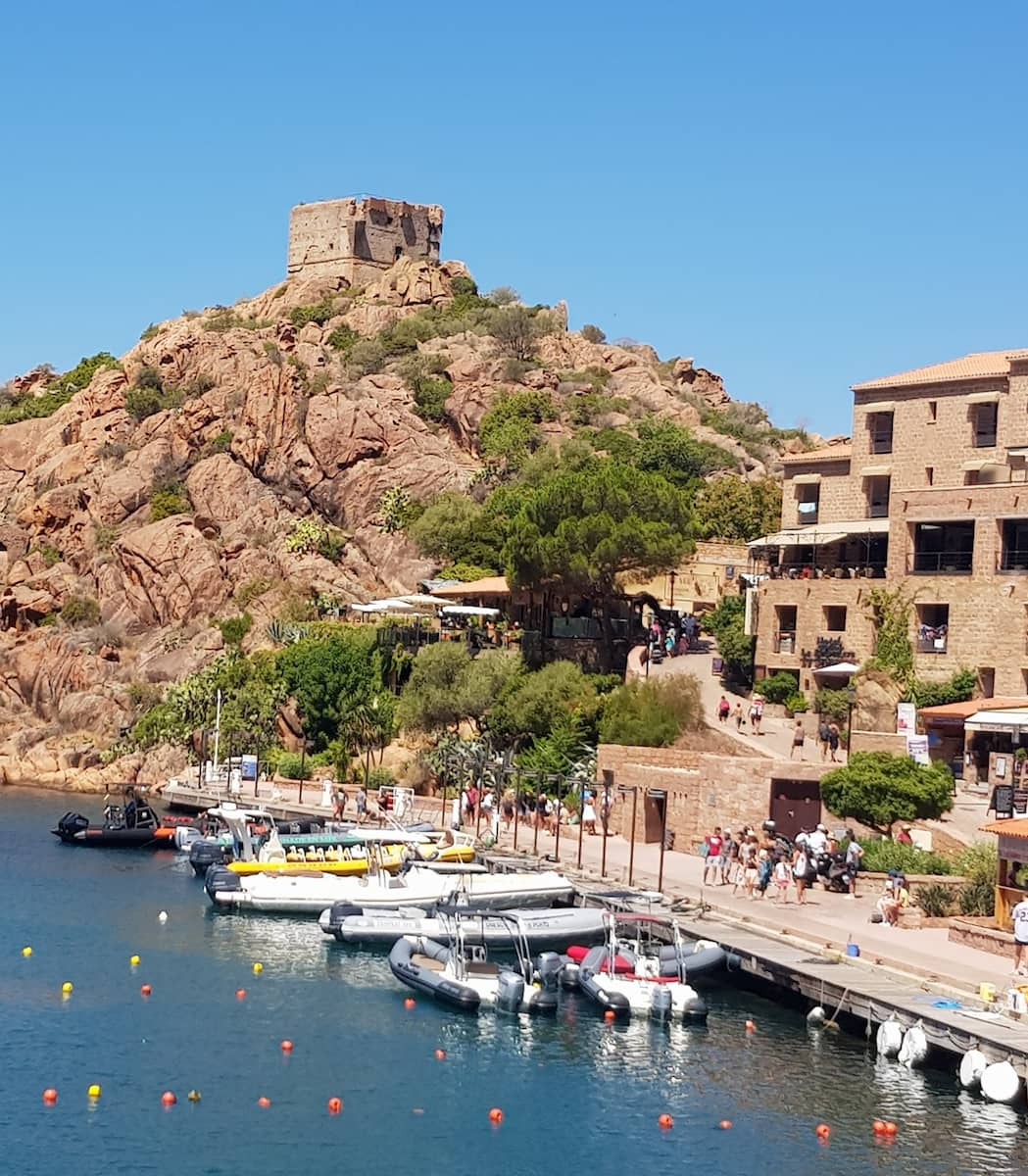
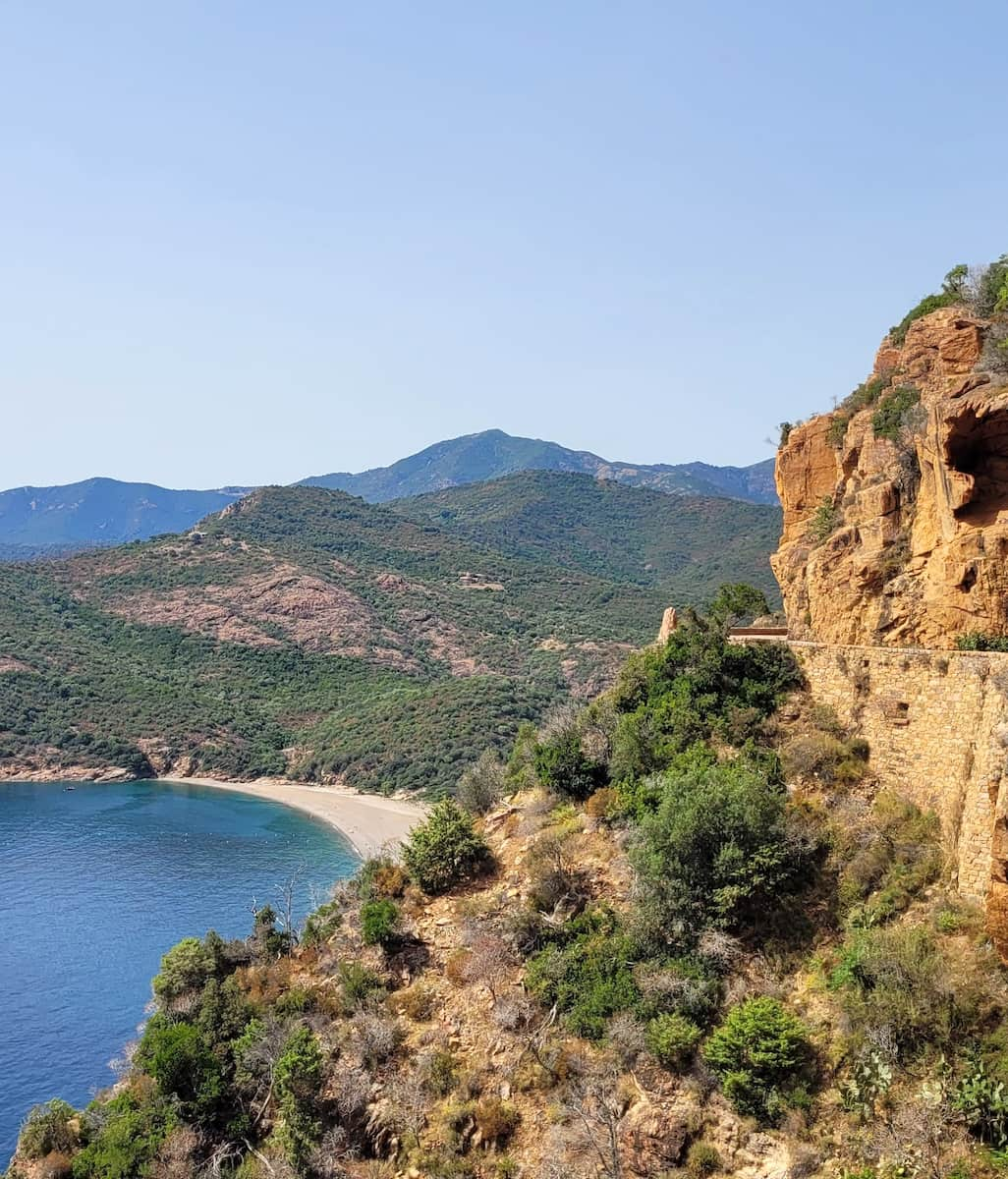
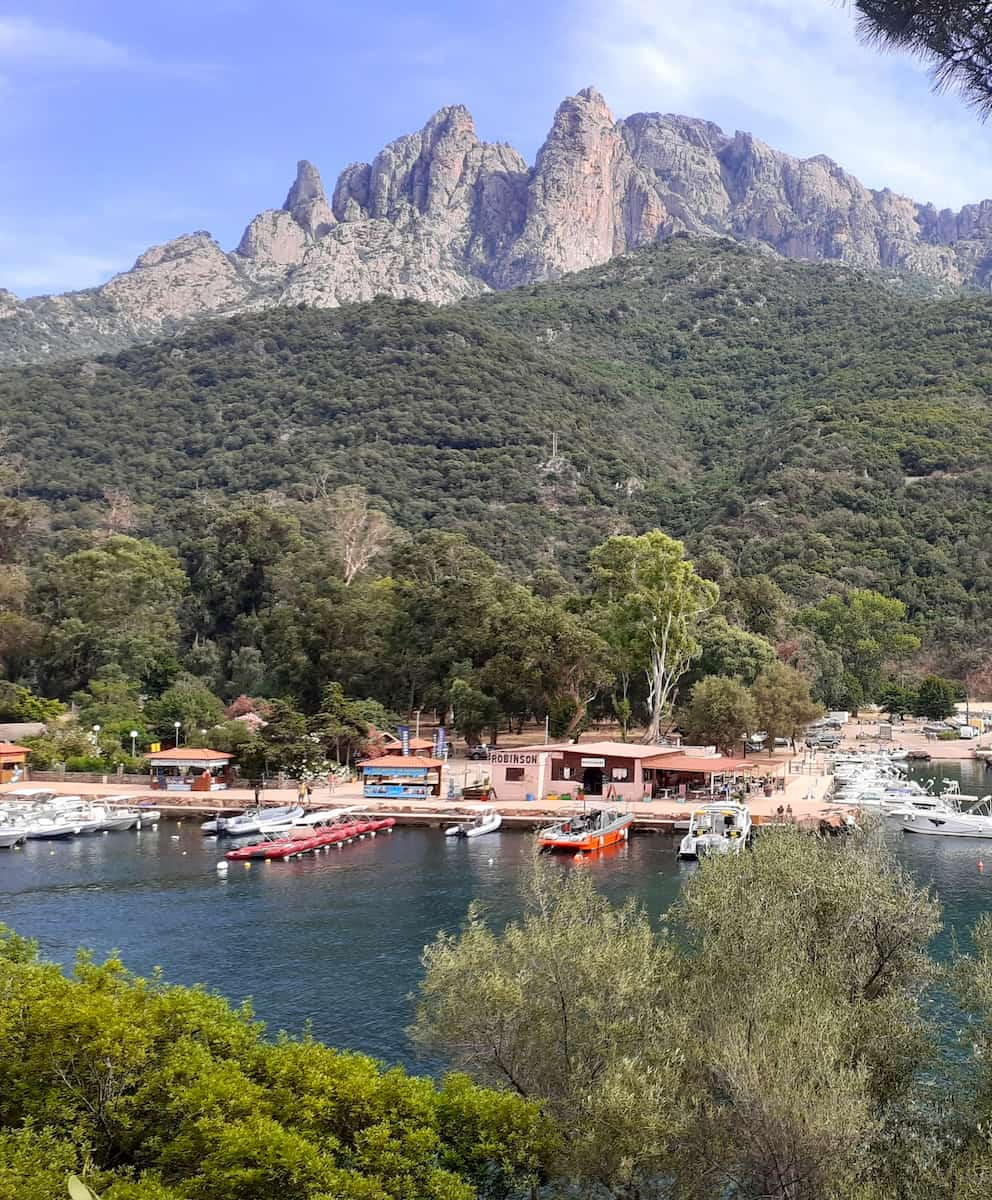
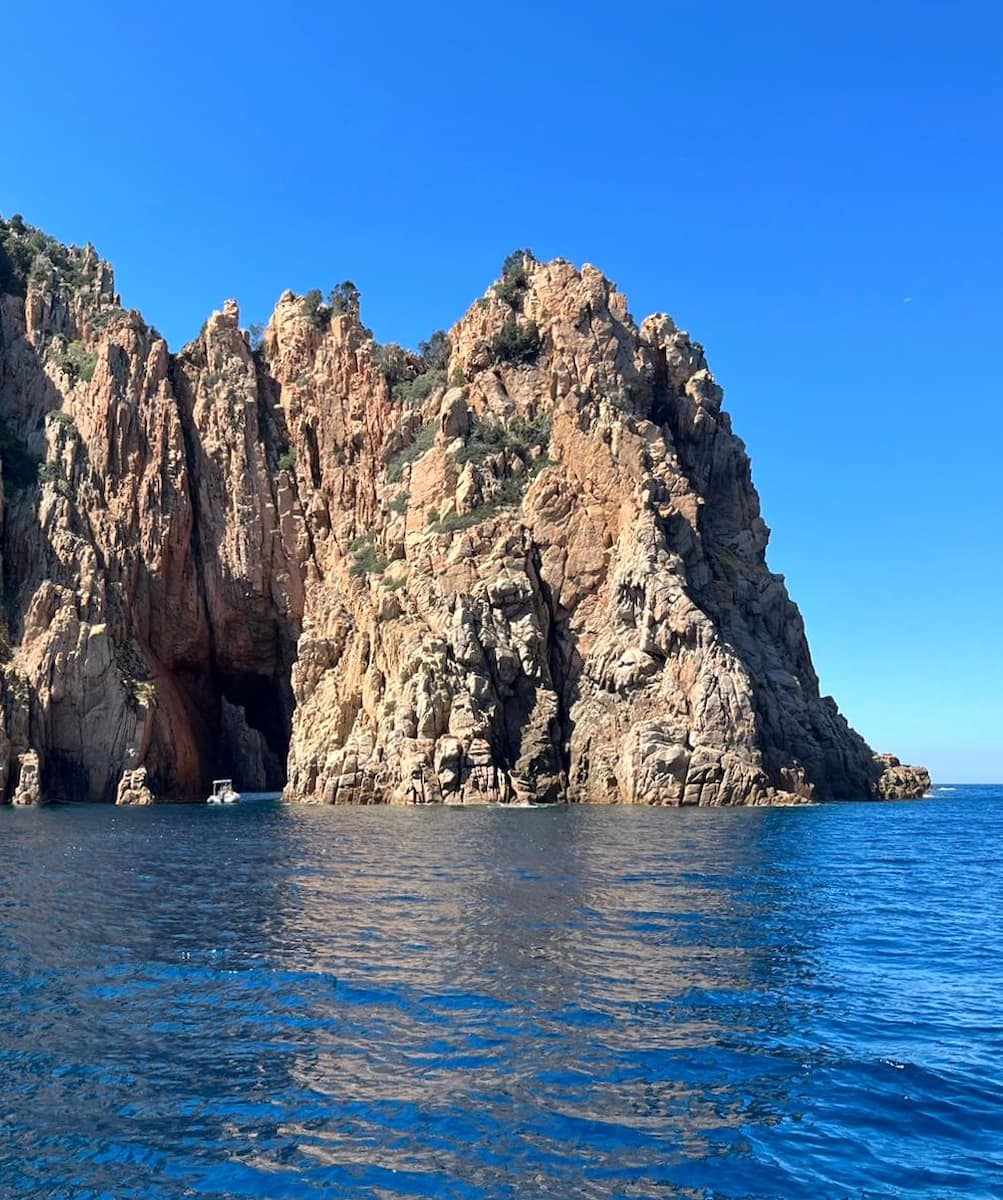
Scenic drive. If you rent a car, the coastal road to Porto offers breathtaking views around every bend. The red granite formations against the blue sea create a photographer’s paradise, with numerous pullouts allowing stops at the most scenic viewpoints.
Village charm. The small town of Porto provides an excellent base for exploring the area, with its picturesque marina and selection of restaurants serving fresh seafood. Nearby Piana village, built from the same red granite as the surrounding cliffs, merits a visit for its authentic atmosphere.
Hiking options. For active visitors, several marked trails allow exploration of the Calanques on foot. The path from Piana to Porto offers magnificent views of the rock formations and sea, though it requires good fitness and proper hiking footwear.
⭐ Best Activities
- Ajaccio/Porticcio: Scandola Nature Reserve Guided Boat Tour – Discover the UNESCO-protected Scandola Nature Reserve on this guided boat tour that showcases dramatic red rock formations, diverse marine life, and some of Corsica’s most pristine natural landscapes.
5. Corte and Corsican Highlands
Mountain capital. Corte, the historic highland capital, sits dramatically beneath towering mountains with an impressive citadel perched on a rocky outcrop. This university town offers a perfect day trip from the birthplace of Napoleon Bonaparte, accessible by car or the scenic railway.
Railway journey. The narrow-gauge railway connecting the port of Ajaccio to Corte provides one of Europe’s most spectacular train journeys. The historic line conquers challenging terrain via tunnels and bridges, climbing from sea level to 900 meters with constantly changing panoramas.
Twin gorges. Corte is located between two stunning gorges – Tavignano and Restonica. In the Tavignano gorge, a hiking route follows an ancient mule track once used by shepherds. Steep cliffs rise above the rushing river, with countless natural pools inviting visitors for a cooling swim.
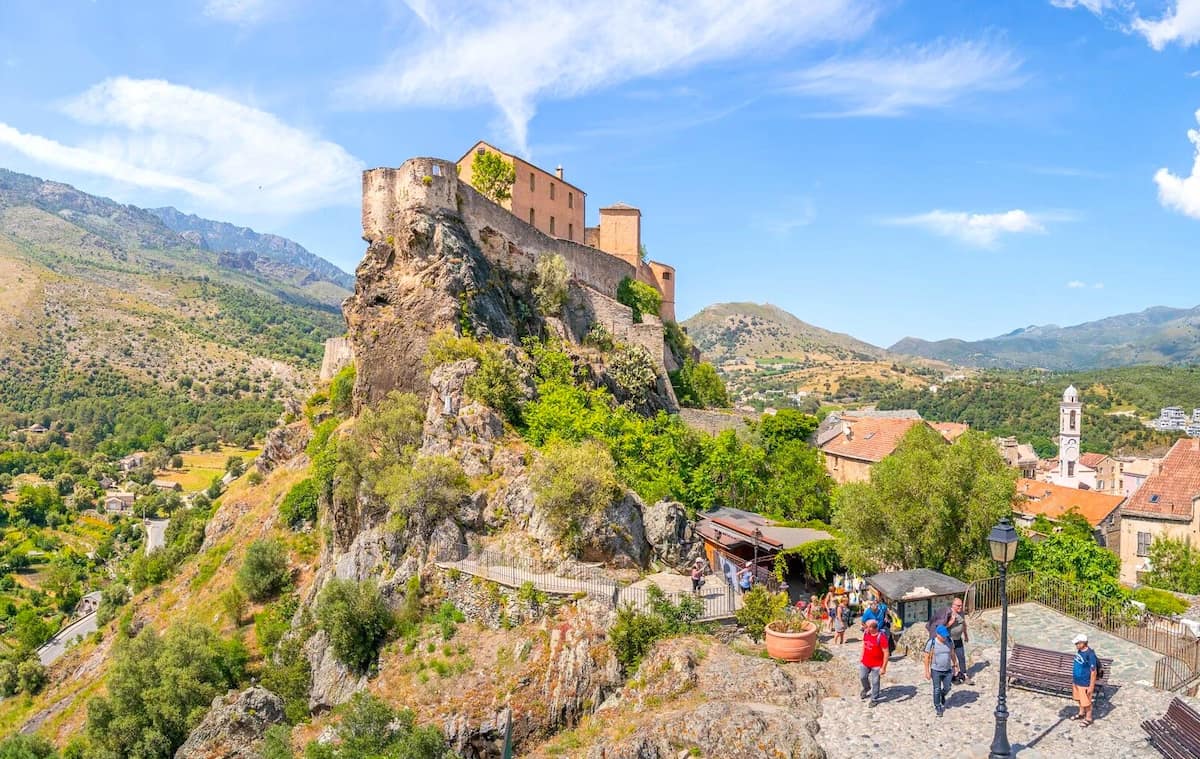
Cultural significance. As the former capital of the independent republic, Corte holds special importance in the island’s history. The Museum of Corsica, housed within the citadel, provides fascinating insights into the cultural heritage and independence movements that shaped the island’s identity.
Nature immersion. The highlands around Corte offer some of the most pristine natural environments on the island. Lac de Nino, a mountain lake accessible by hiking trail, represents “a true natural treasure in the middle of the mountains” according to local guides.
Practical tip. If traveling by train, sit on the right side when leaving the center of Ajaccio for the best views of valleys and mountains. The morning departure offers the clearest mountain vistas before afternoon clouds gather over the highlands.
FAQ❔
What are must-see attractions departing from Ajaccio?
The Pointe de la Parata with its view of the Sanguinaires Islands is absolutely essential for any trip to Corsica. Other unmissable sites include the birthplace of French Emperor Napoleon Bonaparte, the Fesch Museum, and the stunning beaches along the coast of Corsica.
How many days for a complete Ajaccio itinerary?
A minimum of three days allows you to discover Ajaccio and the surrounding area comfortably. This gives you enough time to see in Ajaccio itself, take a boat in Ajaccio harbor to view coastal highlights, and explore nearby natural wonders that make southern Corsica so special.
Where to eat in Ajaccio for authentic cuisine?
The marina area and streets behind the port city offer excellent restaurants serving fresh seafood caught in the morning. For the most authentic experience, look for small family-run establishments where you’ll taste traditional dishes prepared with fresh fruit and vegetables from local markets.
Can I see La Parata without renting a car?
Bus #5 runs regularly from the center of town directly to Pointe de la Parata for just €2 each way. Alternatively, numerous tour companies in Ajaccio offer half-day excursions that include transportation and guided commentary about this remarkable site de France.
What boat tours depart from Ajaccio harbor?
Several companies operate daily cruises to the Sanguinaires Islands, with options ranging from 1-hour scenic tours to full-day excursions with swimming stops. Longer boat trips departing from Ajaccio also visit the Scandola Nature Reserve and Girolata village, offering some of Corsica’s best coastal views.
Is the Statue of Napoleon worth visiting?
Located in the main square, this impressive bronze monument depicts Napoleon as a Roman emperor rather than in military uniform. The area around the statue is perfect to stroll around while enjoying an ice cream, and it serves as an excellent meeting point when exploring the historic center of Ajaccio.
What things to do and see with children?
Family-friendly activities include the interactive NapoRama museum, boat trips to spot marine life, and the Jardins du Casone with its famous grotto. The beaches close to the city offer safe swimming for younger visitors, while adventure parks in the surrounding mountains provide excitement for older children.
What can I buy at markets near Ajaccio?
The covered market is open every day (except Mondays in winter) from 7am-1pm, offering an authentic shopping experience. Here you can buy fresh fruit and vegetables, local cheeses, honey, olive oil, and charcuterie that belongs to the traditional cuisine of the island.
Are there good hiking trails around Ajaccio?
The coastal path from town to Pointe de la Parata offers spectacular views and moderate difficulty suitable for most visitors. For more challenging hikes, the mountains north of Ajaccio feature well-marked trails through diverse landscapes, from Mediterranean maquis to alpine forests with breathtaking panoramas.
